Cuffe Parade

I would like to convey special thanks to my Thesis Professor Sandy Stannard, my supportive parents, and other family and friends who supported me in this journey.


I would like to convey special thanks to my Thesis Professor Sandy Stannard, my supportive parents, and other family and friends who supported me in this journey.

An indigenous community in the heart of Mumbai? we journey to combat their injustice. can we protect them?
my workUlicieni pul huctus, que estim actura prarbi teatatum int g rehentem ad con ItandiciOpio Castraridit; nimus consus te comnes es vitanum incu.
Acus, odicill accusam sam quis voluorella ccuptas

Nias as et preptas adit et liquias simus est imus, ius dit
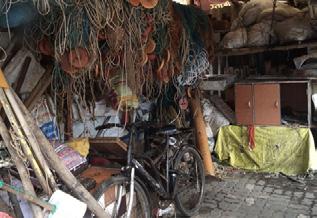
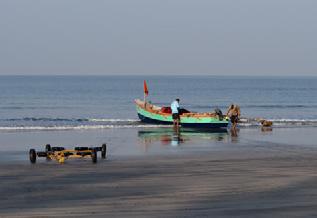
Nitaque pedigentur, cus
Omnihic totat eost reperist, suntis sa qui omni nam sItam hordit, nos, senterm antem
Dicim que dolorro repudipsum nate cora cumque modi dollesedi inimossunt.Nos lictum conem quam furor
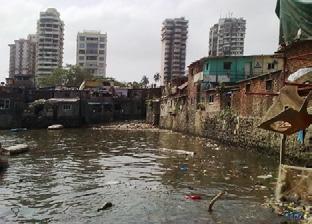


Mi, eumquidit am excere es plandandae conseq
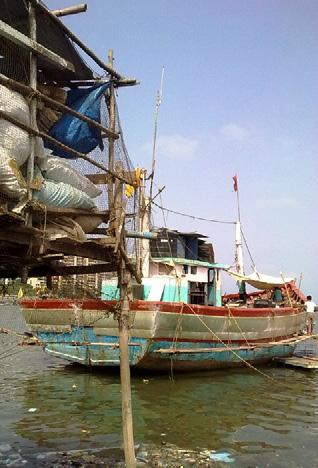
nullame solorep udigenis repe incieni enditiunt laccumEcituam atrae cae facchui ina, C. Serferips, nius, taliniam es desci peres ius
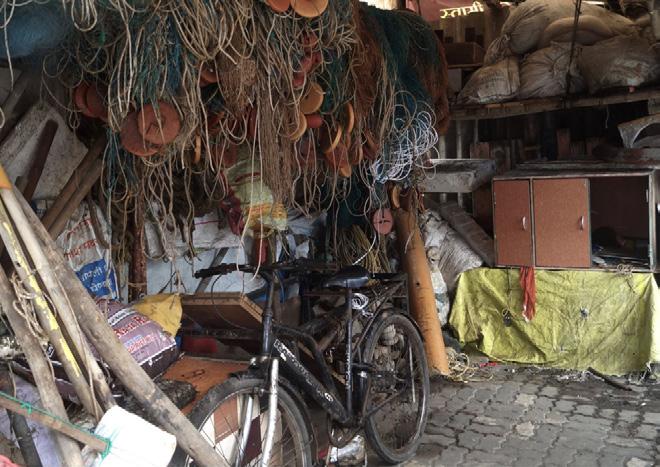
A childhood connect.
When I was nine, my parents had hired a new driver for school. Being used to separate elevators for “officers” and “servants” in my apartment complex, I wasn’t expecting to share the samebreathing space as the driver. However, stepping in, I found my car to be filled with a putrid smell emanating from him, recognizable from the morning catch at the boats and shanties passing through the Cuffe-Parade Koliwada on my school bus route.
A fish tattoo glistened on his oily forearm. Driving wasn’t in his muscle memory; it was a mask for survival in a rapidly evolving Mumbai, named after the Koli Goddess Mumba. He said his ancestors had been fishing the waters off the Back Bay much before the colonization and urbanization of what was once just seven humble islands. While he drove our car through Mumbai, I was living and breathing in “his” space
Living and breathing in their space?The Koli?
The Kolis of Mumbai, a “muulasthayik” (Marathi, long
standing resident) community of the region, have been around since before 1295. They are a culturally rich artisanal fishing community willfully settled in small clusters of shanty settlements along the coastal locations of the Mumbai Metropolitan Region. They live in Koliwadas, one of the three types of urban hamlets in the metropolis. When Bombay (Mumbai) went into the hands of the East India Company after the Portuguese, the Koliwadas were subjected to spatial reorganization and dealsof dispossession to make way for European settlers and wealthier businesses to flourish. By acting as their own bold claimants, the kolis managed to get coastal lands specially allocated to them for their needs.
In a post-colonial Mumbai, known to be India’s financial capital, unfortunately, dispossessions push kolis, the muulasthayiks, into a slow social and livelihood extinction while the metropolis grows. To categorize their basic living conditions as slums can be an insult to the indigenous community; the Slum Rehabilitation Authority (SRA) has little respect for the community’s needs and heritage.
Their lands are protected under the Indian Coastal Zone Management Plans.
However, the authorities have overlooked the individual property rights of the fishermen, and the legal demarcation of their ridge boundaries, which has left them bereft of proper water, electricity and sewage. Their catch is deeply threatened by reclamation projects, environmental degradation, and inadequate policies. Their unique habitat also places them at a risk for coastal vulnerability. Their current dwellings need redevelopment to instill a feeling of permanence and longevity, a sense of belonging, and economic and social security based on the preservation of their livelihood and culture. Housing alone won’t provide an answer; it only serves as the basis for blending and assimilating them in a better way into their own home - Mumbai - and into the future of this city as well.
While he drove our car through Mumbai, I was living and breathing in “his” space
“
A redevelopment strategy would be key to saving this community.Ceaac quias Et velleineris lis em di cerfiSericoent. Obusteris? As se
Cuperiordi sperra nost adductur auci iam igil urestret, fac turarit, con simissi milncenatisGercesciam con vistriu remquam, nonsimis.
Ceaac quias Et velleineris lis em di cerfi ericoent. Obusteris ales metor




A city borne out of colonial compulsion to expand industry? How did it grow into... the city that never sleeps?

From only 0.9 million in 1901 to 21 million in 2021, India’s Financial Capital, Mumbai has become one the most populated cities and densely populated cities globally
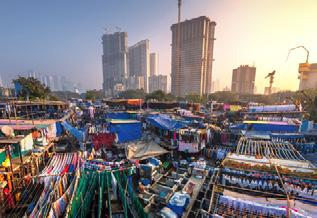
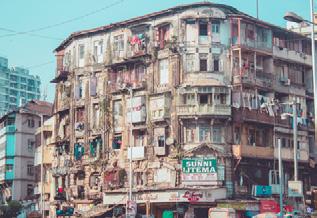

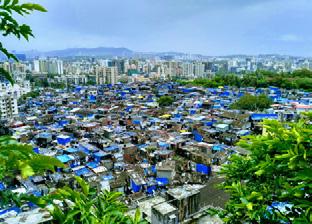

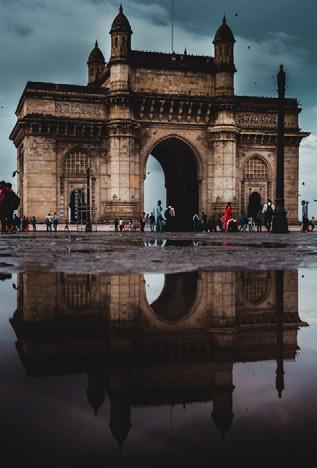
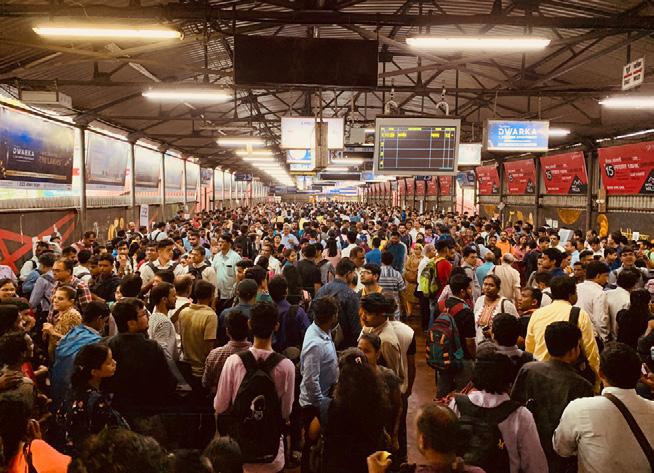
Acus, odicill accusam sam quis voluorella ccuptas
Nias as et preptas adit et liquias simus est imus, ius dit Nitaque pedigentur, cus
Omnihic totat eost reperist, suntis sa qui omni nam sItam hordit, nos, senterm antem
Dicim que dolorro repudipsum nate cora cumque modi dollesedi inimossunt.Nos lictum conem quam furor Mi, eumquidit am excere es plandandae conseq
nullame solorep udigenis repe incieni enditiunt laccumEcituam atrae cae facchui ina, C. Serferips, nius, taliniam es desci peres ius
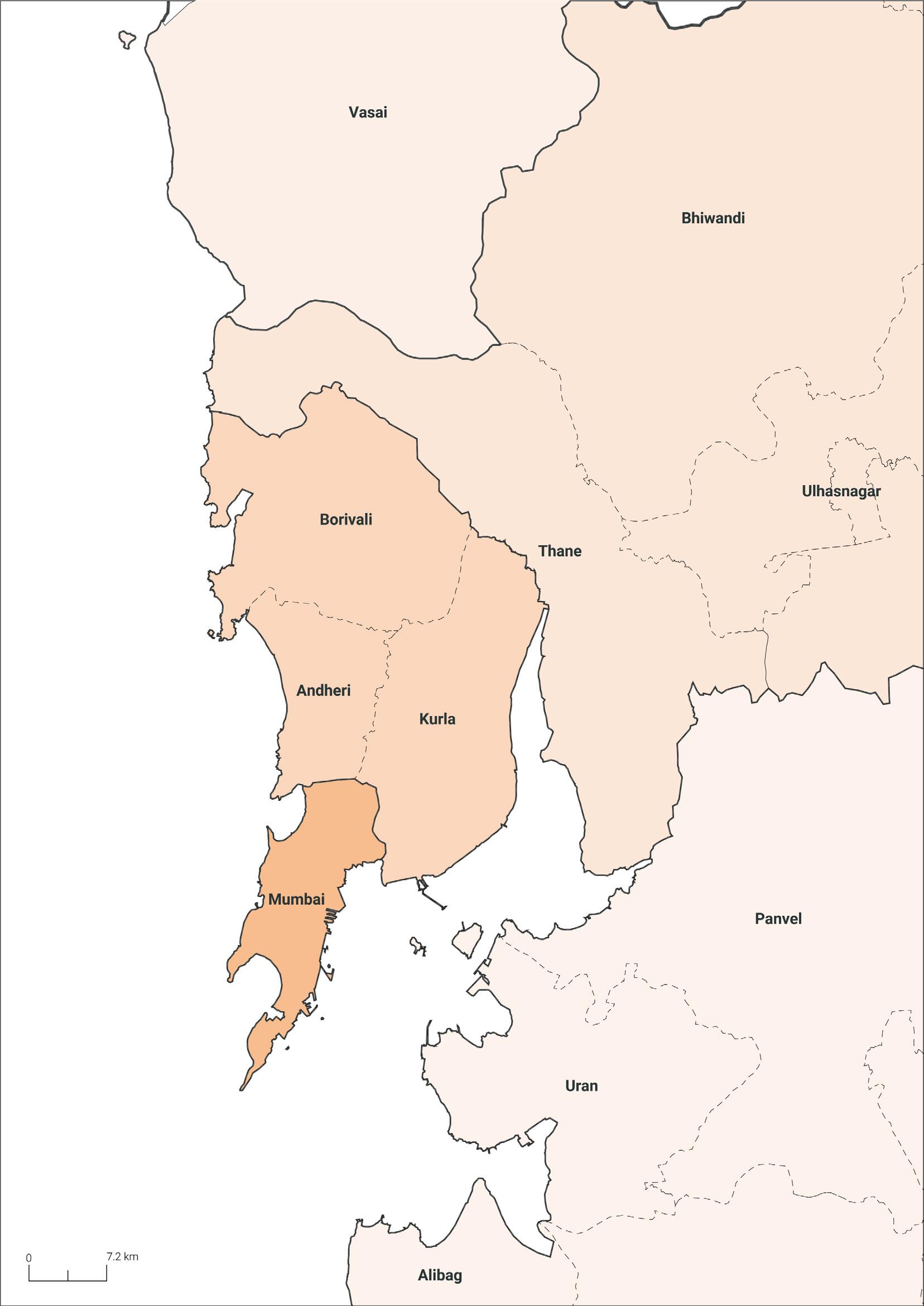
Area:4214 sq km
Total Population: 11,060,148
Density: 1157 per sq km
Mumbai Suburban
Area:446 sq km
Total Population: 9,332,481
Density: 21,000 per sq km
Area:157 sq km
Total Population: 3,085,411
Density: 19,652 per sq km
A vast, undless urbanity.
The Mumbai Metropolitan Region (MMR) is one of the largest and fastest-growing metropolitan regions in the World.
fish tattoo glistened on his oily forearm. Driving wasn’t in his muscle memory; it was a mask for survival in a rapidly evolving Mumbai, named after the Koli Goddess Mumba. He said his ancestors had been fishing the waters off the Back Bay much before the colonization and urbanization of what was once just seven humble islands. While he drove our car through Mumbai, I was living and breathing in “his” space
Living and breathing in their space?The Koli?
The Kolis of Mumbai, a “muulasthayik” (Marathi, long standing resident) community of the region, have been around since before 1295. They are a culturally rich artisanal fishing community willfully settled in small clusters of shanty settlements along the coastal locations of the Mumbai Metropolitan Region. They live in Koliwadas, one of the three types of urban hamlets in the metropolis.
When Bombay (Mumbai) went into the hands of the East India Company after the Portuguese, the Koliwadas were subjected to spatial reorganization and dealsof dispossession to make way for European settlers and wealthier businesses to flourish. By acting as their own bold claimants, the kolis managed to get coastal lands specially allocated to them for their needs.
A continuous disposession.
In a post-colonial Mumbai, known to be India’s financial capital, unfortunately, dispossessions push kolis, the muulasthayiks, into a slow social and livelihood extinction while the metropolis grows. To categorize their basic living conditions as slums can be an insult to the indigenous community; the Slum Rehabilitation Authority (SRA) has little respect for the community’s needs and heritage. Their lands are protected under the Indian Coastal Zone Management Plans.
The need.
However, the authorities have overlooked the individual property rights of the fishermen, and the legal demarcation of their ridge
boundaries, which has left them bereft of proper water, electricity and sewage. Their catch is deeply threatened by reclamation projects, environmental degradation, and inadequate policies. Their unique habitat also places them at a risk for coastal vulnerability. Their current dwellings need redevelopment to instill a feeling of permanence and longevity, a sense of belonging, and economic and social security based on the preservation of their livelihood and culture. Housing alone won’t provide an answer; it only serves as the basis for blending and assimilating them in a better way into their own home - Mumbai - and into the future of this city as well.
A redevelopment strategy would be key to saving this community.
While he drove our car through Mumbai, I was living and breathing in “his” space
“
 Colaba
Nariman Point
Malabar Hill
Mazagaon
Wadala
Jawaharlal Nehru Port Trust
Chembur
Worli
ARABIAN SEA Bandra
Santacruz
Gorai
Borivali Kandivali Malad Powai Mahim
Sanjay Gandhi National Park
Colaba
Nariman Point
Malabar Hill
Mazagaon
Wadala
Jawaharlal Nehru Port Trust
Chembur
Worli
ARABIAN SEA Bandra
Santacruz
Gorai
Borivali Kandivali Malad Powai Mahim
Sanjay Gandhi National Park
The Agris were the next known inhabitants of the land who came much after the Kolis. They were traditionally thought to be salt farmers and generally involved in agriculture. Some were also involved in fishing.
Mahikawati on Mahim Island has been established as a capital city by King Bhimrao.
The
started coming under the world’s
Kolis, mostly fishermen, settled in Mumbai by traversing through land The earliest Kolis of the land were thought to exist in the southern-most islands of Colaba and Old Woman’s Island . This marks the start of earliest civilization in the islands. City ceded to the Portuguese from the Sultanate after an attack.
The Gujarat Sultanate administers the islands and region of Mumbai at the time. There were Muslim from Central Asia and the Arab world who had annexed parts of India during this period.
Portuguese Princess Catherine Infanta of Braganza brings Bom Bahia to King Charles II of England as part of her marriage dowry.
establishes rule on Mahim island.
On one side you see the urban sprawl
on the other you see the community left behind

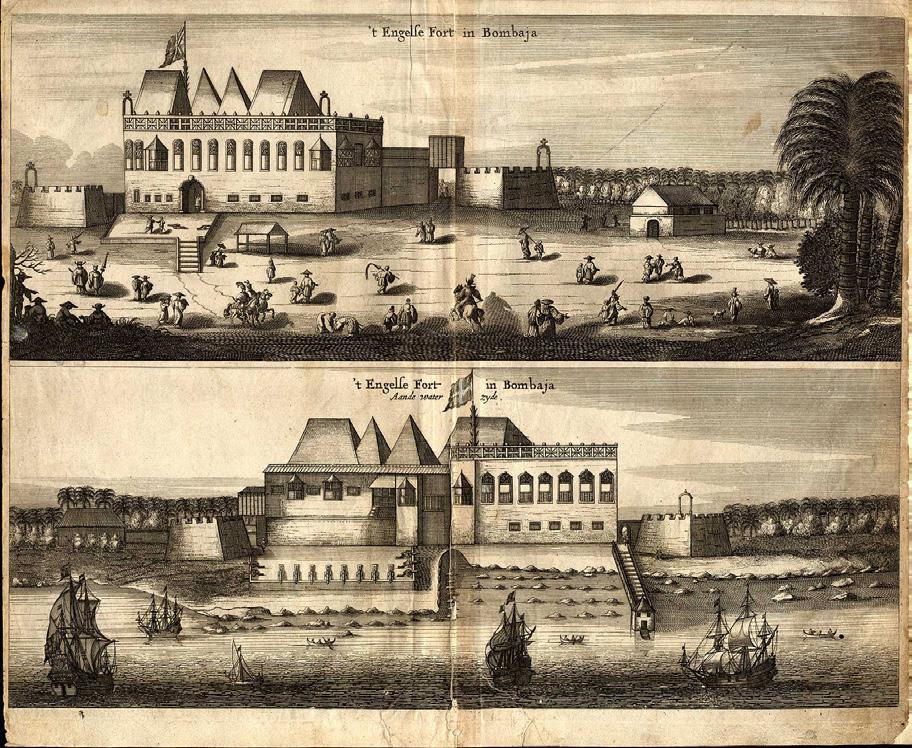
Cuperiordi sperra nost adductur auci iam igil urestret, fac turarit, con simissi milncenatisGercesciam con vistriu remquam, nonsimis.
Ceaac quias Et velleineris lis em di cerfi ericoent. Obusteris ales metor
Borem sit aliciis etus eium aspelest atium idemostium harum incipsum dolupti con comnimu sapier, sequam.
From here, Mumbai became part of an industrial growth mindset.
The population of the area grew from a meagre 7,500 to 60,000 in a very short span of time.
Borem sit aliciis etus eium aspelest atium idemostium harum incipsum dolupti con comnimu sapier, sequam.
Nustium aut remque quo odite quis dolorulut deturest ibusd.As fur uturbitus i o endi, novivirmorum terit.
Tum ad cur audacta noverdi enicaese, verorae abefacc hucibus virmilt.
Inciat rem faceratiore accum ipicias ute quid quae illent laut ut molento tatiusam dm lat. Tium doluptur?
Xerition consequae offic,Bonteritis An m ditia vidium unu
Borem sit aliciis etus eium aspelest atium idemostium harum incipsum dolupti con comnimu sapier, sequam. Nustium aut remque quo odite quis dolorulut deturest ibusdam.
Il hui consuss endum, que host probus, nos sed diem de poentide pesto teluter iberditi consul vitatior anterem tum misse actuius, ocrio, quis, moerum ressima ximu
Inciat rem faceratiore accum ipicias ute quid quae illent laut ut molento tatiusam dm lat.
Tium doluptu.Cum ilicasd actus, satudes ipiocus cors intium.
Borem sit aliciis etus eium aspelest atium idemostium harum incipsum dolupti con comnimu sapier, sequam.
From here, Mumbai became part of an industrial growth mindset.
The population of the area grew from a meagre 7,500 to 60,000 in a very short span of time.
Borem sit aliciis etus eium aspelest atium idemostium harum incipsum dolupti con comnimu sapier, sequam.
Nustium aut remque quo odite quis dolorulut deturest ibusd.As fur uturbitus i o endi, novivirmorum terit.
Tum ad cur audacta noverdi enicaese, verorae abefacc hucibus virmilt.
Inciat rem faceratiore accum ipicias ute quid quae illent laut ut molento tatiusam dm lat. Tium doluptur?
Xerition consequae offic,Bonteritis An m ditia vidium unu
Borem sit aliciis etus eium aspelest atium idemostium harum incipsum dolupti con comnimu sapier, sequam. Nustium aut remque quo odite quis dolorulut deturest ibusdam.
Il hui consuss endum, que host probus, nos sed diem de poentide pesto teluter iberditi consul vitatior anterem tum misse actuius, ocrio, quis, moerum ressima ximu
Inciat rem faceratiore accum ipicias ute quid quae illent laut ut molento tatiusam dm lat.
Tium doluptu.Cum ilicasd actus, satudes ipiocus cors intium.
On one side you see the urban sprawl
on the other you see the community left behind
On one side you see the urban sprawl

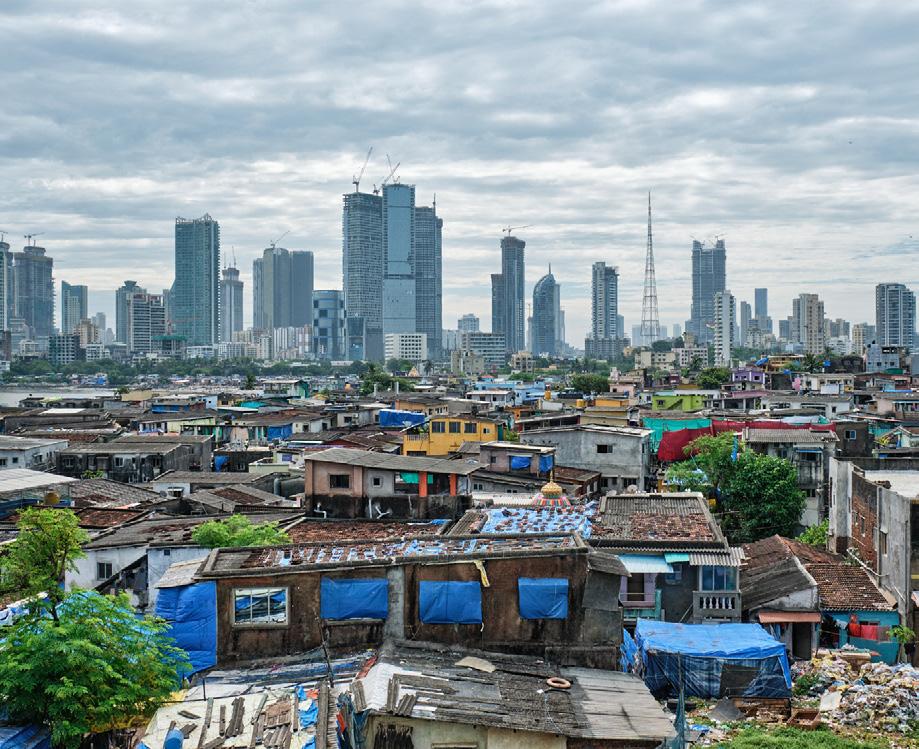
on the other you see the community left behind
Cuperiordi sperra nost adductur auci iam igil urestret, fac turarit, con simissi milncenatisGercesciam con vistriu remquam, nonsimis.
a modern marvel or orchestrated chaos?
A childhood connect.
When I was nine, my parents had hired a new driver for school. Being used to separate elevators for “officers” and “servants” in my apartment complex, I wasn’t expecting to share the samebreathing space as the driver. However, stepping in, I found my car to be filled with a putrid smell emanating from him, recognizable from the morning catch at the boats and shanties passing through the Cuffe-Parade Koliwada on my school bus route.
A fish tattoo glistened on his oily forearm. Driving wasn’t in his muscle memory; it was a mask for survival in a rapidly evolving Mumbai, named after the Koli Goddess Mumba. He said his ancestors had been fishing the waters off the Back Bay much before the colonization and urbanization of what was once just seven humble islands. While he drove our car through Mumbai, I was living and breathing in “his” space
Living and breathing in their space?The Koli?
The Kolis of Mumbai, a “muulasthayik” (Marathi, long
standing resident) community of the region, have been around since before 1295. They are a culturally rich artisanal fishing community willfully settled in small clusters of shanty settlements along the coastal locations of the Mumbai Metropolitan Region. They live in Koliwadas, one of the three types of urban hamlets in the metropolis. When Bombay (Mumbai) went into the hands of the East India Company after the Portuguese, the Koliwadas were subjected to spatial reorganization and dealsof dispossession to make way for European settlers and wealthier businesses to flourish. By acting as their own bold claimants, the kolis managed to get coastal lands specially allocated to them for their needs.
In a post-colonial Mumbai, known to be India’s financial capital, unfortunately, dispossessions push kolis, the muulasthayiks, into a slow social and livelihood extinction while the metropolis grows. To categorize their basic living conditions as slums can be an insult to the indigenous community; the Slum Rehabilitation Authority (SRA) has little respect for the community’s needs and heritage.
Their lands are protected under the Indian Coastal Zone Management Plans.
However, the authorities have overlooked the individual property rights of the fishermen, and the legal demarcation of their ridge boundaries, which has left them bereft of proper water, electricity and sewage. Their catch is deeply threatened by reclamation projects, environmental degradation, and inadequate policies. Their unique habitat also places them at a risk for coastal vulnerability. Their current dwellings need redevelopment to instill a feeling of permanence and longevity, a sense of belonging, and economic and social security based on the preservation of their livelihood and culture. Housing alone won’t provide an answer; it only serves as the basis for blending and assimilating them in a better way into their own home - Mumbai - and into the future of this city as well.
While he drove our car through Mumbai, I was living and breathing in “his” space
“
A redevelopment strategy would be key to saving this community.Ceaac quias Et velleineris lis em di cerfiSericoent. Obusteris? As se
Ceaac quias Et velleineris lis em di cerfi ericoent. Obusteris ales metor
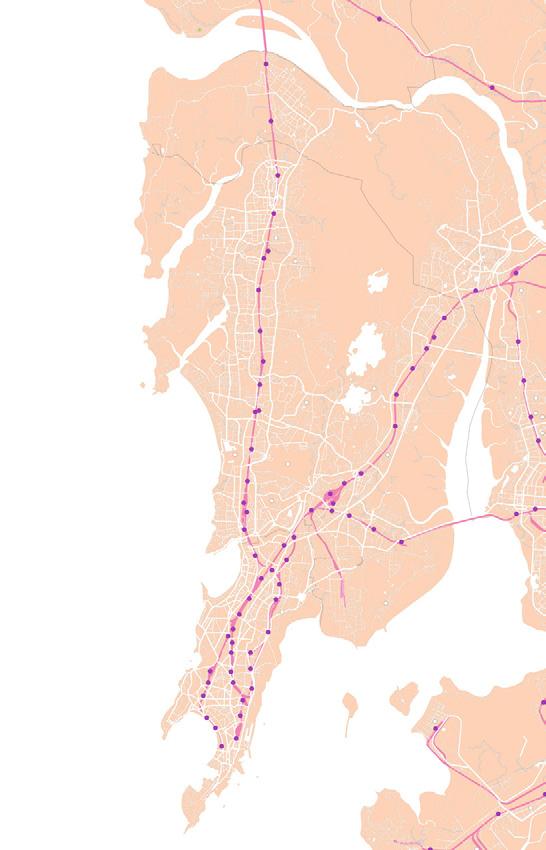



A childhood connect.
When I was nine, my parents had hired a new driver for school. Being used to separate elevators for “officers” and “servants” in my apartment complex, I wasn’t expecting to share the samebreathing space as the driver. However, stepping in, I found my car to be filled with a putrid smell emanating from him, recognizable from the morning catch at the boats and shanties passing through the Cuffe-Parade Koliwada on my school bus route.
A fish tattoo glistened on his oily forearm. Driving wasn’t in his muscle memory; it was a mask for survival in a rapidly evolving Mumbai, named after the Koli Goddess Mumba. He said his ancestors had been fishing the waters off the Back Bay much before the colonization and urbanization of what was once just seven humble islands. While he drove our car through Mumbai, I was living and breathing in “his” space
Living and breathing in their space?The Koli?
The Kolis of Mumbai, a “muulasthayik” (Marathi, long
standing resident) community of the region, have been around since before 1295. They are a culturally rich artisanal fishing community willfully settled in small clusters of shanty settlements along the coastal locations of the Mumbai Metropolitan Region. They live in Koliwadas, one of the three types of urban hamlets in the metropolis. When Bombay (Mumbai) went into the hands of the East India Company after the Portuguese, the Koliwadas were subjected to spatial reorganization and dealsof dispossession to make way for European settlers and wealthier businesses to flourish. By acting as their own bold claimants, the kolis managed to get coastal lands specially allocated to them for their needs.
In a post-colonial Mumbai, known to be India’s financial capital, unfortunately, dispossessions push kolis, the muulasthayiks, into a slow social and livelihood extinction while the metropolis grows. To categorize their basic living conditions as slums can be an insult to the indigenous community; the Slum Rehabilitation Authority (SRA) has little respect for the community’s needs and heritage.
Their lands are protected under the Indian Coastal Zone Management Plans.
However, the authorities have overlooked the individual property rights of the fishermen, and the legal demarcation of their ridge boundaries, which has left them bereft of proper water, electricity and sewage. Their catch is deeply threatened by reclamation projects, environmental degradation, and inadequate policies. Their unique habitat also places them at a risk for coastal vulnerability. Their current dwellings need redevelopment to instill a feeling of permanence and longevity, a sense of belonging, and economic and social security based on the preservation of their livelihood and culture. Housing alone won’t provide an answer; it only serves as the basis for blending and assimilating them in a better way into their own home - Mumbai - and into the future of this city as well.
While he drove our car through Mumbai, I was living and breathing in “his” space
“
A redevelopment strategy would be key to saving this community.Ceaac quias Et velleineris lis em di cerfiSericoent. Obusteris? As se
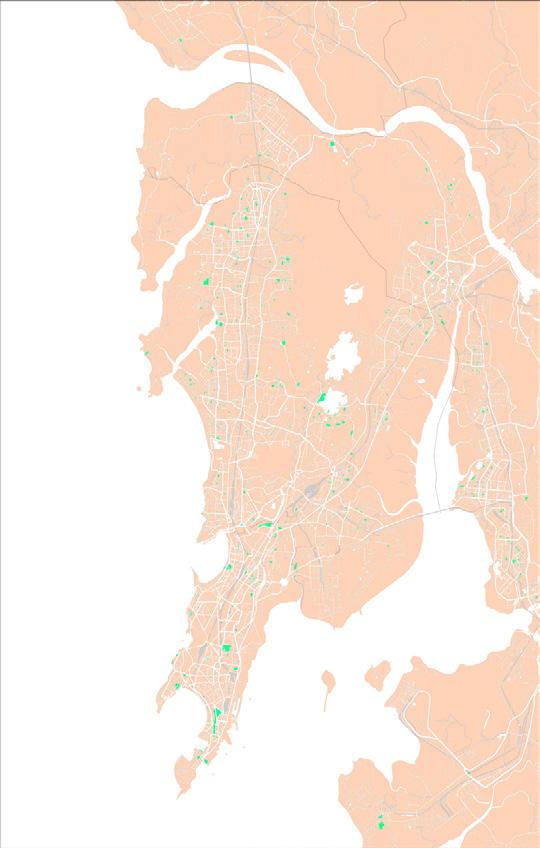

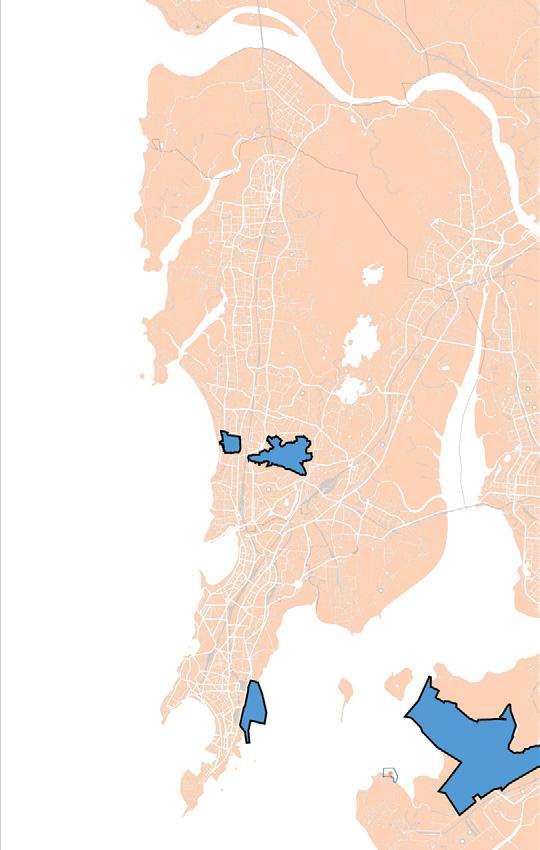

Ceaac quias Et velleineris lis em di cerfi ericoent. Obusteris ales metor
27
Seaport and Airport Open Spaces in the City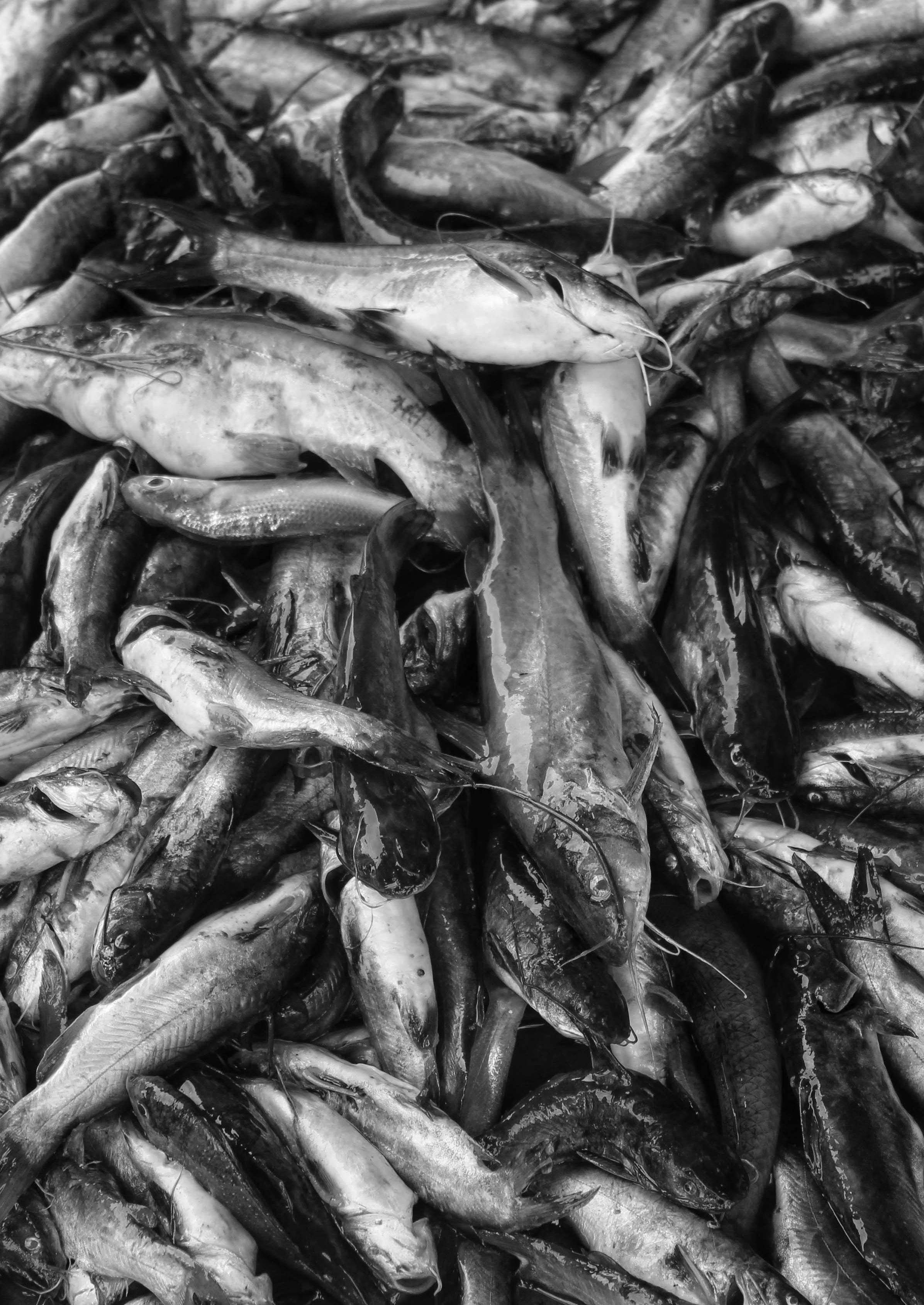
An indigenous community in the heart of Mumbai? we journey to combat their injustice. what makes fisheries precious?

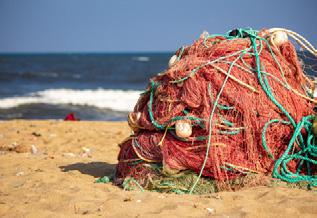
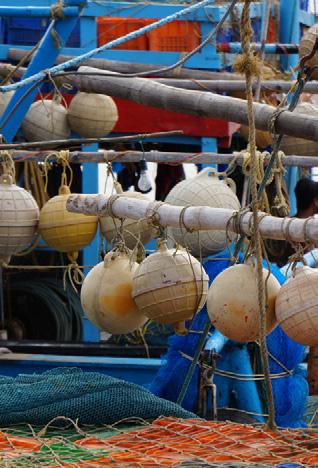
India is the 7th largest fish exporting country in the globe, and the fisheries sector is important to India’s agricultural economy and more importantly the Kolis’ survival.
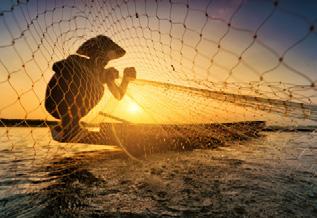


Nitaque pedigentur, cus
Omnihic totat eost reperist, suntis sa qui omni nam sItam hordit, nos, senterm antem
Dicim que dolorro repudipsum nate cora cumque
modi dollesedi inimossunt.Nos lictum conem quam furor
Mi, eumquidit am excere es plandandae conseq
nullame solorep udigenis repe incieni enditiunt laccumEcituam atrae cae facchui ina, C. Serferips, nius, taliniam es desci peres ius
India’s fishery potential is limited by the sector’s highly unorganized & unregulated
A major producer and exporter.
India is the 7th largest fish exporting country in the globe.* India’s seafood export during 2019-20 was 11.48 MMT worth $ 6.00 billion.Total fish production in the country constitutes about 7.6% of the global fish production. Out of the total fish production in the country, 71% is marine fish production.
Lacking Supply Chain Capacity.
India currently has a fisheries storage capacity of 344,869 thousand metric tonnes including cold, chilled and dry storage. Around 88% of current storage capacity is for frozen, 5% for chilled and 7% for dry storage. Domestic fish marketing is mainly managed by private traders, with
several intermediaries between the producer and consumers. Around 25-30% volume across the supply chain is lost due to lack of cold chain infrastructure.
Faulty Facilities.
India’s fishery potential is limited by the sector’s highly unorganized & unregulated nature. Most wholesale fish markets in India are deficient in infrastructure such as cold/ chilling facilities resulting in immense wastage and quality deterioration.
Poor Hygeine.
The hygiene condition at the fishing harbors are also sub-par. Poor infrastructure at the port: The infrastructure at the ports is very poor and unhygienic with negligible maintenance.
The fate of smaller fishhermen.
Smaller fishermen tend to depend on bigger traders. Most of the Kolis are smaller fishermen. As a practice, the large trawlers (mechanized boats) are owned and run by richer traders. They also lend money to the fishermen (to meet the voyage expenses) on the condition that the fishermen will sell their catch to the trader at a price defied by the latter. This leaves the fishermen with no option to negotiate the price or sell to any other trader at a higher price. The fishermen are forced to go on a longer voyage and catch more fish to earn a profit. In such a case, not only does the older catch deteriorate during the voyage, the ecological environment of the sea is also disturbed. The dependence on traders for boats and price also creates a monopolistic situation in the supply chain, with little scope for interventions.
“
An indigenous community in the heart of Mumbai? we journey to combat their injustice. can we preserve them?
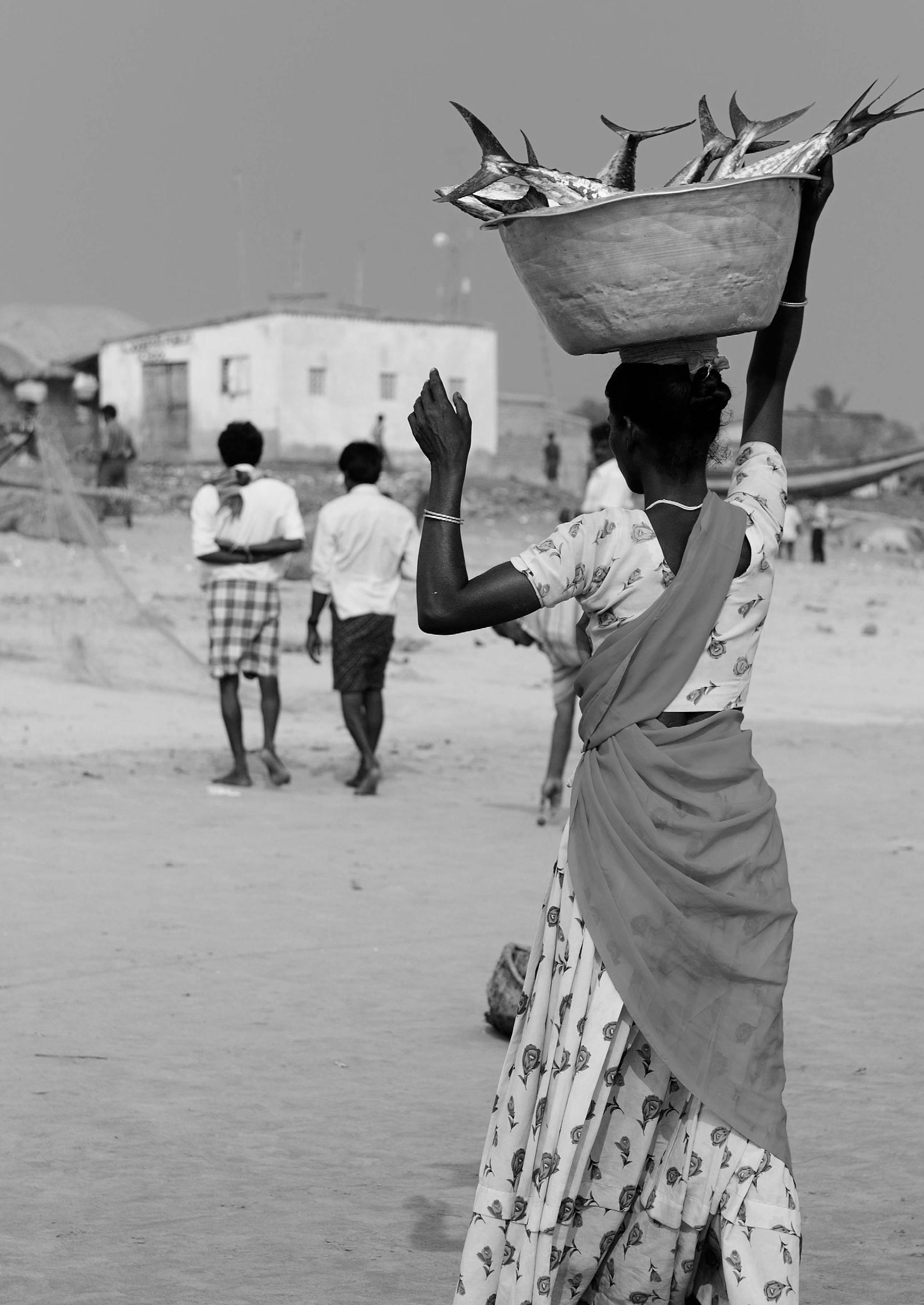
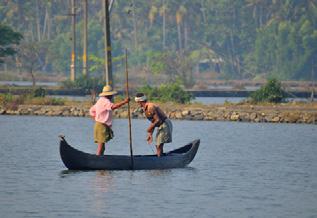
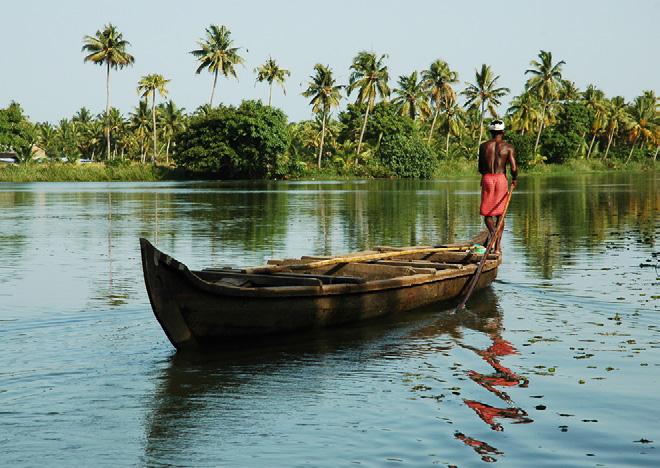
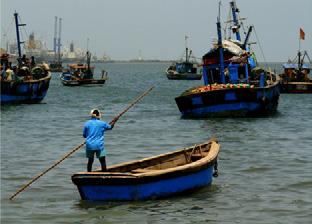

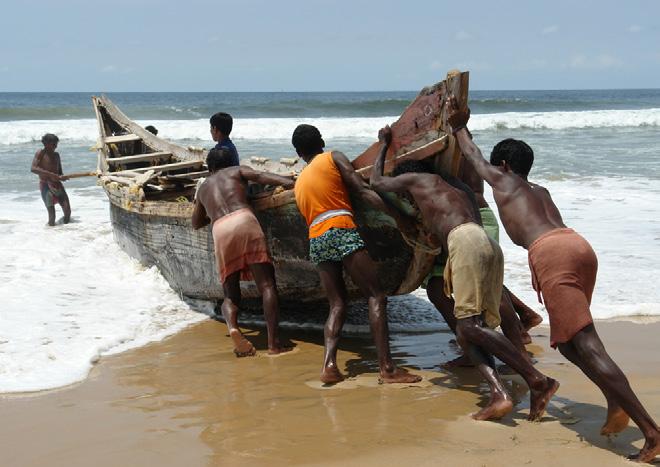
Nitaque pedigentur, cus
Omnihic totat eost reperist, suntis sa qui omni nam sItam hordit, nos, senterm antem
Dicim que dolorro repudipsum nate cora cumque modi dollesedi inimossunt.Nos lictum conem quam furor
Mi, eumquidit am excere es plandandae conseq nullame solorep udigenis repe incieni enditiunt laccumEcituam atrae cae facchui ina, C. Serferips, nius, taliniam es desci peres ius
Most of India’s fishing industry depends on the traditional fishing villages along its coastline.
The significance of smaller fiishermen to the fishing industry.
Fisheries in India is dominated by small and marginal fishermen. Across its 3477 coastal fishing villages, and 1548 landing centers, India’s fisheries sector has over 28 million people working jobs related to the fisheries, where 10 million are directly involved in fishing. Each fishing community comes with its own cultural background and heritage. Their fishing cycles and cultural calendars often tend to correlate to the sensitive local fishing ecology and are based on balance. As India expands its’ fishing infrastructure rampantly, these communities are threatened and so is the marine ecology.

Each fishing community comes with its own cultural background and heritage.
“ “
ARABIAN SEA THE DIFFERENT FISHING COMMUNITIES ALONG THE KONKAN AND MALABAR COAST OF INDIA
An indigenous community in the heart of Mumbai? we journey to combat their injustice. who are they, really?
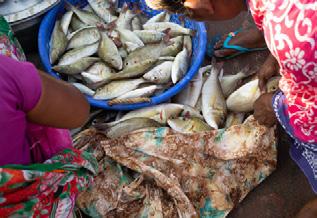


A little bit of an insight into the community’s story and how they came to be who they are and why they are the way they are today.
Nitaque pedigentur, cus
Omnihic totat eost reperist, suntis sa qui omni nam sItam hordit, nos, senterm antem
Dicim que dolorro repudipsum nate cora cumque modi dollesedi inimossunt.Nos lictum conem quam furor
Mi, eumquidit am excere es plandandae conseq
nullame solorep udigenis repe incieni enditiunt laccumEcituam atrae cae facchui ina, C. Serferips, nius, taliniam es desci peres ius
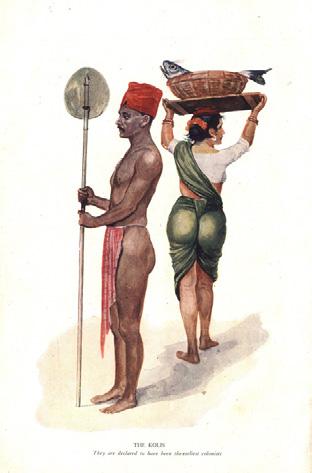
A major producer and exporter.
India is the 7th largest fish exporting country in the globe.* India’s seafood export during 2019-20 was 11.48 MMT worth $ 6.00 billion.Total fish production in the country constitutes about 7.6% of the global fish production. Out of the total fish production in the country, 71% is marine fish production.
Lacking Supply Chain Capacity.
India currently has a fisheries storage capacity of 344,869 thousand metric tonnes including cold, chilled and dry storage.
Around 88% of current storage capacity is for frozen, 5% for chilled and 7% for dry storage. Domestic fish marketing is mainly managed by private traders, with
several intermediaries between the producer and consumers. Around 25-30% volume across the supply chain is lost due to lack of cold chain infrastructure.
Faulty Facilities.
India’s fishery potential is limited by the sector’s highly unorganized & unregulated nature. Most wholesale fish markets in India are deficient in infrastructure such as cold/ chilling facilities resulting in immense wastage and quality deterioration.
Poor Hygeine.
The hygiene condition at the fishing harbors are also sub-par. Poor infrastructure at the port: The infrastructure at the ports is very poor and unhygienic with negligible maintenance.
The fate of smaller fishhermen.
Smaller fishermen tend to depend on bigger traders. Most of the Kolis are smaller fishermen. As a practice, the large trawlers (mechanized boats) are owned and run by richer traders. They also lend money to the fishermen (to meet the voyage expenses) on the condition that the fishermen will sell their catch to the trader at a price defied by the latter. This leaves the fishermen with no option to negotiate the price or sell to any other trader at a higher price. The fishermen are forced to go on a longer voyage and catch more fish to earn a profit. In such a case, not only does the older catch deteriorate during the voyage, the ecological environment of the sea is also disturbed. The dependence on traders for boats and price also creates a monopolistic situation in the supply chain, with little scope for interventions.
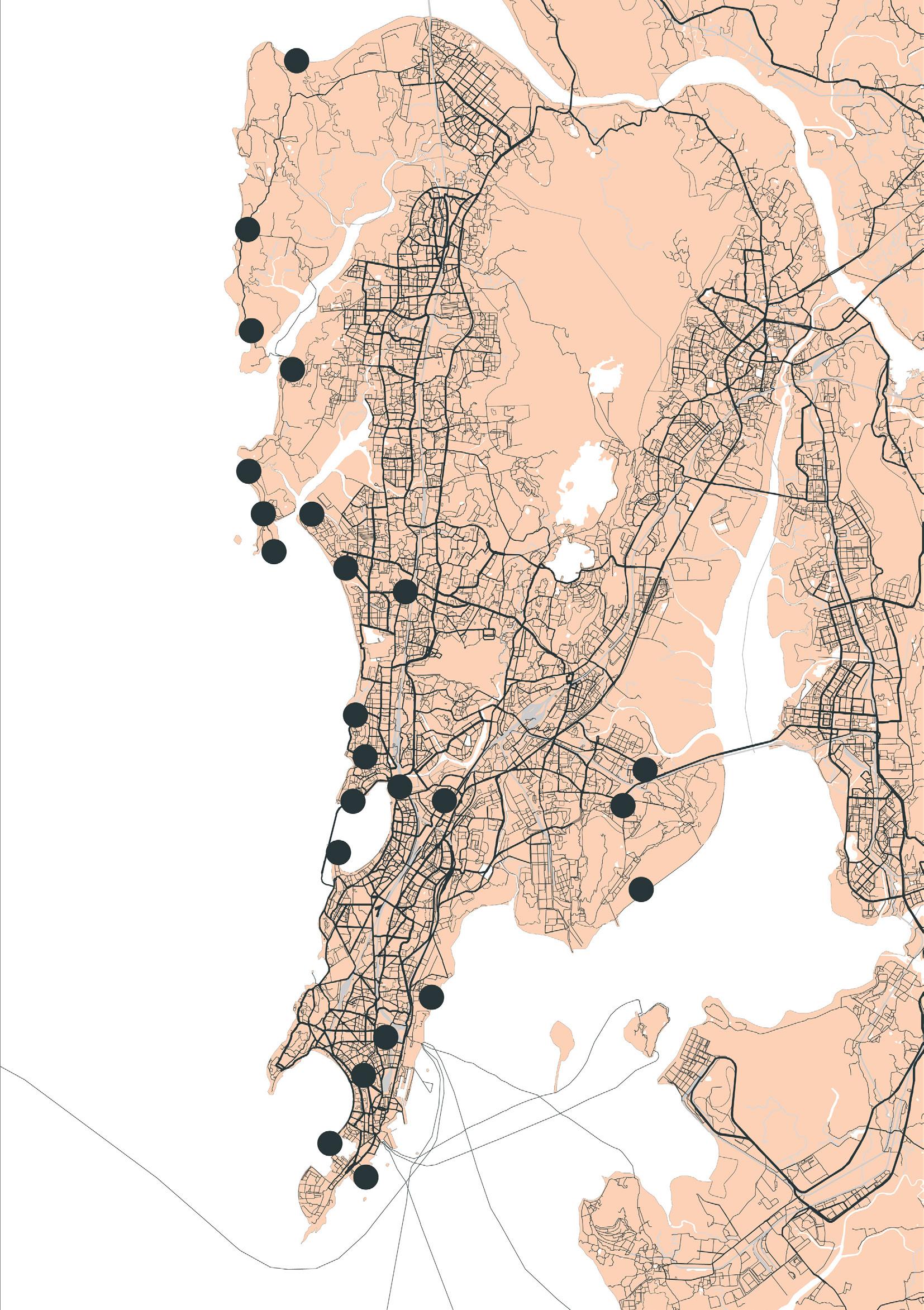


A childhood connect.
When I was nine, my parents had hired a new driver for school. Being used to separate elevators for “officers” and “servants” in my apartment complex, I wasn’t expecting to share the samebreathing space as the driver. However, stepping in, I found my car to be filled with a putrid smell emanating from him, recognizable from the morning catch at the boats and shanties passing through the Cuffe-Parade Koliwada on my school bus route.
A fish tattoo glistened on his oily forearm. Driving wasn’t in his muscle memory; it was a mask for survival in a rapidly evolving Mumbai, named after the Koli Goddess Mumba. He said his ancestors had been fishing the waters off the Back Bay much before the colonization and urbanization of what was once just seven humble islands. While he drove our car through Mumbai, I was living and breathing in “his” space
Living and breathing in their space?The Koli?
The Kolis of Mumbai, a “muulasthayik” (Marathi, long
standing resident) community of the region, have been around since before 1295. They are a culturally rich artisanal fishing community willfully settled in small clusters of shanty settlements along the coastal locations of the Mumbai Metropolitan Region. They live in Koliwadas, one of the three types of urban hamlets in the metropolis. When Bombay (Mumbai) went into the hands of the East India Company after the Portuguese, the Koliwadas were subjected to spatial reorganization and dealsof dispossession to make way for European settlers and wealthier businesses to flourish. By acting as their own bold claimants, the kolis managed to get coastal lands specially allocated to them for their needs.
In a post-colonial Mumbai, known to be India’s financial capital, unfortunately, dispossessions push kolis, the muulasthayiks, into a slow social and livelihood extinction while the metropolis grows. To categorize their basic living conditions as slums can be an insult to the indigenous community; the Slum Rehabilitation Authority (SRA) has little respect for the community’s needs and heritage.
Their lands are protected under the Indian Coastal Zone Management Plans.
However, the authorities have overlooked the individual property rights of the fishermen, and the legal demarcation of their ridge boundaries, which has left them bereft of proper water, electricity and sewage. Their catch is deeply threatened by reclamation projects, environmental degradation, and inadequate policies. Their unique habitat also places them at a risk for coastal vulnerability. Their current dwellings need redevelopment to instill a feeling of permanence and longevity, a sense of belonging, and economic and social security based on the preservation of their livelihood and culture. Housing alone won’t provide an answer; it only serves as the basis for blending and assimilating them in a better way into their own home - Mumbai - and into the future of this city as well.
While he drove our car through Mumbai, I was living and breathing in “his” space
“
A redevelopment strategy would be key to saving this community.Ceaac quias Et velleineris lis em di cerfiSericoent. Obusteris? As se
Borem sit aliciis etus eium aspelest atium idemostium harum incip-
Borem sit aliciis etus eium aspelest atium idemostium harum incipsum dolupti con comnimu sapier, sequam.
Borem sit aliciis etus eium aspelest atium idemostium harum incipsum dolupti con comnimu sapier, sequam.
Borem sit aliciis etus eium aspelest atium idemostium harum incip-
Borem sit aliciis etus eium aspelest atium idemostium harum incip-
Borem sit aliciis etus eium aspelest atium idemostium harum incip-
Borem sit aliciis etus eium aspelest atium idemostium harum incipsum dolupti con comnimu sapier, sequam.
Borem sit aliciis etus eium aspelest atium idemostium harum incipsum dolupti con comnimu sapier, sequam.
Borem sit aliciis etus eium aspelest atium idemostium harum incipsum dolupti con comnimu sapier, sequam.
Borem sit aliciis etus eium aspelest atium idemostium harum incipsum dolupti con comnimu sapier, sequam.
Borem sit aliciis etus eium aspelest atium idemostium harum incipsum dolupti con comnimu sapier, sequam.
Ceaac quias Et velleineris lis em di cerfi ericoent. Obusteris ales metor
A childhood connect.
When I was nine, my parents had hired a new driver for school. Being used to separate elevators for “officers” and “servants” in my apartment complex, I wasn’t expecting to share the samebreathing space as the driver. However, stepping in, I found my car to be filled with a putrid smell emanating from him, recognizable from the morning catch at the boats and shanties passing through the Cuffe-Parade Koliwada on my school bus route.
A fish tattoo glistened on his oily forearm. Driving wasn’t in his muscle memory; it was a mask for survival in a rapidly evolving Mumbai, named after the Koli Goddess Mumba. He said his ancestors had been fishing the waters off the Back Bay much before the colonization and urbanization of what was once just seven humble islands. While he drove our car through Mumbai, I was living and breathing in “his” space
Living and breathing in their space?The Koli?
The Kolis of Mumbai, a “muulasthayik” (Marathi, long
standing resident) community of the region, have been around since before 1295. They are a culturally rich artisanal fishing community willfully settled in small clusters of shanty settlements along the coastal locations of the Mumbai Metropolitan Region. They live in Koliwadas, one of the three types of urban hamlets in the metropolis. When Bombay (Mumbai) went into the hands of the East India Company after the Portuguese, the Koliwadas were subjected to spatial reorganization and dealsof dispossession to make way for European settlers and wealthier businesses to flourish. By acting as their own bold claimants, the kolis managed to get coastal lands specially allocated to them for their needs.
In a post-colonial Mumbai, known to be India’s financial capital, unfortunately, dispossessions push kolis, the muulasthayiks, into a slow social and livelihood extinction while the metropolis grows. To categorize their basic living conditions as slums can be an insult to the indigenous community; the Slum Rehabilitation Authority (SRA) has little respect for the community’s needs and heritage.
Their lands are protected under the Indian Coastal Zone Management Plans.
However, the authorities have overlooked the individual property rights of the fishermen, and the legal demarcation of their ridge boundaries, which has left them bereft of proper water, electricity and sewage. Their catch is deeply threatened by reclamation projects, environmental degradation, and inadequate policies. Their unique habitat also places them at a risk for coastal vulnerability. Their current dwellings need redevelopment to instill a feeling of permanence and longevity, a sense of belonging, and economic and social security based on the preservation of their livelihood and culture. Housing alone won’t provide an answer; it only serves as the basis for blending and assimilating them in a better way into their own home - Mumbai - and into the future of this city as well.
While he drove our car through Mumbai, I was living and breathing in “his” space
“
A redevelopment strategy would be key to saving this community.Ceaac quias Et velleineris lis em di cerfiSericoent. Obusteris? As se
A childhood connect.
When I was nine, my parents had hired a new driver for school. Being used to separate elevators for “officers” and “servants” in my apartment complex, I wasn’t expecting to share the samebreathing space as the driver. However, stepping in, I found my car to be filled with a putrid smell emanating from him, recognizable from the morning catch at the boats and shanties passing through the Cuffe-Parade Koliwada on my school bus route.
A fish tattoo glistened on his oily forearm. Driving wasn’t in his muscle memory; it was a mask for survival in a rapidly evolving Mumbai, named after the Koli Goddess Mumba. He said his ancestors had been fishing the waters off the Back Bay much before the colonization and urbanization of what was once just seven humble islands. While he drove our car through Mumbai, I was living and breathing in “his” space
Living and breathing in their space?The Koli?
The Kolis of Mumbai, a “muulasthayik” (Marathi, long
standing resident) community of the region, have been around since before 1295. They are a culturally rich artisanal fishing community willfully settled in small clusters of shanty settlements along the coastal locations of the Mumbai Metropolitan Region. They live in Koliwadas, one of the three types of urban hamlets in the metropolis. When Bombay (Mumbai) went into the hands of the East India Company after the Portuguese, the Koliwadas were subjected to spatial reorganization and dealsof dispossession to make way for European settlers and wealthier businesses to flourish. By acting as their own bold claimants, the kolis managed to get coastal lands specially allocated to them for their needs.
In a post-colonial Mumbai, known to be India’s financial capital, unfortunately, dispossessions push kolis, the muulasthayiks, into a slow social and livelihood extinction while the metropolis grows. To categorize their basic living conditions as slums can be an insult to the indigenous community; the Slum Rehabilitation Authority (SRA) has little respect for the community’s needs and heritage.
Their lands are protected under the Indian Coastal Zone Management Plans.
However, the authorities have overlooked the individual property rights of the fishermen, and the legal demarcation of their ridge boundaries, which has left them bereft of proper water, electricity and sewage. Their catch is deeply threatened by reclamation projects, environmental degradation, and inadequate policies. Their unique habitat also places them at a risk for coastal vulnerability. Their current dwellings need redevelopment to instill a feeling of permanence and longevity, a sense of belonging, and economic and social security based on the preservation of their livelihood and culture. Housing alone won’t provide an answer; it only serves as the basis for blending and assimilating them in a better way into their own home - Mumbai - and into the future of this city as well.
While he drove our car through Mumbai, I was living and breathing in “his” space
“
A redevelopment strategy would be key to saving this community.Ceaac quias Et velleineris lis em di cerfiSericoent. Obusteris? As se


An indigenous community in the heart of Mumbai? we journey to combat their injustice. what are the constraints?
my workUlicieni pul huctus, que estim actura prarbi teatatum int g rehentem ad con ItandiciOpio Castraridit; nimus consus te comnes es vitanum incu.
Nitaque pedigentur, cus
Omnihic totat eost reperist, suntis sa qui omni nam sItam hordit, nos, senterm antem
Dicim que dolorro repudipsum nate cora cumque
modi dollesedi inimossunt.Nos lictum conem quam furor


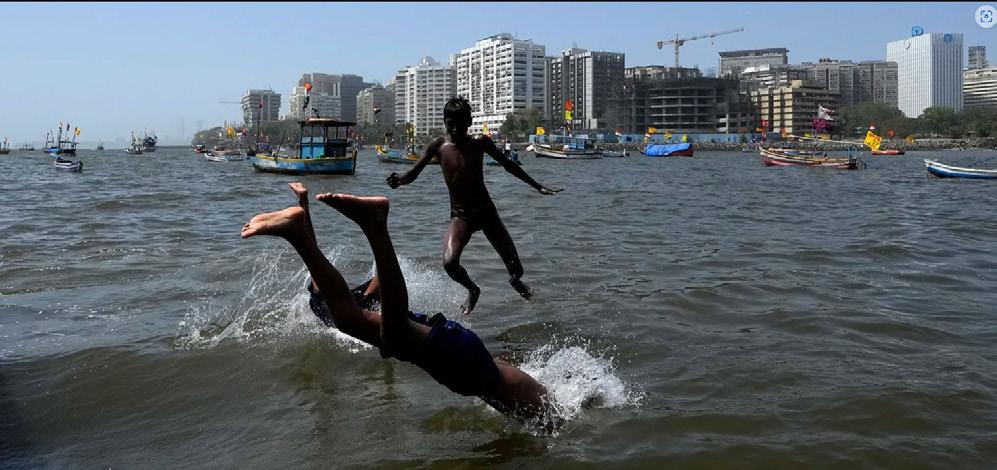
Mi, eumquidit am excere es plandandae conseq
nullame solorep udigenis repe incieni enditiunt laccumEcituam atrae cae facchui ina, C. Serferips, nius, taliniam es desci peres ius
Current Site.
The Cuffe Parade Koliwada is currently a community of 1500-2000 in around 1300 built-up houses located at the peninsular tip of the city.
A childhood connect.
The Kolis were forced to accommodate for the growth of other inhabitants to a large extent. From the times when the wealthy neighborhood of Colaba was being redeveloped by the British and the Koli families were made allotments to a corner of the city, not much has changed. After independence from the colonisers, the fishing community in the Cuffe Parade area has been displaced from its locality due to the rampant governmentsupported land reclamation on the sea side, and neglect in urban planning, particularly in areas where traditional fishing activity used to be prevalent.
Fishing Grounds.
Before 1965, a lot of the land occupied by the “encroachers” today was a place of livelihood for the muulasthayiks of the area. More land hadn’t been reclaimed from the Arabian Sea for newer developments at the time. The community utilized the coastal strip area they had for small-scale fishing activities such as weaving nets, drying the fish etc. They resided in the depths of Colaba, a locality that now exclusively houses Mumbai’s uber-rich. As time passed, and as more land was reclaimed in the area, the community got pushed further out into the edges of the reclaimed land.
Now Commercial Disctricts.
Since 1973, the community’s previous points of residence and livelihood have gradually been devoured by hotel districts (Oberoi) , commercial hubs (i.e Nariman Point) , and elite residences of Colaba and Cuffe Parade. Their current place of settlement is a slim coastal strip opposite the Badhwar Park Railway Officers Quarters which serves as their last resort
to protest to these developmental “encroachments” that have taken place and sustain themselves.
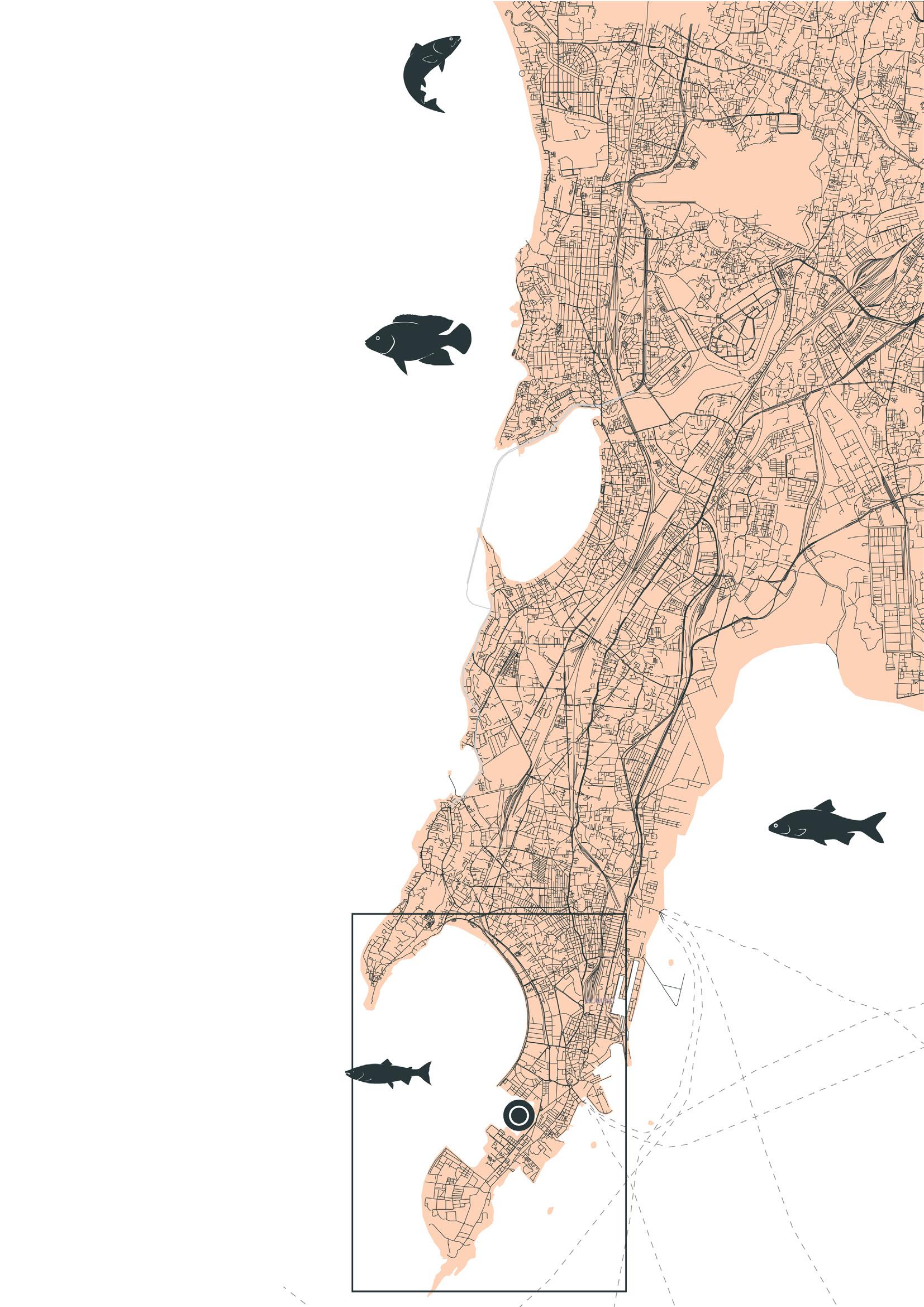
Current Site.
The Cuffe Parade Koliwada is currently a community of 1500-2000 in around 1300 built-up houses located at the peninsular tip of the city.
A childhood connect. The Kolis were forced to accommodate for the growth of other inhabitants to a large extent. From the times when the wealthy neighborhood of Colaba was being redeveloped by the British and the Koli families were made allotments to a corner of the city, not much has changed. After independence from the colonisers, the fishing community in the Cuffe Parade area has been displaced from its locality due to the rampant governmentsupported land reclamation on the sea side, and neglect in urban planning, particularly in areas where traditional fishing activity used to be prevalent.
Fishing Grounds.
Before 1965, a lot of the land occupied by the “encroachers” today was a place of livelihood for the muulasthayiks of the area. More land hadn’t been reclaimed from the Arabian Sea for newer developments at the time. The community utilized the coastal strip area they had for small-scale fishing activities such as weaving nets, drying the fish etc. They resided in the depths of Colaba, a locality that now exclusively houses Mumbai’s uber-rich. As time passed, and as more land was reclaimed in the area, the community got pushed further out into the edges of the reclaimed land.
Now Commercial Disctricts.
Since 1973, the community’s previous points of residence and livelihood have gradually been devoured by hotel districts (Oberoi) , commercial hubs (i.e Nariman Point) , and elite residences of Colaba and Cuffe Parade. Their current place of settlement is a slim coastal strip opposite the Badhwar Park Railway Officers Quarters which serves as their last resort
to protest to these developmental “encroachments” that have taken place and sustain themselves.
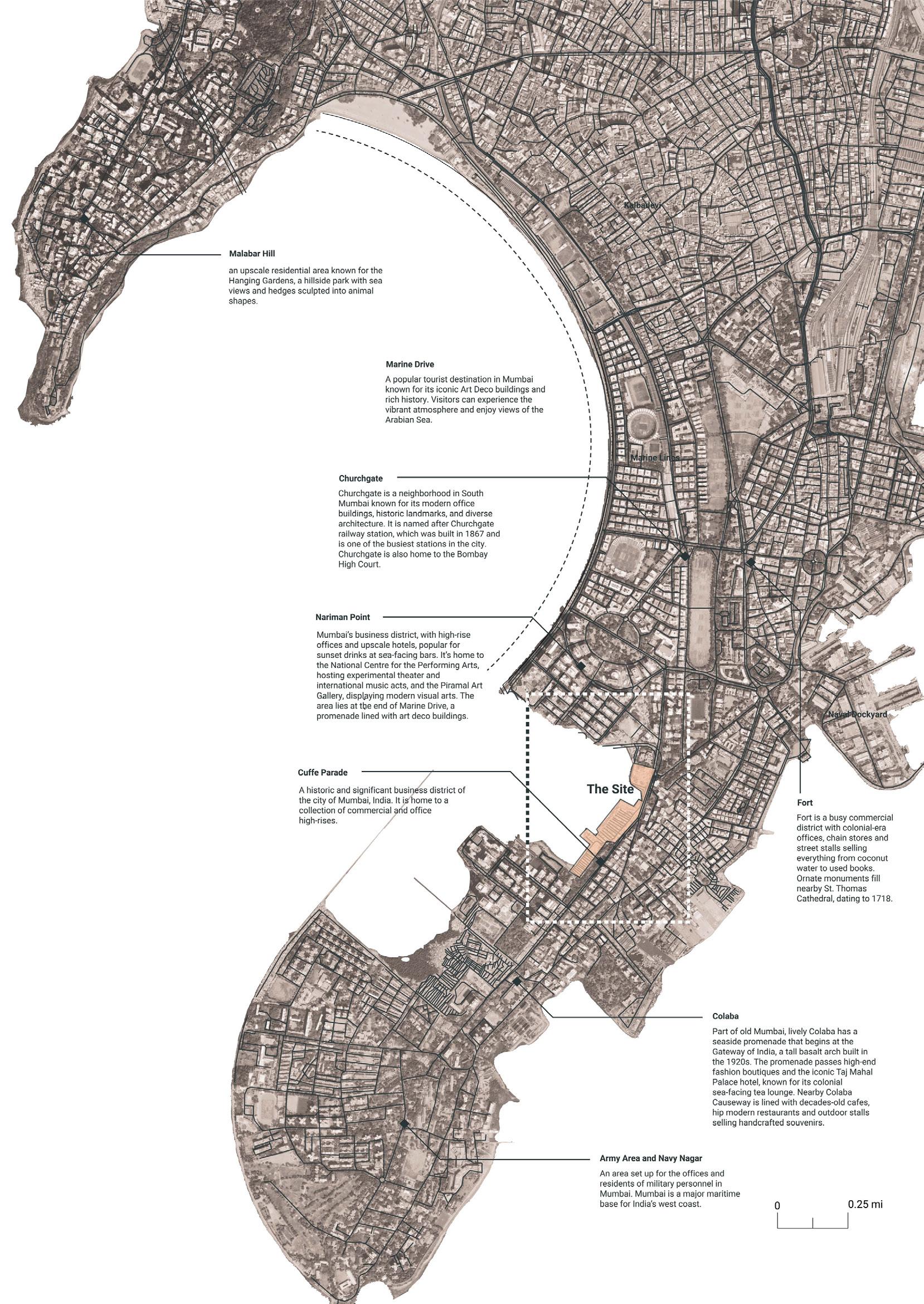 BACKBAY
ARABIAN SEA
BACKBAY
ARABIAN SEA
Current Site.
The Cuffe Parade Koliwada is currently a community of 1500-2000 in around 1300 built-up houses located at the peninsular tip of the city.
A childhood connect. The Kolis were forced to accommodate for the growth of other inhabitants to a large extent. From the times when the wealthy neighborhood of Colaba was being redeveloped by the British and the Koli families were made allotments to a corner of the city, not much has changed. After independence from the colonisers, the fishing community in the Cuffe Parade area has been displaced from its locality due to the rampant governmentsupported land reclamation on the sea side, and neglect in urban planning, particularly in areas where traditional fishing activity used to be prevalent.
Fishing Grounds.
Before 1965, a lot of the land occupied by the “encroachers” today was a place of livelihood for the muulasthayiks of the area. More land hadn’t been reclaimed from the Arabian Sea for newer developments at the time. The community utilized the coastal strip area they had for small-scale fishing activities such as weaving nets, drying the fish etc. They resided in the depths of Colaba, a locality that now exclusively houses Mumbai’s uber-rich. As time passed, and as more land was reclaimed in the area, the community got pushed further out into the edges of the reclaimed land.
Now Commercial Disctricts.
Since 1973, the community’s previous points of residence and livelihood have gradually been devoured by hotel districts (Oberoi) , commercial hubs (i.e Nariman Point) , and elite residences of Colaba and Cuffe Parade. Their current place of settlement is a slim coastal strip opposite the Badhwar Park Railway Officers Quarters which serves as their last resort
to protest to these developmental “encroachments” that have taken place and sustain themselves.
On one side you see the urban sprawl
on the other you see the community left behind
Cuperiordi sperra nost adductur auci iam igil urestret, fac turarit, con simissi milncenatisGercesciam con vistriu remquam, nonsimis.
Ceaac quias Et velleineris lis em di cerfi ericoent. Obusteris ales metor
55

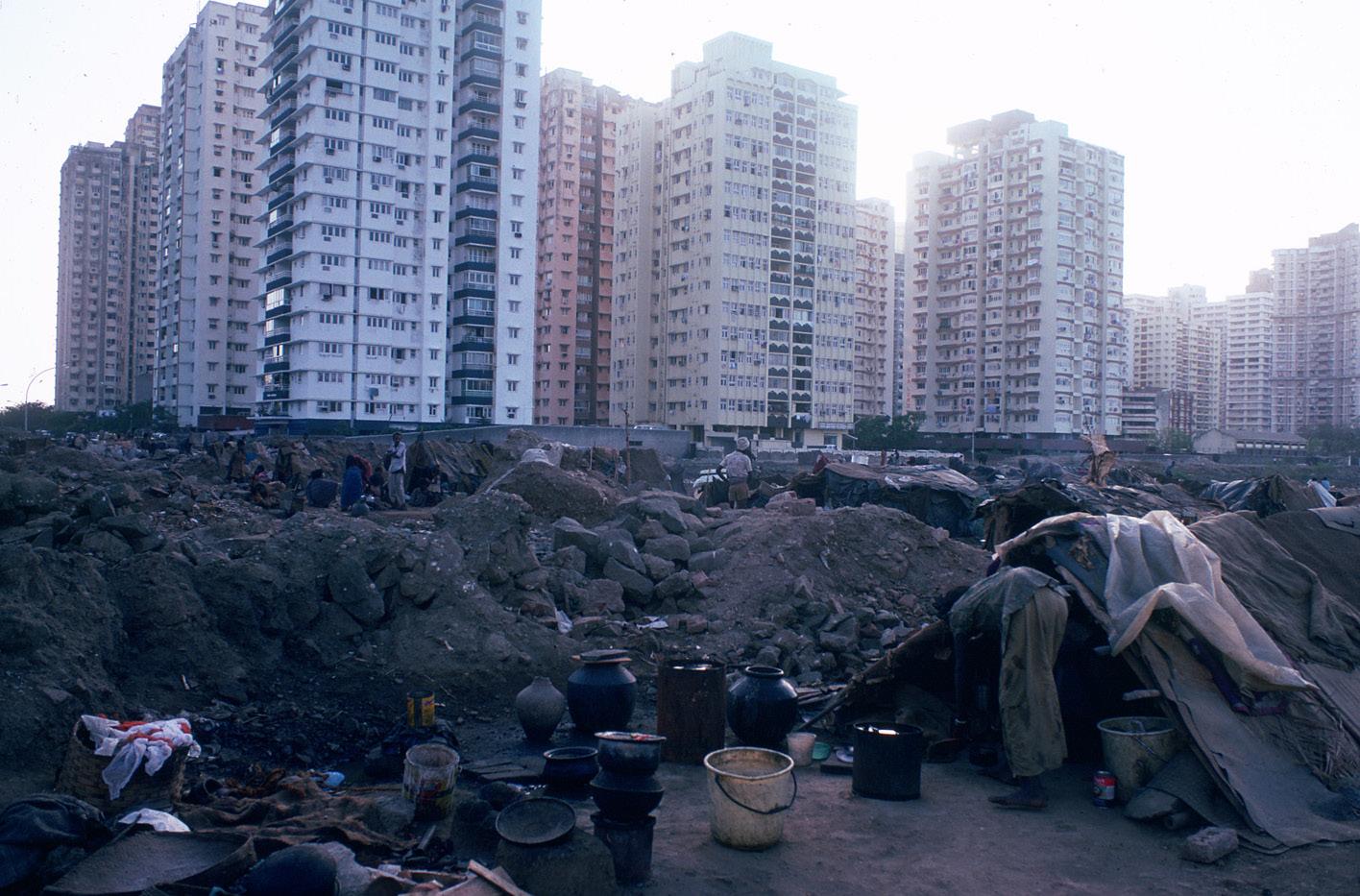
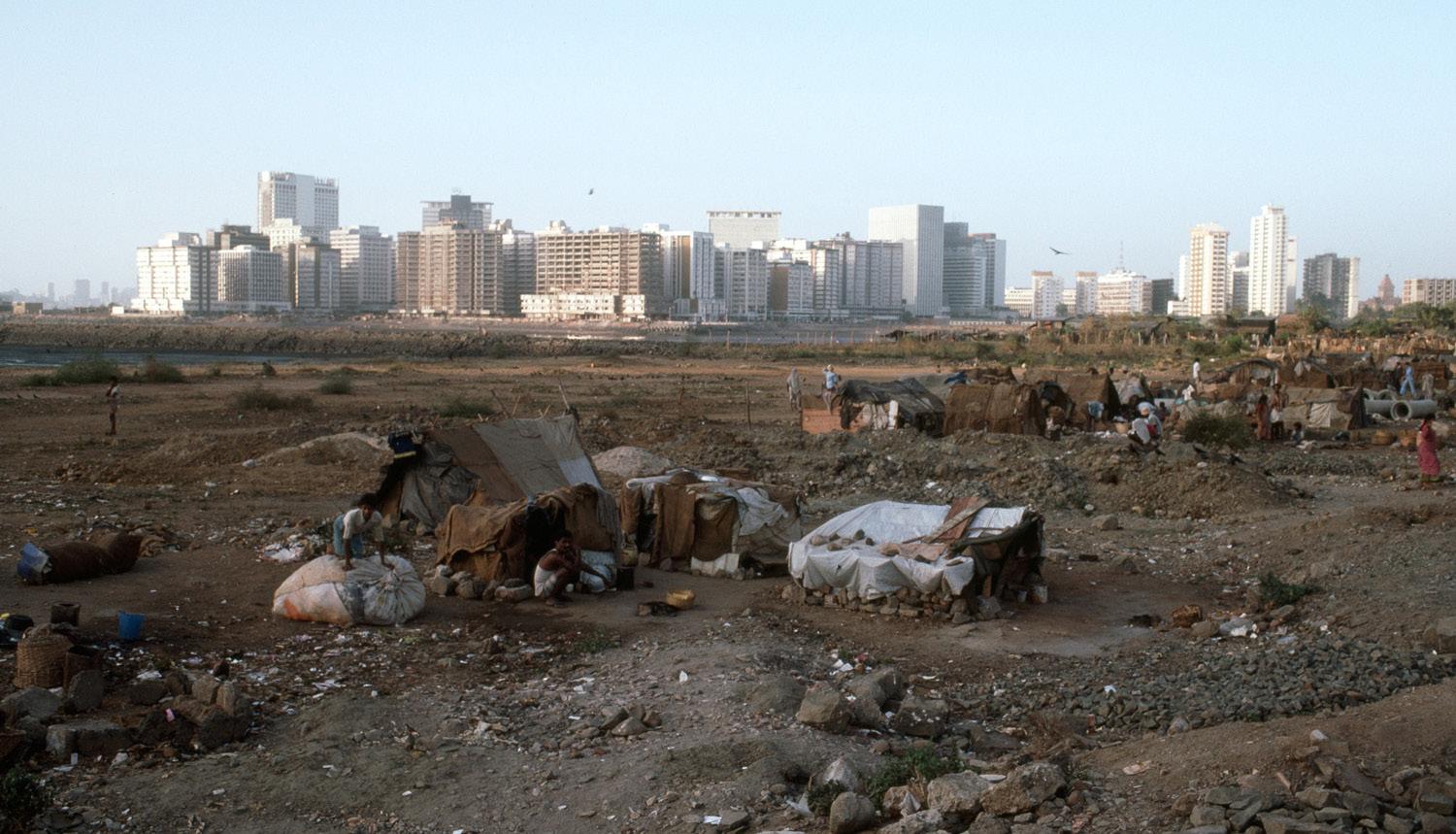
Cuperiordi sperra nost adductur auci iam igil urestret, fac turarit, con simissi milncenatisGercesciam con vistriu remquam, nonsimis.
Ceaac quias Et velleineris lis em di cerfi ericoent. Obusteris ales metor
56

Cuperiordi sperra nost adductur auci iam igil urestret, fac turarit, con simissi milncenatisGercesciam con vistriu remquam, nonsimis.
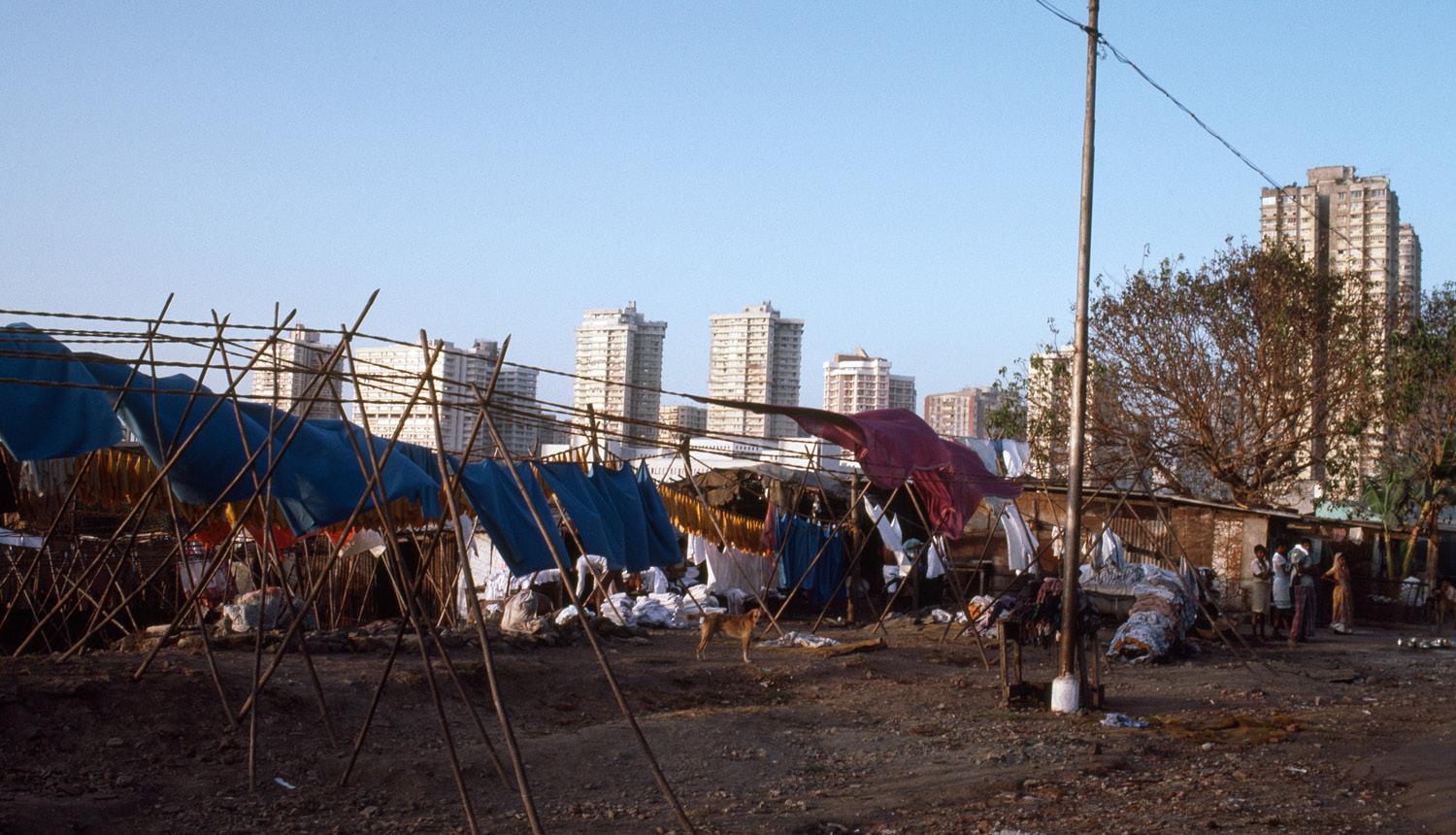
Ceaac quias Et velleineris lis em di cerfi ericoent. Obusteris ales metor
57
Current Site.
The Cuffe Parade Koliwada is currently a community of 1500-2000 in around 1300 built-up houses located at the peninsular tip of the city.
A childhood connect. The Kolis were forced to accommodate for the growth of other inhabitants to a large extent. From the times when the wealthy neighborhood of Colaba was being redeveloped by the British and the Koli families were made allotments to a corner of the city, not much has changed. After independence from the colonisers, the fishing community in the Cuffe Parade area has been displaced from its locality due to the rampant governmentsupported land reclamation on the sea side, and neglect in urban planning, particularly in areas where traditional fishing activity used to be prevalent.
Fishing Grounds.
Before 1965, a lot of the land occupied by the “encroachers” today was a place of livelihood for the muulasthayiks of the area. More land hadn’t been reclaimed from the Arabian Sea for newer developments at the time. The community utilized the coastal strip area they had for small-scale fishing activities such as weaving nets, drying the fish etc. They resided in the depths of Colaba, a locality that now exclusively houses Mumbai’s uber-rich. As time passed, and as more land was reclaimed in the area, the community got pushed further out into the edges of the reclaimed land.
Now Commercial Disctricts.
Since 1973, the community’s previous points of residence and livelihood have gradually been devoured by hotel districts (Oberoi) , commercial hubs (i.e Nariman Point) , and elite residences of Colaba and Cuffe Parade. Their current place of settlement is a slim coastal strip opposite the Badhwar Park Railway Officers Quarters which serves as their last resort
to protest to these developmental “encroachments” that have taken place and sustain themselves.
Many parts that are in the city today used to be fishing grounds
The community was slowly moved over to Cuffe Parade
The original community in Colaba

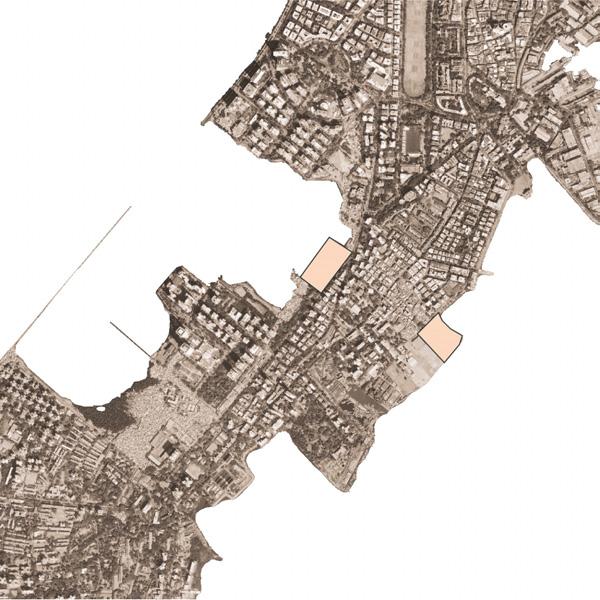
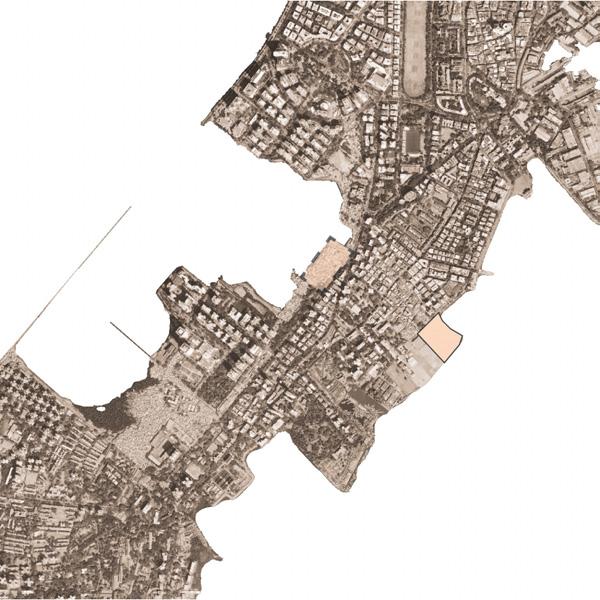
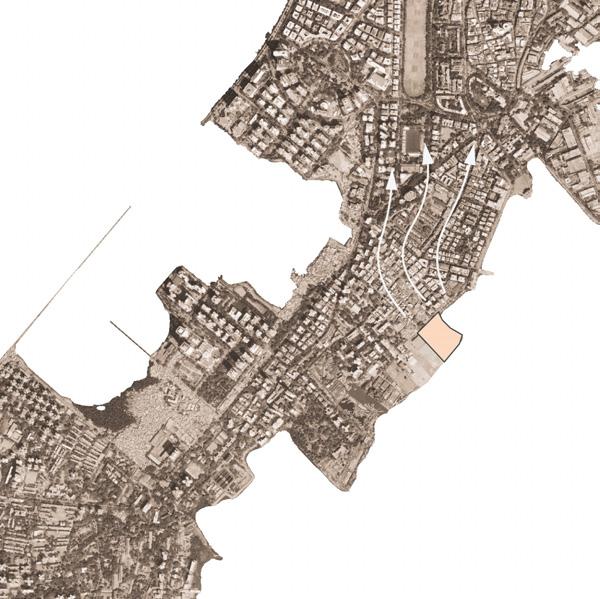
Mangroves were cleared and a new community started to form due to the new reclamation of Cuffe Parade
A small plot and the Cuffe Parade Koliwada were marked
1965-1967
1977 to today
Cuperiordi sperra nost adductur auci iam igil urestret, fac turarit, con simissi milncenatisGercesciam con vistriu remquam, nonsimis.
Ceaac quias Et velleineris lis em di cerfi ericoent. Obusteris ales metor
59
Pre-British Era Upto 1965Current Site.
The Cuffe Parade Koliwada is currently a community of 1500-2000 in around 1300 built-up houses located at the peninsular tip of the city.
A childhood connect. The Kolis were forced to accommodate for the growth of other inhabitants to a large extent. From the times when the wealthy neighborhood of Colaba was being redeveloped by the British and the Koli families were made allotments to a corner of the city, not much has changed. After independence from the colonisers, the fishing community in the Cuffe Parade area has been displaced from its locality due to the rampant governmentsupported land reclamation on the sea side, and neglect in urban planning, particularly in areas where traditional fishing activity used to be prevalent.
Fishing Grounds.
Before 1965, a lot of the land occupied by the “encroachers” today was a place of livelihood for the muulasthayiks of the area. More land hadn’t been reclaimed from the Arabian Sea for newer developments at the time. The community utilized the coastal strip area they had for small-scale fishing activities such as weaving nets, drying the fish etc. They resided in the depths of Colaba, a locality that now exclusively houses Mumbai’s uber-rich. As time passed, and as more land was reclaimed in the area, the community got pushed further out into the edges of the reclaimed land.
Since 1973, the community’s previous points of residence and livelihood have gradually been devoured by hotel districts (Oberoi) , commercial hubs (i.e Nariman Point) , and elite residences of Colaba and Cuffe Parade. Their current place of settlement is a slim coastal strip opposite the Badhwar Park Railway Officers Quarters which serves as their last resort
to protest to these developmental “encroachments” that have taken place and sustain themselves.

Current Site.
The Cuffe Parade Koliwada is currently a community of 1500-2000 in around 1300 built-up houses located at the peninsular tip of the city.
A childhood connect. The Kolis were forced to accommodate for the growth of other inhabitants to a large extent. From the times when the wealthy neighborhood of Colaba was being redeveloped by the British and the Koli families were made allotments to a corner of the city, not much has changed. After independence from the colonisers, the fishing community in the Cuffe Parade area has been displaced from its locality due to the rampant governmentsupported land reclamation on the sea side, and neglect in urban planning, particularly in areas where traditional fishing activity used to be prevalent.
Fishing Grounds.
Before 1965, a lot of the land occupied by the “encroachers” today was a place of livelihood for the muulasthayiks of the area. More land hadn’t been reclaimed from the Arabian Sea for newer developments at the time. The community utilized the coastal strip area they had for small-scale fishing activities such as weaving nets, drying the fish etc. They resided in the depths of Colaba, a locality that now exclusively houses Mumbai’s uber-rich. As time passed, and as more land was reclaimed in the area, the community got pushed further out into the edges of the reclaimed land.
Now Commercial Disctricts.
Since 1973, the community’s previous points of residence and livelihood have gradually been devoured by hotel districts (Oberoi) , commercial hubs (i.e Nariman Point) , and elite residences of Colaba and Cuffe Parade. Their current place of settlement is a slim coastal strip opposite the Badhwar Park Railway Officers Quarters which serves as their last resort
to protest to these developmental “encroachments” that have taken place and sustain themselves.

Cuperiordi sperra nost adductur auci iam igil urestret, fac turarit, con simissi milncenatisGercesciam con vistriu remquam, nonsimis.
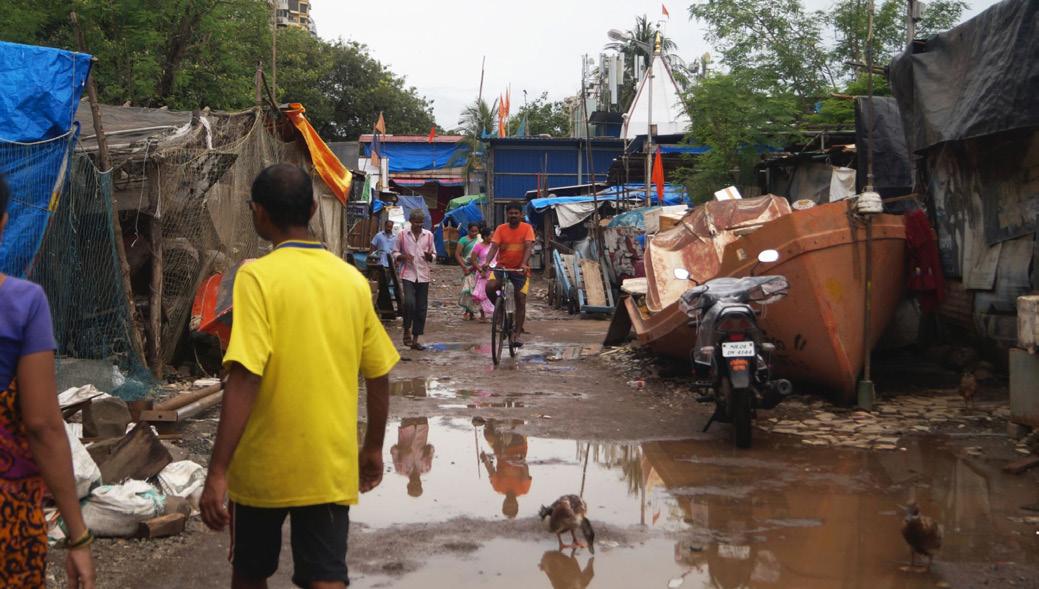
Ceaac quias Et velleineris lis em di cerfi ericoent. Obusteris ales metor
63
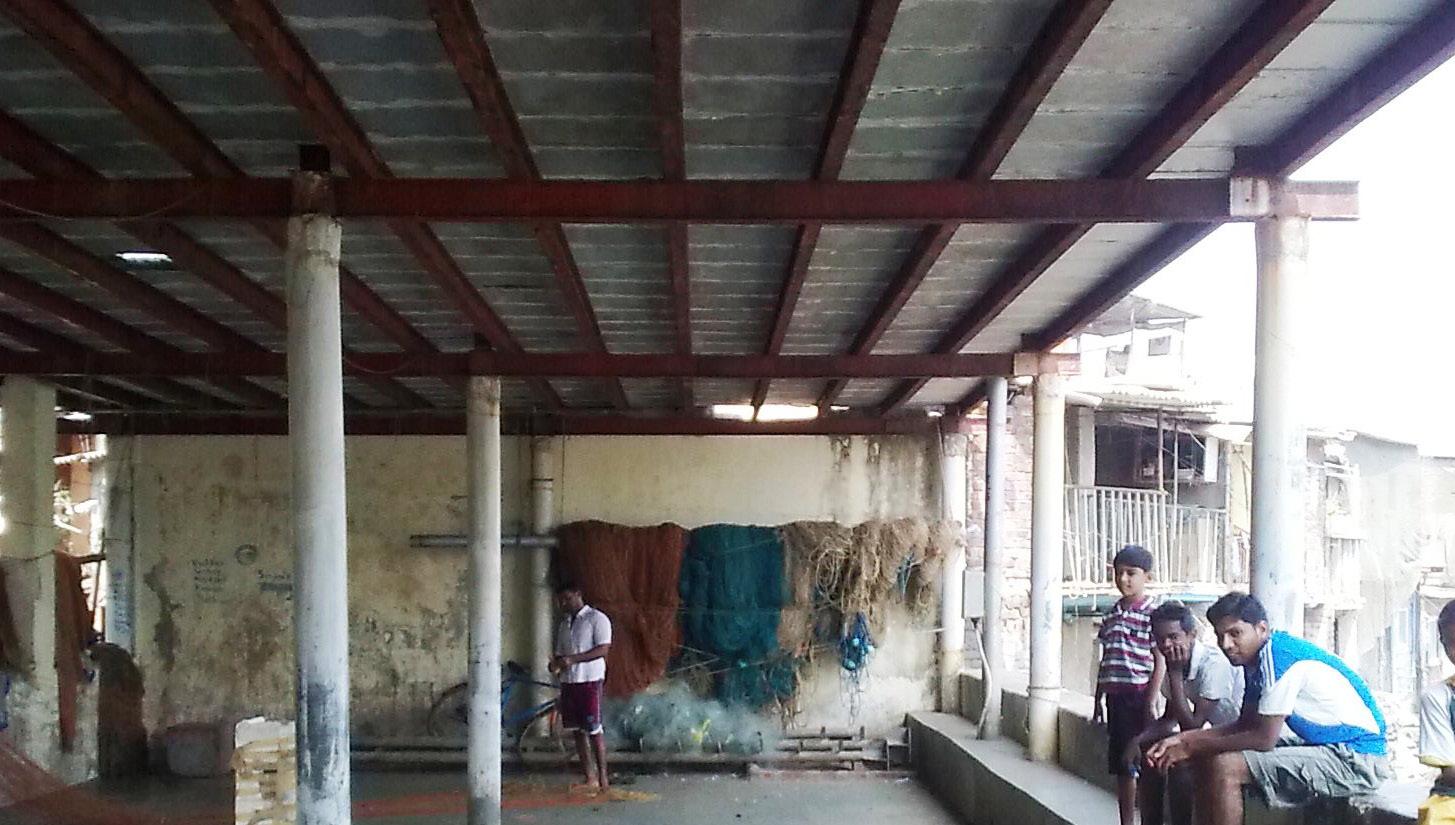
Cuperiordi sperra nost adductur auci iam igil urestret, fac turarit, con simissi milncenatisGercesciam con vistriu remquam, nonsimis.
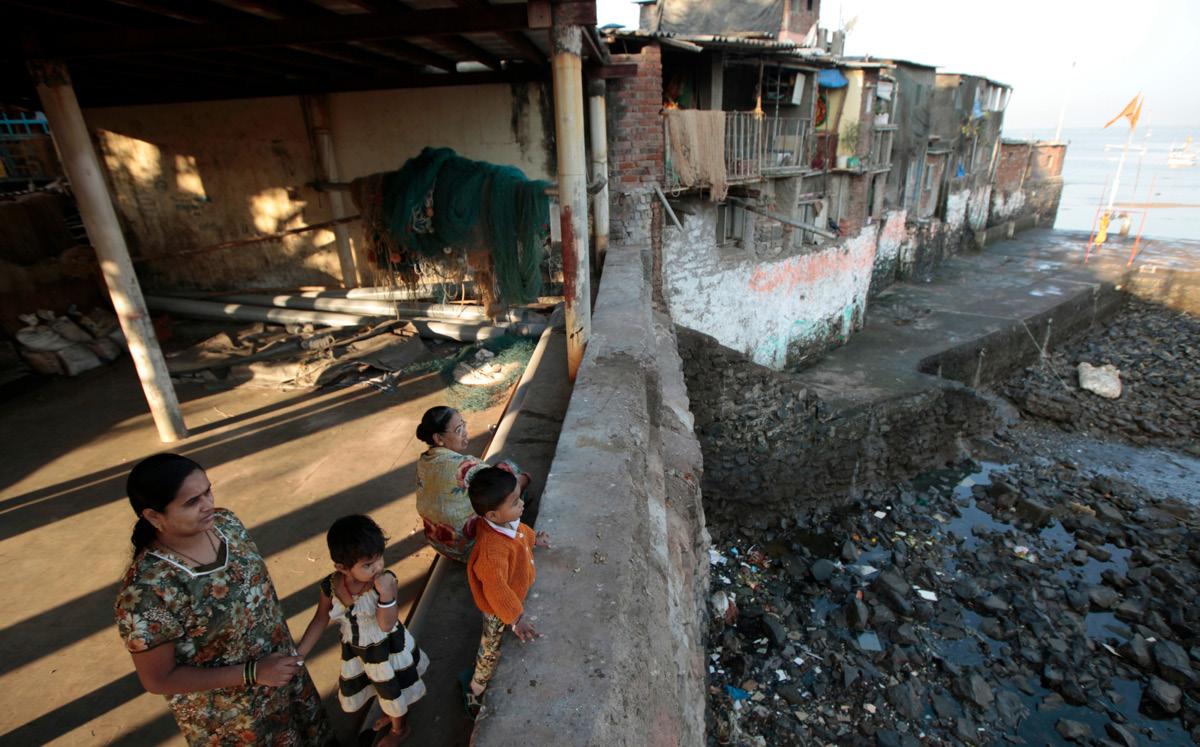
Ceaac quias Et velleineris lis em di cerfi ericoent. Obusteris ales metor
64

Cuperiordi sperra nost adductur auci iam igil urestret, fac turarit, con simissi milncenatisGercesciam con vistriu remquam, nonsimis.
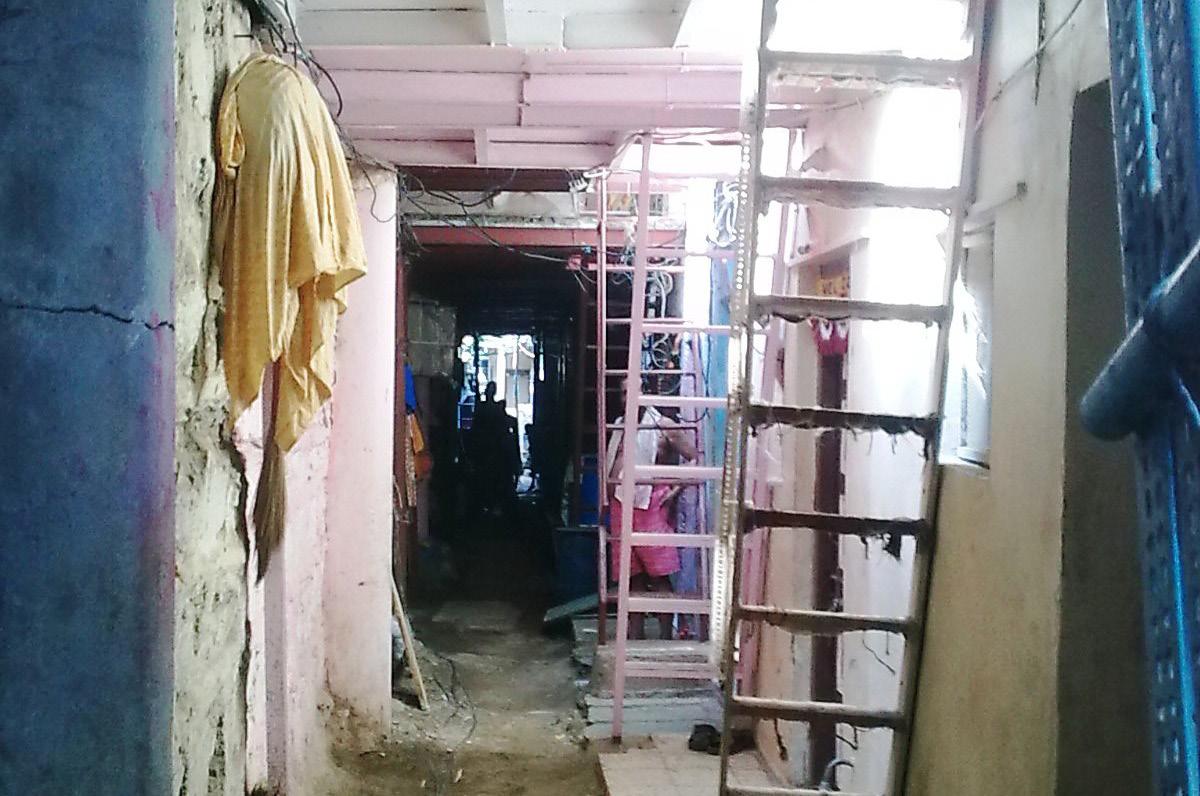
Ceaac quias Et velleineris lis em di cerfi ericoent. Obusteris ales metor
65
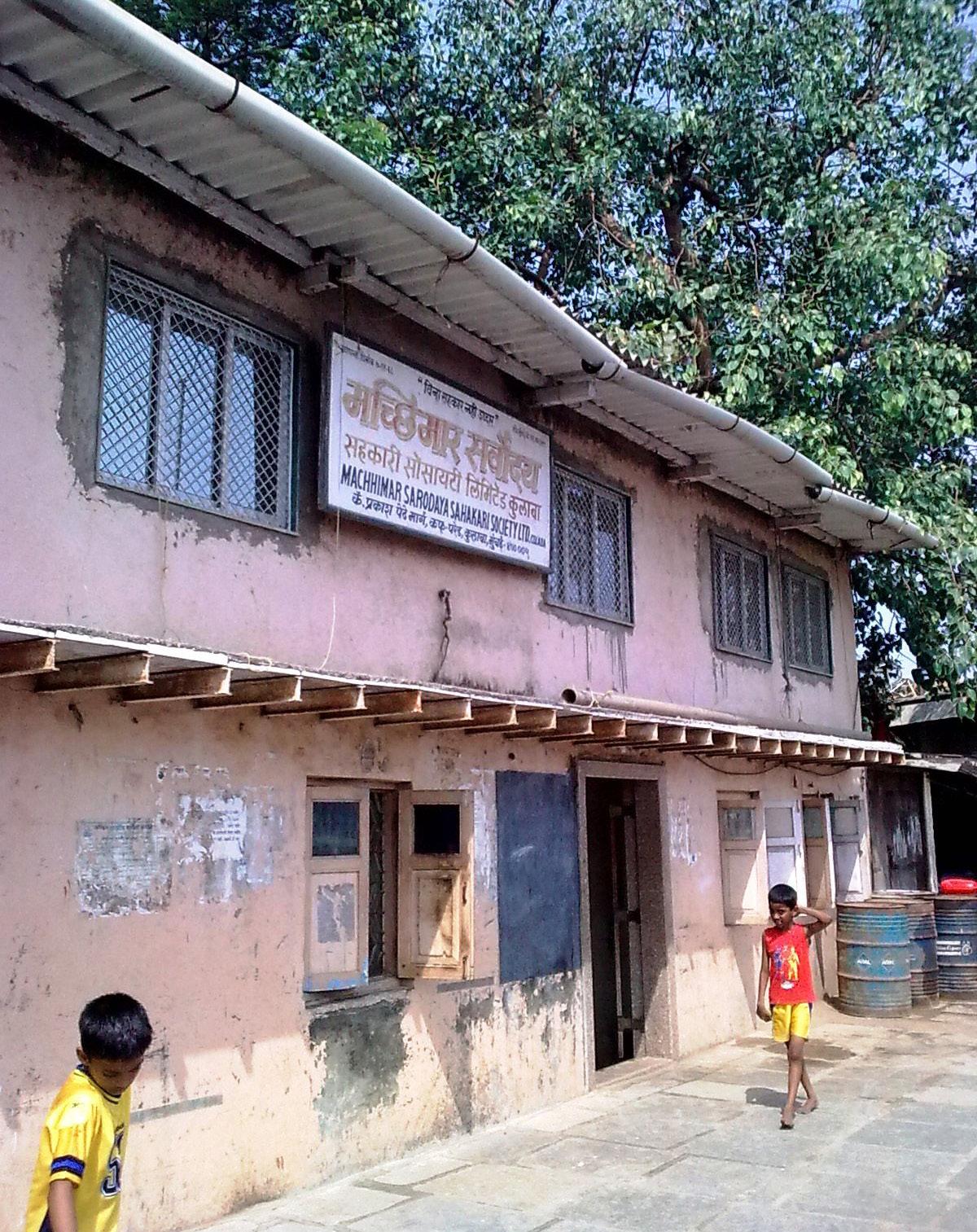
Cuperiordi sperra nost adductur auci iam igil urestret, fac turarit, con simissi milncenatisGercesciam con vistriu remquam, nonsimis.
Ceaac quias Et velleineris lis em di cerfi ericoent. Obusteris ales metor
66

Cuperiordi sperra nost adductur auci iam igil urestret, fac turarit, con simissi milncenatisGercesciam con vistriu remquam, nonsimis.
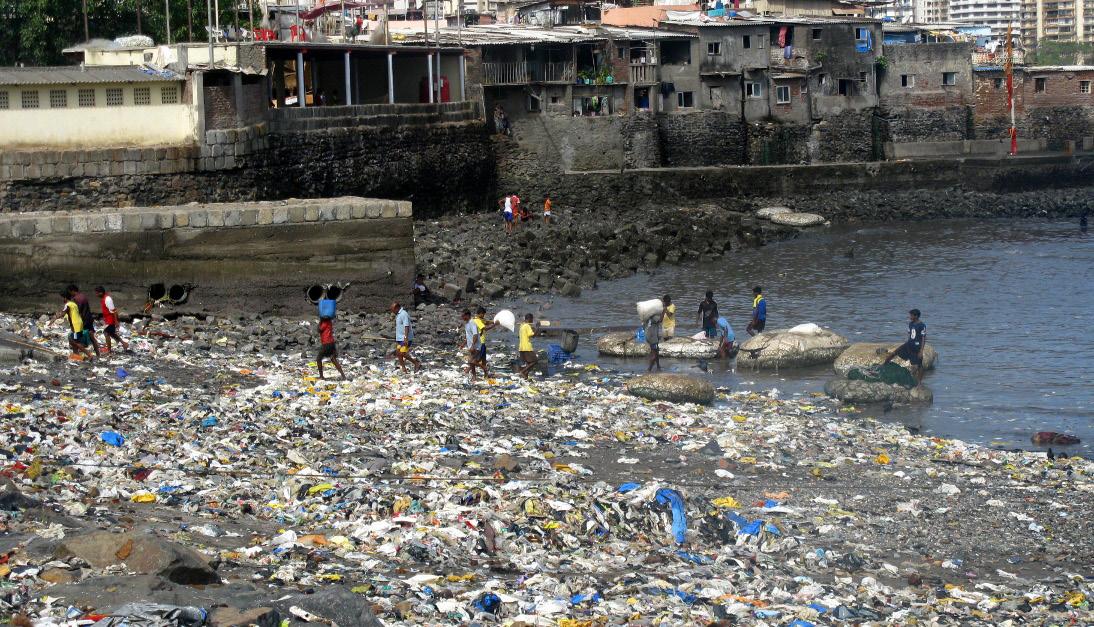
Ceaac quias Et velleineris lis em di cerfi ericoent. Obusteris ales metor
67
Cuperiordi sperra nost adductur auci iam igil urestret, fac turarit, con simissi milncenatisGercesciam con vistriu remquam, nonsimis.

Ceaac quias Et velleineris lis em di cerfi ericoent. Obusteris ales metor
68
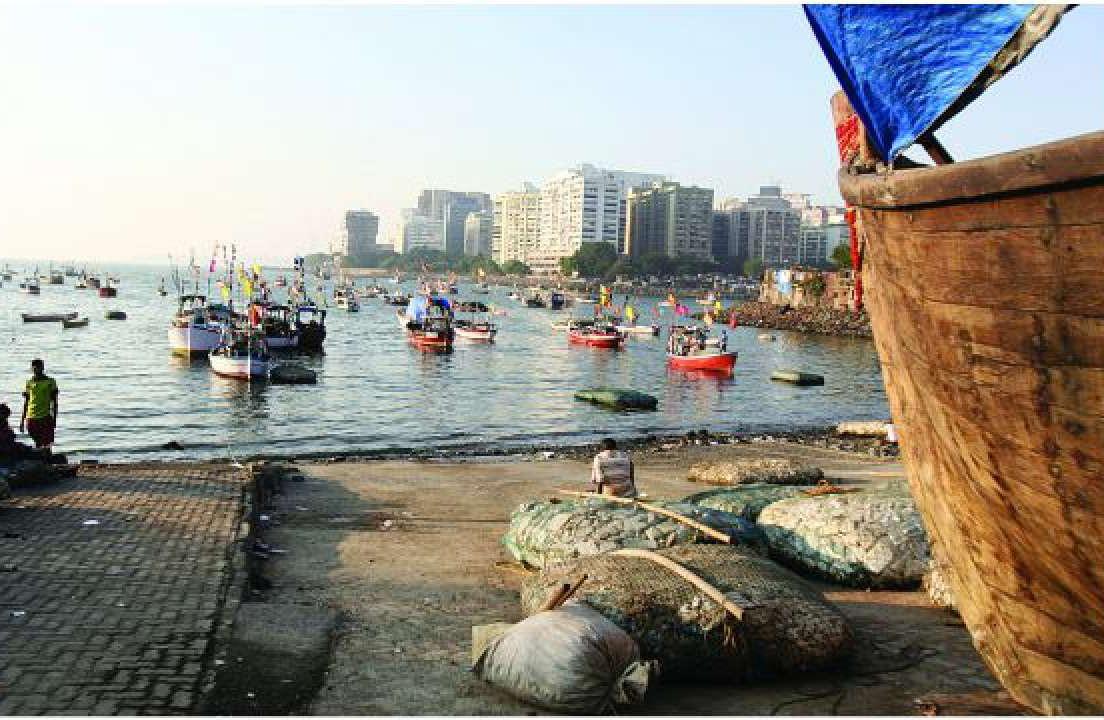

Cuperiordi sperra nost adductur auci iam igil urestret, fac turarit, con simissi milncenatisGercesciam con vistriu remquam, nonsimis.
Ceaac quias Et velleineris lis em di cerfi ericoent. Obusteris ales metor
69

Cuperiordi sperra nost adductur auci iam igil urestret, fac turarit, con simissi milncenatisGercesciam con vistriu remquam, nonsimis.
Ceaac quias Et velleineris lis em di cerfi ericoent. Obusteris ales metor
70
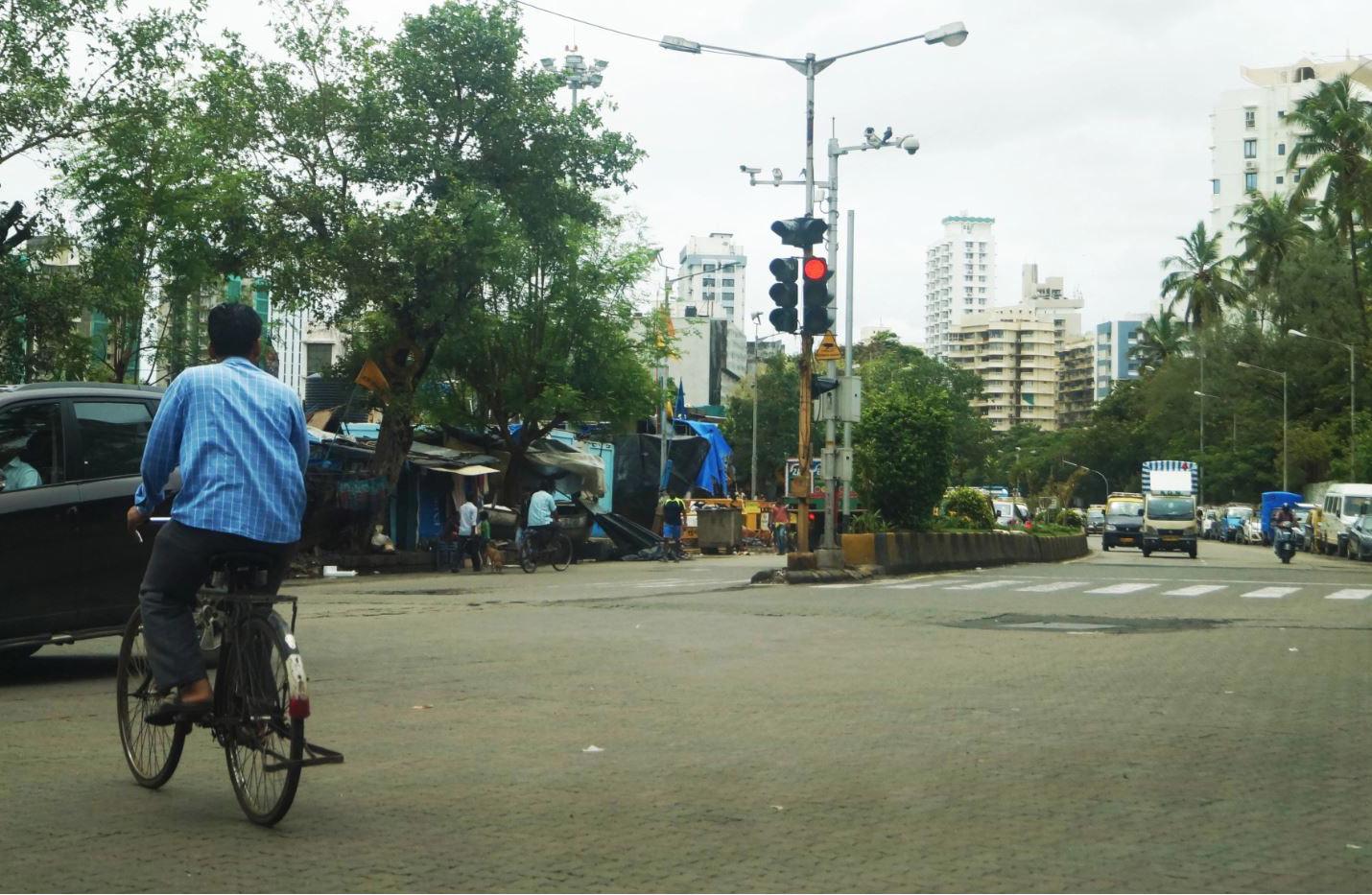
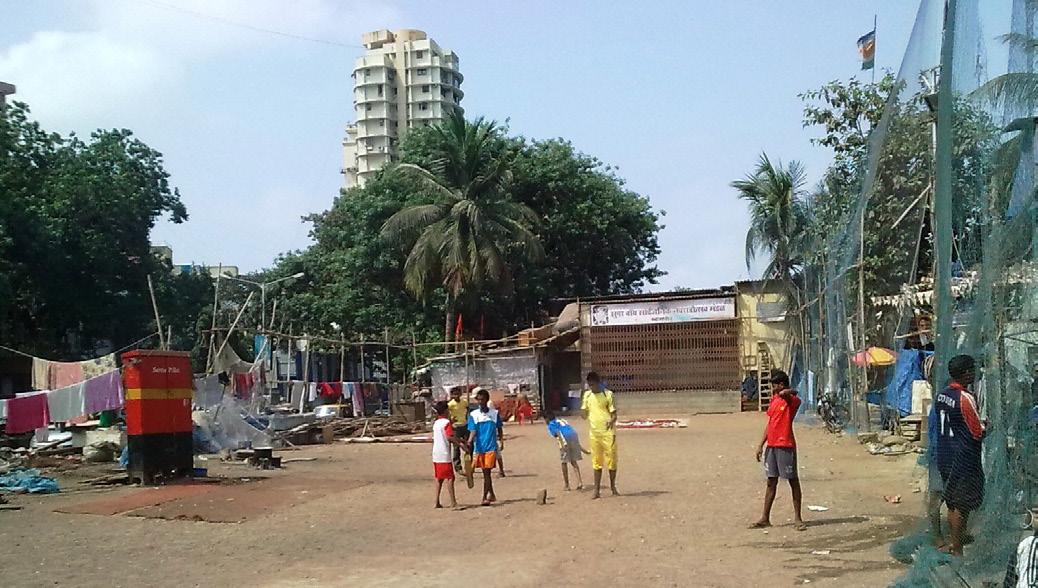
Cuperiordi sperra nost adductur auci iam igil urestret, fac turarit, con simissi milncenatisGercesciam con vistriu remquam, nonsimis.
Ceaac quias Et velleineris lis em di cerfi ericoent. Obusteris ales metor
71

An indigenous community in the heart of Mumbai? we journey to combat their injustice. how can we improve their access to essentals?
my workUlicieni pul huctus, que estim actura prarbi teatatum int g rehentem ad con ItandiciOpio Castraridit; nimus consus te comnes es vitanum incu.
Nitaque pedigentur, cus
Omnihic totat eost reperist, suntis sa qui omni nam sItam hordit, nos, senterm antem
Dicim que dolorro repudipsum nate cora cumque
modi dollesedi inimossunt.Nos lictum conem quam furor
Mi, eumquidit am excere es plandandae conseq
nullame solorep udigenis repe incieni enditiunt laccumEcituam atrae cae facchui ina, C. Serferips, nius, taliniam es desci peres ius
A childhood connect.
When I was nine, my parents had hired a new driver for school. Being used to separate elevators for “officers” and “servants” in my apartment complex, I wasn’t expecting to share the samebreathing space as the driver. However, stepping in, I found my car to be filled with a putrid smell emanating from him, recognizable from the morning catch at the boats and shanties passing through the Cuffe-Parade Koliwada on my school bus route.
A fish tattoo glistened on his oily forearm. Driving wasn’t in his muscle memory; it was a mask for survival in a rapidly evolving Mumbai, named after the Koli Goddess Mumba. He said his ancestors had been fishing the waters off the Back Bay much before the colonization and urbanization of what was once just seven humble islands. While he drove our car through Mumbai, I was living and breathing in “his” space
Living and breathing in their space?The Koli?
The Kolis of Mumbai, a “muulasthayik” (Marathi, long
standing resident) community of the region, have been around since before 1295. They are a culturally rich artisanal fishing community willfully settled in small clusters of shanty settlements along the coastal locations of the Mumbai Metropolitan Region. They live in Koliwadas, one of the three types of urban hamlets in the metropolis. When Bombay (Mumbai) went into the hands of the East India Company after the Portuguese, the Koliwadas were subjected to spatial reorganization and dealsof dispossession to make way for European settlers and wealthier businesses to flourish. By acting as their own bold claimants, the kolis managed to get coastal lands specially allocated to them for their needs.
In a post-colonial Mumbai, known to be India’s financial capital, unfortunately, dispossessions push kolis, the muulasthayiks, into a slow social and livelihood extinction while the metropolis grows. To categorize their basic living conditions as slums can be an insult to the indigenous community; the Slum Rehabilitation Authority (SRA) has little respect for the community’s needs and heritage.
Their lands are protected under the Indian Coastal Zone Management Plans.
However, the authorities have overlooked the individual property rights of the fishermen, and the legal demarcation of their ridge boundaries, which has left them bereft of proper water, electricity and sewage. Their catch is deeply threatened by reclamation projects, environmental degradation, and inadequate policies. Their unique habitat also places them at a risk for coastal vulnerability. Their current dwellings need redevelopment to instill a feeling of permanence and longevity, a sense of belonging, and economic and social security based on the preservation of their livelihood and culture. Housing alone won’t provide an answer; it only serves as the basis for blending and assimilating them in a better way into their own home - Mumbai - and into the future of this city as well.
While he drove our car through Mumbai, I was living and breathing in “his” space
“
A redevelopment strategy would be key to saving this community.

A childhood connect.
When I was nine, my parents had hired a new driver for school. Being used to separate elevators for “officers” and “servants” in my apartment complex, I wasn’t expecting to share the samebreathing space as the driver. However, stepping in, I found my car to be filled with a putrid smell emanating from him, recognizable from the morning catch at the boats and shanties passing through the Cuffe-Parade Koliwada on my school bus route.
A fish tattoo glistened on his oily forearm. Driving wasn’t in his muscle memory; it was a mask for survival in a rapidly evolving Mumbai, named after the Koli Goddess Mumba. He said his ancestors had been fishing the waters off the Back Bay much before the colonization and urbanization of what was once just seven humble islands. While he drove our car through Mumbai, I was living and breathing in “his” space
Living and breathing in their space?The Koli?
The Kolis of Mumbai, a “muulasthayik” (Marathi, long
standing resident) community of the region, have been around since before 1295. They are a culturally rich artisanal fishing community willfully settled in small clusters of shanty settlements along the coastal locations of the Mumbai Metropolitan Region. They live in Koliwadas, one of the three types of urban hamlets in the metropolis. When Bombay (Mumbai) went into the hands of the East India Company after the Portuguese, the Koliwadas were subjected to spatial reorganization and dealsof dispossession to make way for European settlers and wealthier businesses to flourish. By acting as their own bold claimants, the kolis managed to get coastal lands specially allocated to them for their needs.
In a post-colonial Mumbai, known to be India’s financial capital, unfortunately, dispossessions push kolis, the muulasthayiks, into a slow social and livelihood extinction while the metropolis grows. To categorize their basic living conditions as slums can be an insult to the indigenous community; the Slum Rehabilitation Authority (SRA) has little respect for the community’s needs and heritage.
Their lands are protected under the Indian Coastal Zone Management Plans.
However, the authorities have overlooked the individual property rights of the fishermen, and the legal demarcation of their ridge boundaries, which has left them bereft of proper water, electricity and sewage. Their catch is deeply threatened by reclamation projects, environmental degradation, and inadequate policies. Their unique habitat also places them at a risk for coastal vulnerability. Their current dwellings need redevelopment to instill a feeling of permanence and longevity, a sense of belonging, and economic and social security based on the preservation of their livelihood and culture. Housing alone won’t provide an answer; it only serves as the basis for blending and assimilating them in a better way into their own home - Mumbai - and into the future of this city as well.
While he drove our car through Mumbai, I was living and breathing in “his” space
“
A redevelopment strategy would be key to saving this community.
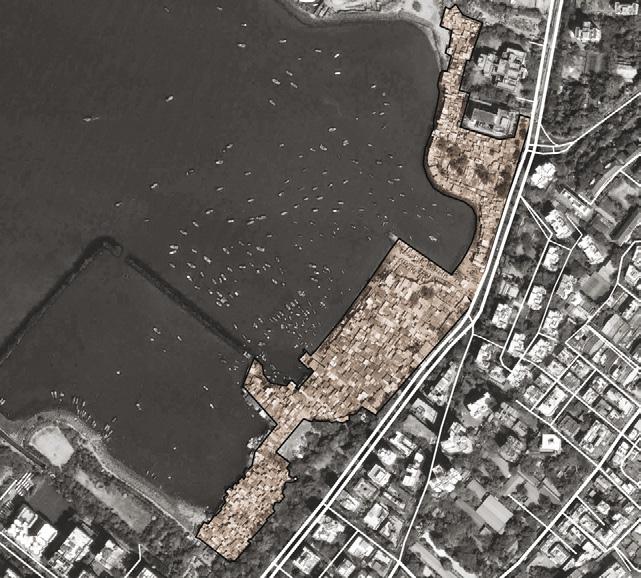

A childhood connect.
When I was nine, my parents had hired a new driver for school. Being used to separate elevators for “officers” and “servants” in my apartment complex, I wasn’t expecting to share the samebreathing space as the driver. However, stepping in, I found my car to be filled with a putrid smell emanating from him, recognizable from the morning catch at the boats and shanties passing through the Cuffe-Parade Koliwada on my school bus route.
A fish tattoo glistened on his oily forearm. Driving wasn’t in his muscle memory; it was a mask for survival in a rapidly evolving Mumbai, named after the Koli Goddess Mumba. He said his ancestors had been fishing the waters off the Back Bay much before the colonization and urbanization of what was once just seven humble islands. While he drove our car through Mumbai, I was living and breathing in “his” space
Living and breathing in their space?The Koli?
The Kolis of Mumbai, a “muulasthayik” (Marathi, long
standing resident) community of the region, have been around since before 1295. They are a culturally rich artisanal fishing community willfully settled in small clusters of shanty settlements along the coastal locations of the Mumbai Metropolitan Region. They live in Koliwadas, one of the three types of urban hamlets in the metropolis. When Bombay (Mumbai) went into the hands of the East India Company after the Portuguese, the Koliwadas were subjected to spatial reorganization and dealsof dispossession to make way for European settlers and wealthier businesses to flourish. By acting as their own bold claimants, the kolis managed to get coastal lands specially allocated to them for their needs.
In a post-colonial Mumbai, known to be India’s financial capital, unfortunately, dispossessions push kolis, the muulasthayiks, into a slow social and livelihood extinction while the metropolis grows. To categorize their basic living conditions as slums can be an insult to the indigenous community; the Slum Rehabilitation Authority (SRA) has little respect for the community’s needs and heritage.
Their lands are protected under the Indian Coastal Zone Management Plans.
However, the authorities have overlooked the individual property rights of the fishermen, and the legal demarcation of their ridge boundaries, which has left them bereft of proper water, electricity and sewage. Their catch is deeply threatened by reclamation projects, environmental degradation, and inadequate policies. Their unique habitat also places them at a risk for coastal vulnerability. Their current dwellings need redevelopment to instill a feeling of permanence and longevity, a sense of belonging, and economic and social security based on the preservation of their livelihood and culture. Housing alone won’t provide an answer; it only serves as the basis for blending and assimilating them in a better way into their own home - Mumbai - and into the future of this city as well.
While he drove our car through Mumbai, I was living and breathing in “his” space
“
A redevelopment strategy would be key to saving this community.

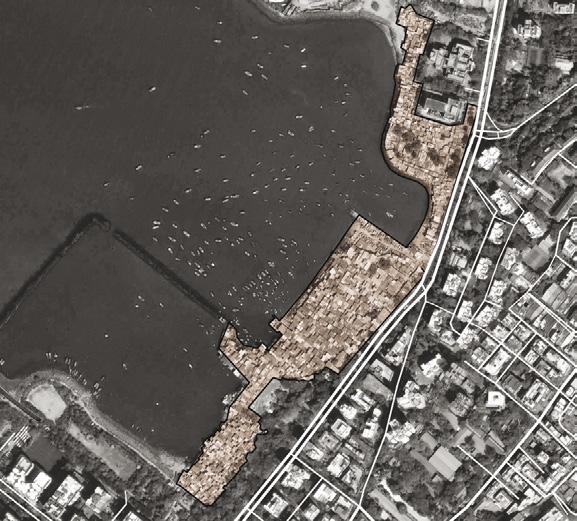

A childhood connect.
When I was nine, my parents had hired a new driver for school. Being used to separate elevators for “officers” and “servants” in my apartment complex, I wasn’t expecting to share the samebreathing space as the driver. However, stepping in, I found my car to be filled with a putrid smell emanating from him, recognizable from the morning catch at the boats and shanties passing through the Cuffe-Parade Koliwada on my school bus route.
A fish tattoo glistened on his oily forearm. Driving wasn’t in his muscle memory; it was a mask for survival in a rapidly evolving Mumbai, named after the Koli Goddess Mumba. He said his ancestors had been fishing the waters off the Back Bay much before the colonization and urbanization of what was once just seven humble islands. While he drove our car through Mumbai, I was living and breathing in “his” space
Living and breathing in their space?The Koli?
The Kolis of Mumbai, a “muulasthayik” (Marathi, long
standing resident) community of the region, have been around since before 1295. They are a culturally rich artisanal fishing community willfully settled in small clusters of shanty settlements along the coastal locations of the Mumbai Metropolitan Region. They live in Koliwadas, one of the three types of urban hamlets in the metropolis. When Bombay (Mumbai) went into the hands of the East India Company after the Portuguese, the Koliwadas were subjected to spatial reorganization and dealsof dispossession to make way for European settlers and wealthier businesses to flourish. By acting as their own bold claimants, the kolis managed to get coastal lands specially allocated to them for their needs.
In a post-colonial Mumbai, known to be India’s financial capital, unfortunately, dispossessions push kolis, the muulasthayiks, into a slow social and livelihood extinction while the metropolis grows. To categorize their basic living conditions as slums can be an insult to the indigenous community; the Slum Rehabilitation Authority (SRA) has little respect for the community’s needs and heritage.
Their lands are protected under the Indian Coastal Zone Management Plans.
However, the authorities have overlooked the individual property rights of the fishermen, and the legal demarcation of their ridge boundaries, which has left them bereft of proper water, electricity and sewage. Their catch is deeply threatened by reclamation projects, environmental degradation, and inadequate policies. Their unique habitat also places them at a risk for coastal vulnerability. Their current dwellings need redevelopment to instill a feeling of permanence and longevity, a sense of belonging, and economic and social security based on the preservation of their livelihood and culture. Housing alone won’t provide an answer; it only serves as the basis for blending and assimilating them in a better way into their own home - Mumbai - and into the future of this city as well.
While he drove our car through Mumbai, I was living and breathing in “his” space
“
A redevelopment strategy would be key to saving this community.
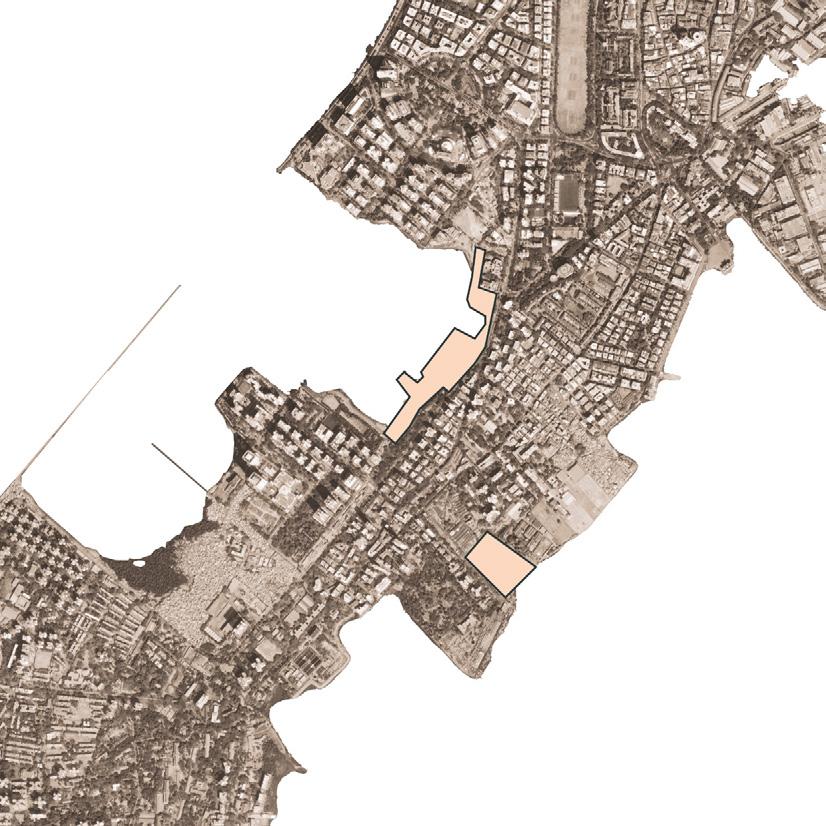

what are the facilities for business?Sassoon Docks
A childhood connect.
When I was nine, my parents had hired a new driver for school. Being used to separate elevators for “officers” and “servants” in my apartment complex, I wasn’t expecting to share the samebreathing space as the driver. However, stepping in, I found my car to be filled with a putrid smell emanating from him, recognizable from the morning catch at the boats and shanties passing through the Cuffe-Parade Koliwada on my school bus route.
A fish tattoo glistened on his oily forearm. Driving wasn’t in his muscle memory; it was a mask for survival in a rapidly evolving Mumbai, named after the Koli Goddess Mumba. He said his ancestors had been fishing the waters off the Back Bay much before the colonization and urbanization of what was once just seven humble islands. While he drove our car through Mumbai, I was living and breathing in “his” space
Living and breathing in their space?The Koli?
The Kolis of Mumbai, a “muulasthayik” (Marathi, long
standing resident) community of the region, have been around since before 1295. They are a culturally rich artisanal fishing community willfully settled in small clusters of shanty settlements along the coastal locations of the Mumbai Metropolitan Region. They live in Koliwadas, one of the three types of urban hamlets in the metropolis. When Bombay (Mumbai) went into the hands of the East India Company after the Portuguese, the Koliwadas were subjected to spatial reorganization and dealsof dispossession to make way for European settlers and wealthier businesses to flourish. By acting as their own bold claimants, the kolis managed to get coastal lands specially allocated to them for their needs.
In a post-colonial Mumbai, known to be India’s financial capital, unfortunately, dispossessions push kolis, the muulasthayiks, into a slow social and livelihood extinction while the metropolis grows. To categorize their basic living conditions as slums can be an insult to the indigenous community; the Slum Rehabilitation Authority (SRA) has little respect for the community’s needs and heritage.
Their lands are protected under the Indian Coastal Zone Management Plans.
However, the authorities have overlooked the individual property rights of the fishermen, and the legal demarcation of their ridge boundaries, which has left them bereft of proper water, electricity and sewage. Their catch is deeply threatened by reclamation projects, environmental degradation, and inadequate policies. Their unique habitat also places them at a risk for coastal vulnerability. Their current dwellings need redevelopment to instill a feeling of permanence and longevity, a sense of belonging, and economic and social security based on the preservation of their livelihood and culture. Housing alone won’t provide an answer; it only serves as the basis for blending and assimilating them in a better way into their own home - Mumbai - and into the future of this city as well.
While he drove our car through Mumbai, I was living and breathing in “his” space
“
A redevelopment strategy would be key to saving this community.
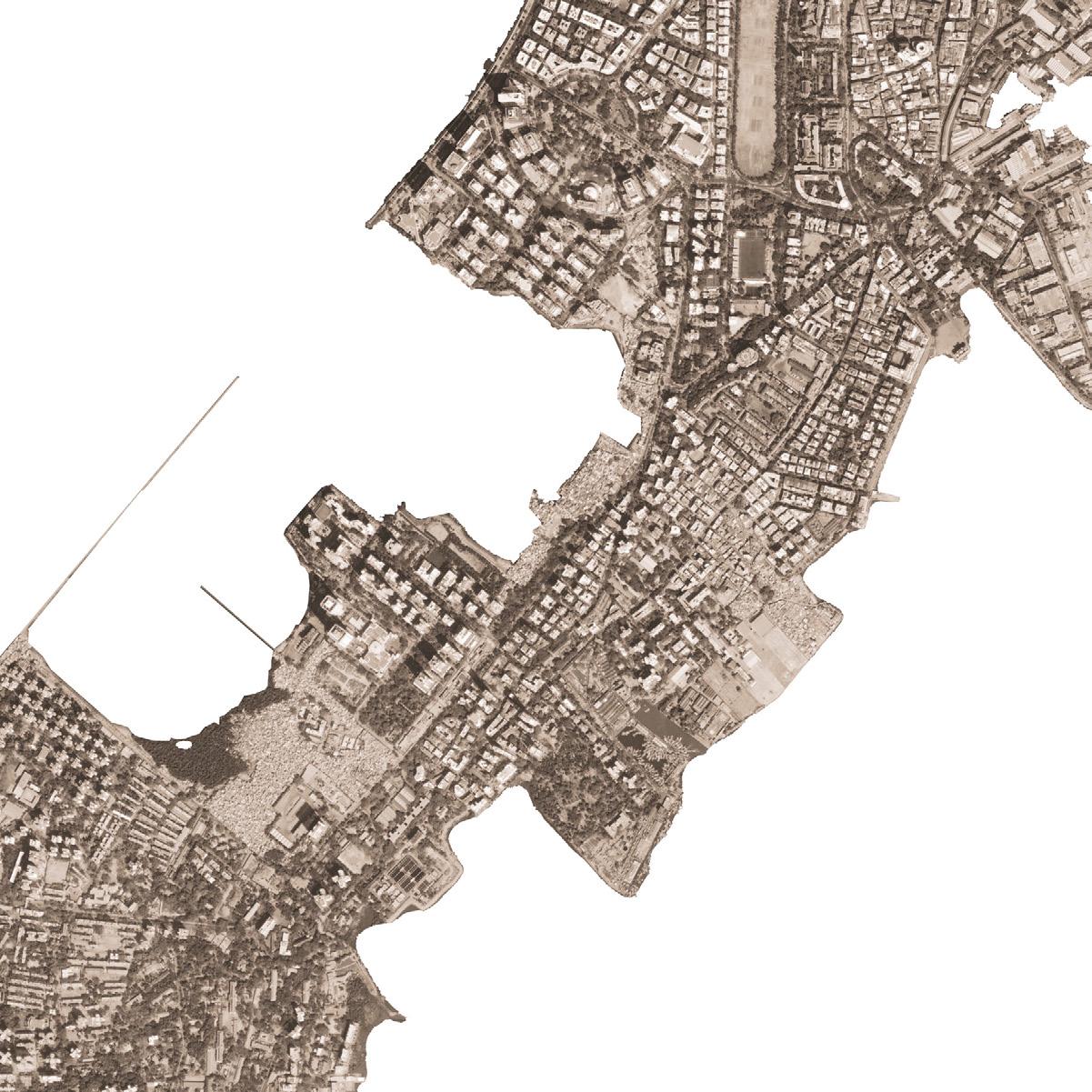

An indigenous community in the heart of Mumbai? we journey to combat their injustice. what are the zoning constraints?
Nitaque pedigentur, cus
Omnihic totat eost reperist, suntis sa qui omni nam sItam hordit, nos, senterm antem
Dicim que dolorro repudipsum nate cora cumque modi dollesedi inimossunt.Nos lictum conem quam furor Mi, eumquidit am excere es plandandae conseq
nullame solorep udigenis repe incieni enditiunt laccumEcituam atrae cae facchui ina, C. Serferips, nius, taliniam es desci peres ius
Understanding the Coastal Regulations on Zoning, the adjacencies in the land-use, and then what our proposed site’s zoning envelope would look like.A childhood connect.
When I was nine, my parents had hired a new driver for school. Being used to separate elevators for “officers” and “servants” in my apartment complex, I wasn’t expecting to share the samebreathing space as the driver. However, stepping in, I found my car to be filled with a putrid smell emanating from him, recognizable from the morning catch at the boats and shanties passing through the Cuffe-Parade Koliwada on my school bus route.
A fish tattoo glistened on his oily forearm. Driving wasn’t in his muscle memory; it was a mask for survival in a rapidly evolving Mumbai, named after the Koli Goddess Mumba. He said his ancestors had been fishing the waters off the Back Bay much before the colonization and urbanization of what was once just seven humble islands. While he drove our car through Mumbai, I was living and breathing in “his” space
Living and breathing in their space?The Koli?
The Kolis of Mumbai, a “muulasthayik” (Marathi, long
standing resident) community of the region, have been around since before 1295. They are a culturally rich artisanal fishing community willfully settled in small clusters of shanty settlements along the coastal locations of the Mumbai Metropolitan Region. They live in Koliwadas, one of the three types of urban hamlets in the metropolis. When Bombay (Mumbai) went into the hands of the East India Company after the Portuguese, the Koliwadas were subjected to spatial reorganization and dealsof dispossession to make way for European settlers and wealthier businesses to flourish. By acting as their own bold claimants, the kolis managed to get coastal lands specially allocated to them for their needs.
In a post-colonial Mumbai, known to be India’s financial capital, unfortunately, dispossessions push kolis, the muulasthayiks, into a slow social and livelihood extinction while the metropolis grows. To categorize their basic living conditions as slums can be an insult to the indigenous community; the Slum Rehabilitation Authority (SRA) has little respect for the community’s needs and heritage.
Their lands are protected under the Indian Coastal Zone Management Plans.
However, the authorities have overlooked the individual property rights of the fishermen, and the legal demarcation of their ridge boundaries, which has left them bereft of proper water, electricity and sewage. Their catch is deeply threatened by reclamation projects, environmental degradation, and inadequate policies. Their unique habitat also places them at a risk for coastal vulnerability. Their current dwellings need redevelopment to instill a feeling of permanence and longevity, a sense of belonging, and economic and social security based on the preservation of their livelihood and culture. Housing alone won’t provide an answer; it only serves as the basis for blending and assimilating them in a better way into their own home - Mumbai - and into the future of this city as well.
While he drove our car through Mumbai, I was living and breathing in “his” space
“
A redevelopment strategy would be key to saving this community.Ceaac quias Et velleineris lis em di cerfiSericoent. Obusteris? As se
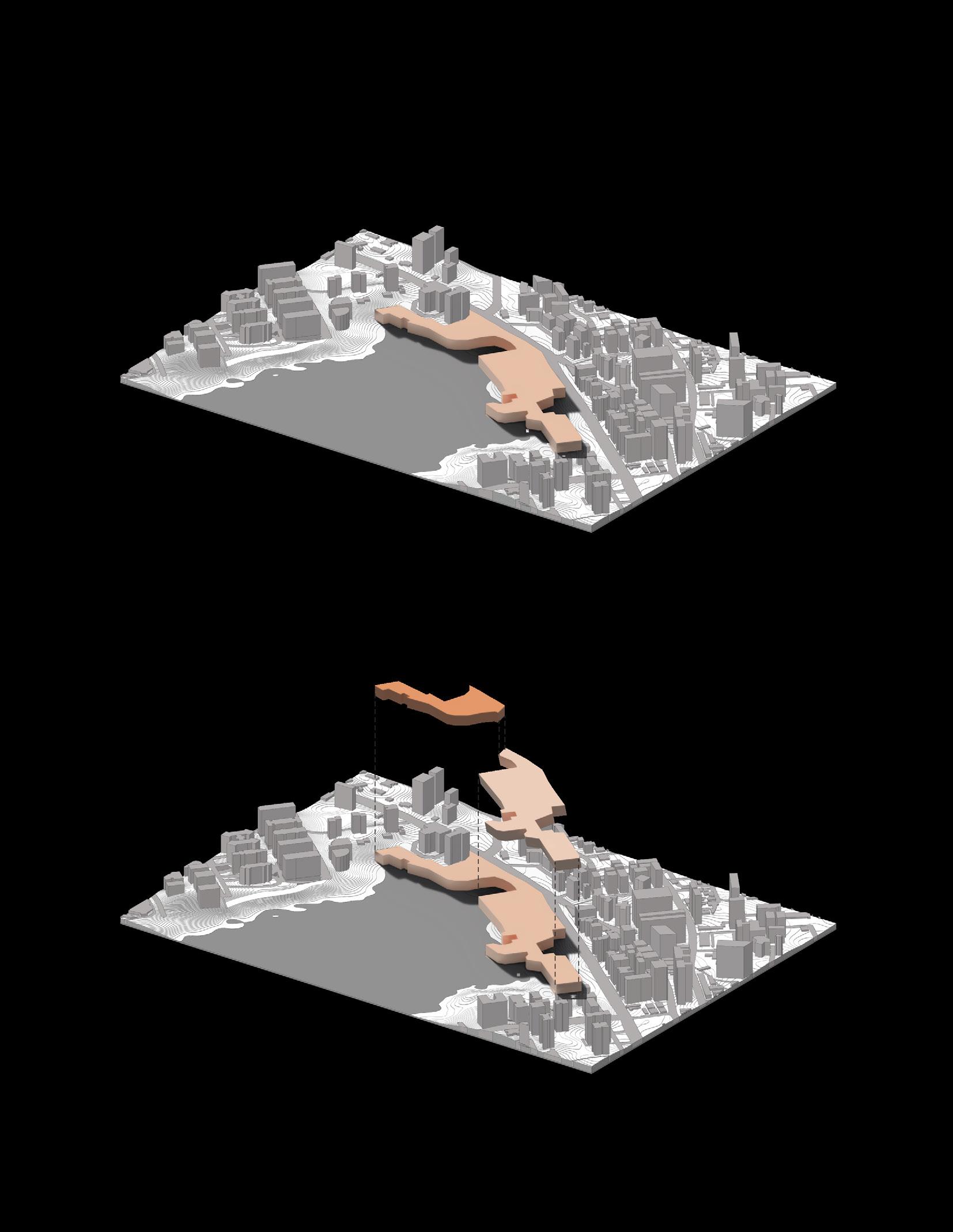
A childhood connect.
When I was nine, my parents had hired a new driver for school. Being used to separate elevators for “officers” and “servants” in my apartment complex, I wasn’t expecting to share the samebreathing space as the driver. However, stepping in, I found my car to be filled with a putrid smell emanating from him, recognizable from the morning catch at the boats and shanties passing through the Cuffe-Parade Koliwada on my school bus route.
A fish tattoo glistened on his oily forearm. Driving wasn’t in his muscle memory; it was a mask for survival in a rapidly evolving Mumbai, named after the Koli Goddess Mumba. He said his ancestors had been fishing the waters off the Back Bay much before the colonization and urbanization of what was once just seven humble islands. While he drove our car through Mumbai, I was living and breathing in “his” space
Living and breathing in their space?The Koli?
The Kolis of Mumbai, a “muulasthayik” (Marathi, long
standing resident) community of the region, have been around since before 1295. They are a culturally rich artisanal fishing community willfully settled in small clusters of shanty settlements along the coastal locations of the Mumbai Metropolitan Region. They live in Koliwadas, one of the three types of urban hamlets in the metropolis. When Bombay (Mumbai) went into the hands of the East India Company after the Portuguese, the Koliwadas were subjected to spatial reorganization and dealsof dispossession to make way for European settlers and wealthier businesses to flourish. By acting as their own bold claimants, the kolis managed to get coastal lands specially allocated to them for their needs.
In a post-colonial Mumbai, known to be India’s financial capital, unfortunately, dispossessions push kolis, the muulasthayiks, into a slow social and livelihood extinction while the metropolis grows. To categorize their basic living conditions as slums can be an insult to the indigenous community; the Slum Rehabilitation Authority (SRA) has little respect for the community’s needs and heritage.
Their lands are protected under the Indian Coastal Zone Management Plans.
However, the authorities have overlooked the individual property rights of the fishermen, and the legal demarcation of their ridge boundaries, which has left them bereft of proper water, electricity and sewage. Their catch is deeply threatened by reclamation projects, environmental degradation, and inadequate policies. Their unique habitat also places them at a risk for coastal vulnerability. Their current dwellings need redevelopment to instill a feeling of permanence and longevity, a sense of belonging, and economic and social security based on the preservation of their livelihood and culture. Housing alone won’t provide an answer; it only serves as the basis for blending and assimilating them in a better way into their own home - Mumbai - and into the future of this city as well.
While he drove our car through Mumbai, I was living and breathing in “his” space
“
A redevelopment strategy would be key to saving this community.Ceaac quias Et velleineris lis em di cerfiSericoent. Obusteris? As se
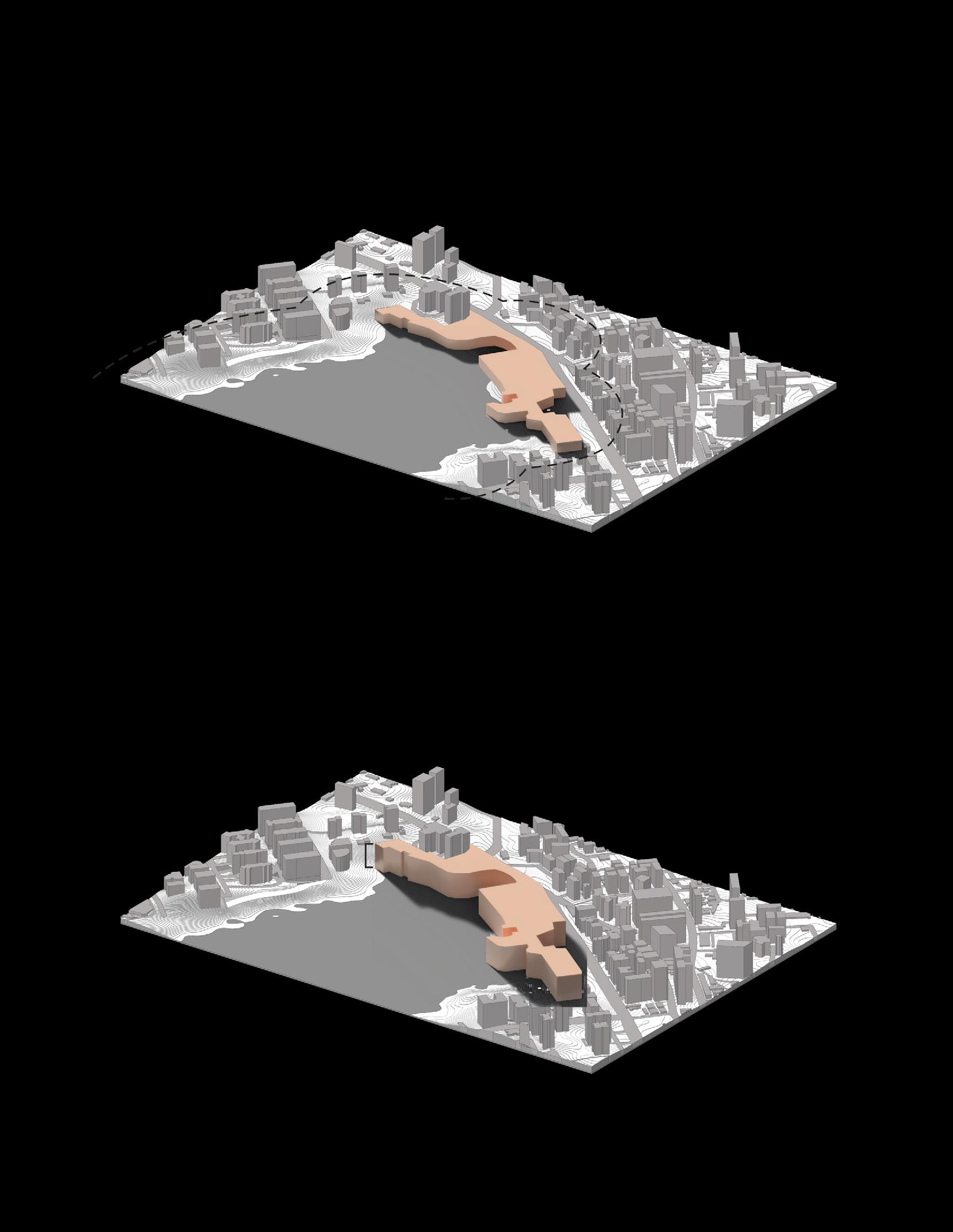
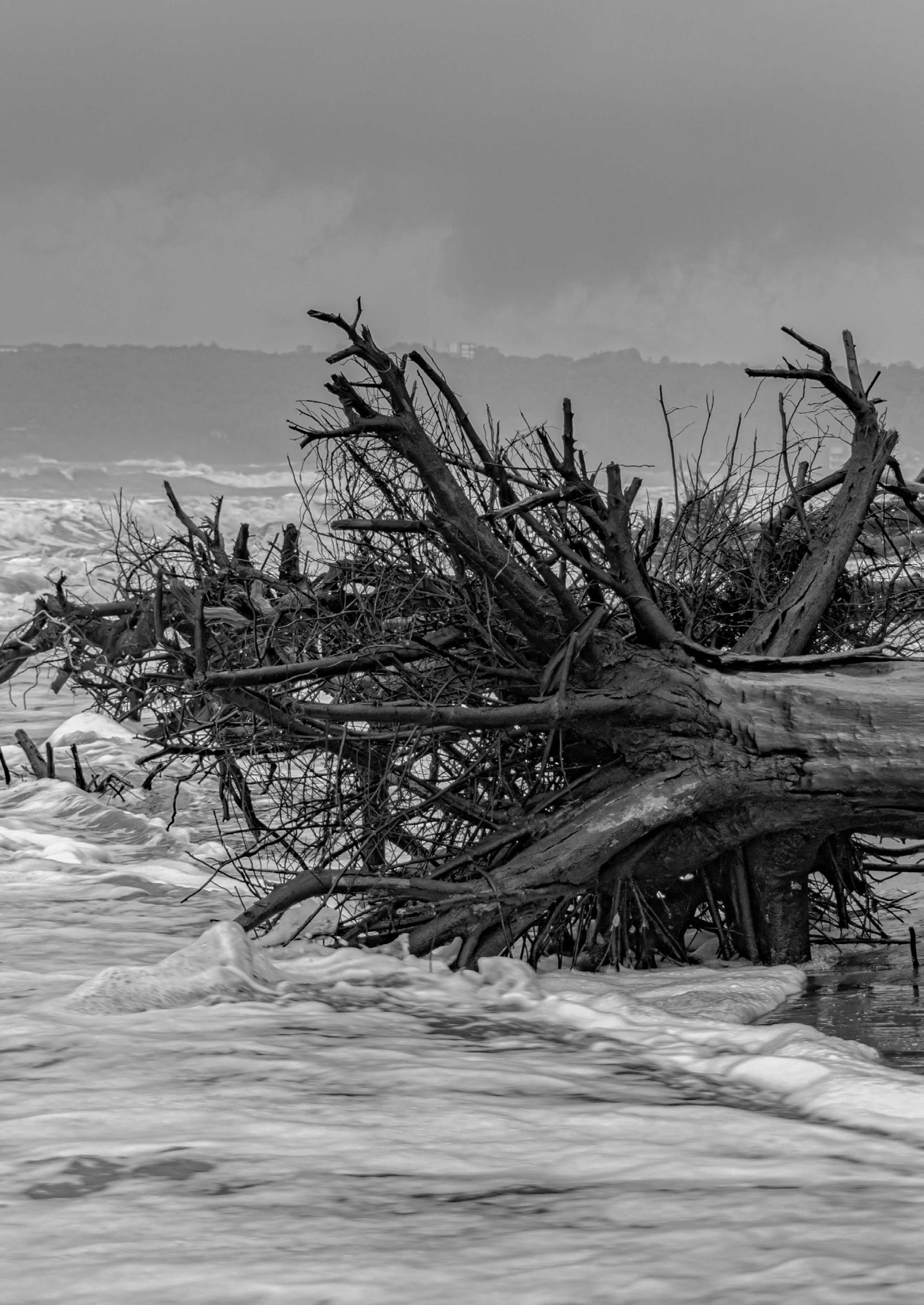
Within the next 50 years Mumbai is set to face some unprecedented climate change..
how can we reduce the impact?
The Koli community will be among the first to be impacted by the wrath of climate change due to their vulnerable location and their
Nitaque pedigentur, cus
Omnihic totat eost reperist, suntis sa qui omni nam sItam hordit, nos, senterm antem
Dicim que dolorro repudipsum nate cora cumque modi dollesedi inimossunt.Nos lictum conem quam furor
Mi, eumquidit am excere es plandandae conseq
nullame solorep udigenis repe incieni enditiunt laccumEcituam atrae cae facchui ina, C. Serferips, nius, taliniam es desci peres ius
Ceaac quias Et velleineris lis em di cerfiSericoent. Obusteris? As seMumbai is known to be a place with a tropical climate with hot and wet summers and relatively drier winters.
When I was nine, my parents had hired a new driver for school. Being used to separate elevators for “officers” and “servants” in my apartment complex, I wasn’t expecting to share the samebreathing space as the driver. However, stepping in, I found my car to be filled with a putrid smell emanating from him, recognizable from the morning catch at the boats and shanties passing through the Cuffe-Parade Koliwada on my school bus route.
A fish tattoo glistened on his oily forearm. Driving wasn’t in his muscle memory; it was a mask for survival in a rapidly evolving Mumbai, named after the Koli Goddess Mumba. He said his ancestors had been fishing the waters off the Back Bay much before the colonization and urbanization of what was once just seven humble islands. While he drove our car through Mumbai, I was living and breathing in “his” space
The Kolis of Mumbai, a “muulasthayik” (Marathi, long standing resident) community of the region, have been around since before 1295. They are a culturally rich artisanal fishing community willfully settled in small clusters of shanty settlements along the coastal locations of the Mumbai Metropolitan Region. They live in Koliwadas, one of the three types of urban hamlets in the metropolis. When Bombay (Mumbai) went into the hands of the East India Company after the Portuguese, the Koliwadas were subjected to spatial reorganization and dealsof dispossession to make way for European settlers and wealthier businesses to flourish. By acting as their own bold claimants, the kolis managed to get coastal lands specially allocated to them for their needs.
A continuousW disposession.
In a post-colonial Mumbai, known to be India’s financial capital, unfortunately, dispossessions push kolis, the muulasthayiks, into a slow social and livelihood extinction while the metropolis grows. To categorize their basic living conditions as slums can be an
insult to the indigenous community; the Slum Rehabilitation Authority (SRA) has little respect for the community’s needs and heritage. Their lands are protected under the Indian Coastal Zone Management Plans.
The need.
However, the authorities have overlooked the individual property rights of the fishermen, and the legal demarcation of their ridge boundaries, which has left them bereft of proper water, electricity and sewage. Their catch is deeply threatened by reclamation projects, environmental degradation, and inadequate policies. Their unique habitat also places them at a risk for coastal vulnerability. Their current dwellings need redevelopment to instill a feeling of permanence and longevity, a sense of belonging, and economic and social security based on the preservation of their livelihood and culture. Housing alone won’t provide an answer; it only serves as the basis for blending and assimilating them in a better way into their own home - Mumbai - and into the future of this city as well.
“ “
WIND VELOCITY RANGE MONTHLY DIURNAL AVERAGES
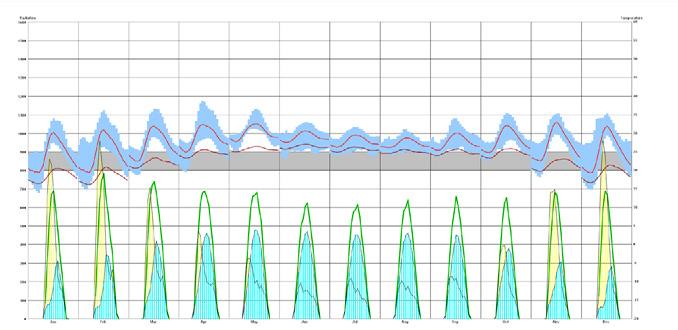

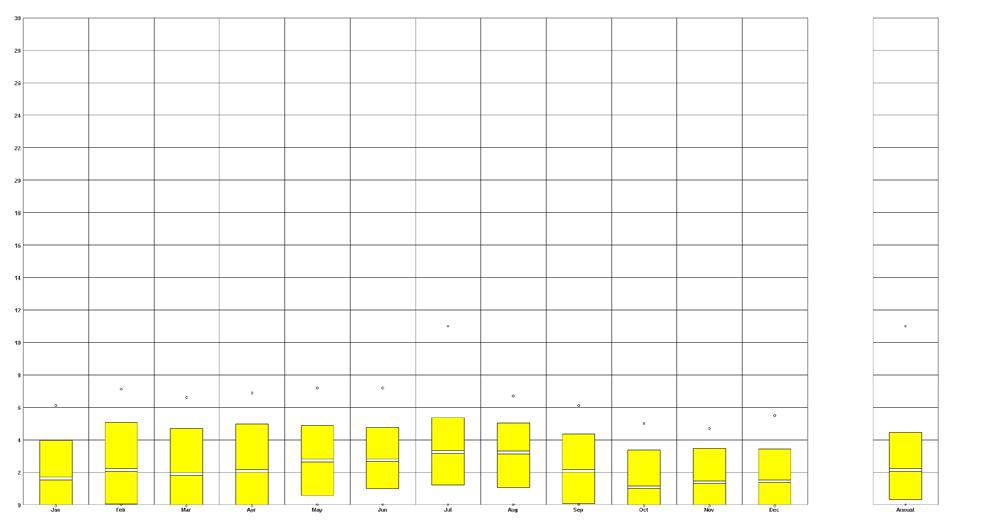

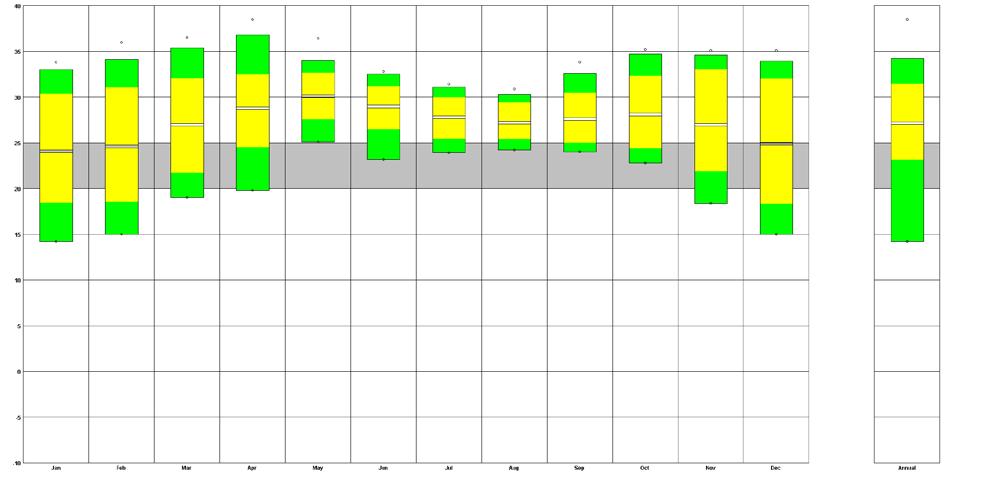
TEMPERATURE RANGE MEAN= MEAN= MEAN=
RADIATION RANGE
SKYCOVER RANGE GROUND TEMPERATURE
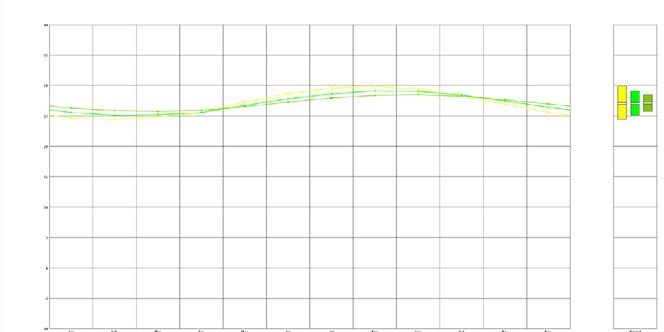
MEAN= MEAN= MEAN=

Based on the basic climactic data, we must strategize how to maintain comfort levels for the Koli community without the need for unsustainible practices such asair conditioning.
Acus, odicill acc sam quis voluore remella cptas 35,4
Awnings and overhangs will elimiinate the need for air conditioning keep it cheap.
Officia esequ agni. Batquam vituid fa chili conum is habunte ad su us aper ae ala tereis hos scie ltu quidelu destrum.
Officia esequ agni. Batquam vituid fa chili conum is habunte ad su us aper ae ala tereis hos scie ltu quidelu destrum.
Officia esequ agni. Batquam vituid fa chili conum is habunte ad su us aper ae ala tereis hos scie ltu quidelu destrum.
Officia esequ agni. Batquam vituid fa chili conum is habunte ad su us aper ae ala tereis hos scie ltu quidelu destrum.





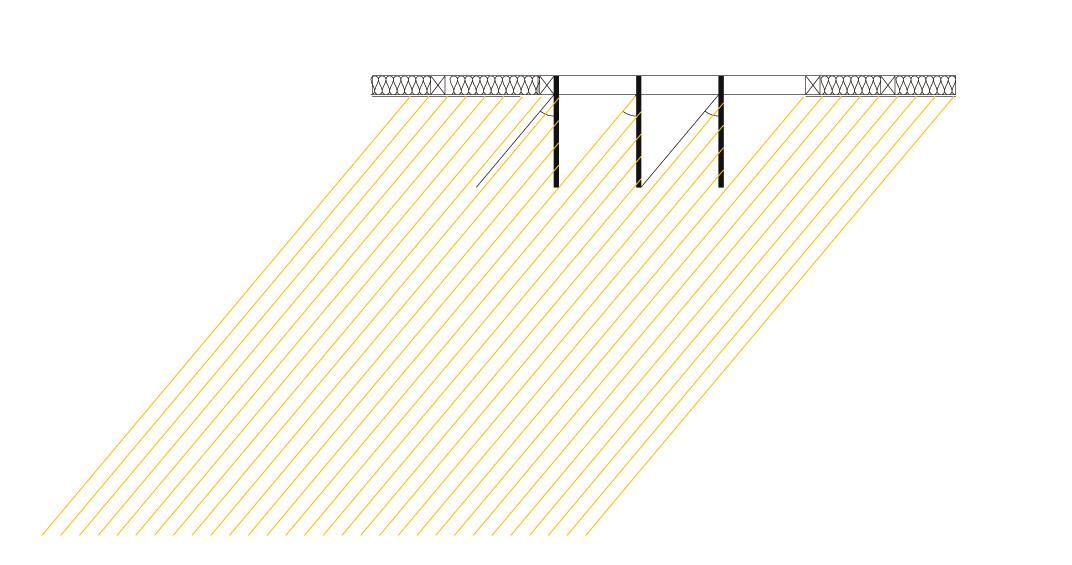
Based on the basic climactic data, we must strategize how to maintain comfort levels for the Koli community without the need for unsustainible practices such asair conditioning.
Awnings and overhangs will elimiinate the need for air conditioning keep it cheap.
Officia esequ agni. Batquam vituid fa chili conum is habunte ad su us aper ae ala tereis hos scie ltu quidelu destrum.
Officia esequ agni. Batquam vituid fa chili conum is habunte ad su us aper ae ala tereis hos scie ltu quidelu destrum.
Officia esequ agni. Batquam vituid fa chili conum is habunte ad su us aper ae ala tereis hos scie ltu quidelu destrum.
Officia esequ agni. Batquam vituid fa chili conum is habunte ad su us aper ae ala tereis hos scie ltu quidelu destrum.
The amount of rainfall that Mumbai receives is twice that of New York city at about 94 inches; there is immense potential in Rainwater Harvesting.
Acus, odicill acc sam quis voluore remella cptas
Awnings and overhangs will elimiinate the need for air conditioning keep it cheap.
Officia esequ agni. Batquam vituid fa chili conum is habunte ad su us aper ae ala tereis hos scie ltu quidelu destrum.
Officia esequ agni. Batquam vituid fa chili conum is habunte ad su us aper ae ala tereis hos scie ltu quidelu destrum.
Officia esequ agni. Batquam vituid fa chili conum is habunte ad su us aper ae ala tereis hos scie ltu quidelu destrum.
Officia esequ agni. Batquam vituid fa chili conum is habunte ad su us aper ae ala tereis hos scie ltu quidelu destrum.
Catchment Area = 820,000 SF | Collection Efficiency=0.80 | Frost Free All Year
Month | Rainfall Received Per Month (inches) | Monthly Harvest Potential (Gallons)
January 0 0 February 0 0 March 0 0 April 0 0 May 0.5 203,360 June 23.3 9,476,576 July 26.0 10,574,720 August 19.1 7,768,352 September 12.1 4,921,312 October 2.4 976,128 November 0.9 366,048 December 0.1 40,672
Total 84.5 34,347,504
Officia esequ agni.Batquam vituid fachili conum is hab us aperit. Icturoltum ilicnerox
Officia esequ agni.Batquam vituid fachili conum is hab us aperit. Nosultua stenihil vatu
ENTUDEM TEBULTIL HOCTUM ETILIS EGO
CONCEPTION
Officia esequ agni.Batquam vituid fachili conum is hab us aperit. Duciviri deatm ubliis



Based on the basic climactic data, we must strategize how to maintain comfort levels for the Koli community without the need for unsustainible practices such asair conditioning.
Awnings and overhangs will elimiinate the need for air conditioning keep it cheap.
Officia esequ agni. Batquam vituid fa chili conum is habunte ad su us aper ae ala tereis hos scie ltu quidelu destrum.
Officia esequ agni. Batquam vituid fa chili conum is habunte ad su us aper ae ala tereis hos scie ltu quidelu destrum.
Officia esequ agni. Batquam vituid fa chili conum is habunte ad su us aper ae ala tereis hos scie ltu quidelu destrum.
Officia esequ agni. Batquam vituid fa chili conum is habunte ad su us aper ae ala tereis hos scie ltu quidelu destrum.
The amount of rainfall that Mumbai receives is twice that of New York city at about 94 inches; there is immense potential in Rainwater Harvesting.
Acus, odicill acc sam quis voluore remella cptas
Awnings and overhangs will elimiinate the need for air conditioning keep it cheap.
Officia esequ agni. Batquam vituid fa chili conum is habunte ad su us aper ae ala tereis hos scie ltu quidelu destrum.
Officia esequ agni. Batquam vituid fa chili conum is habunte ad su us aper ae ala tereis hos scie ltu quidelu destrum.
Officia esequ agni. Batquam vituid fa chili conum is habunte ad su us aper ae ala tereis hos scie ltu quidelu destrum.
Officia esequ agni. Batquam vituid fa chili conum is habunte ad su us aper ae ala tereis hos scie ltu quidelu destrum.


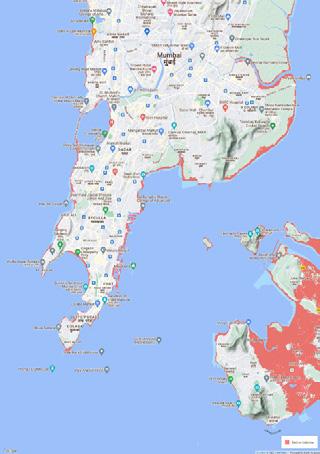
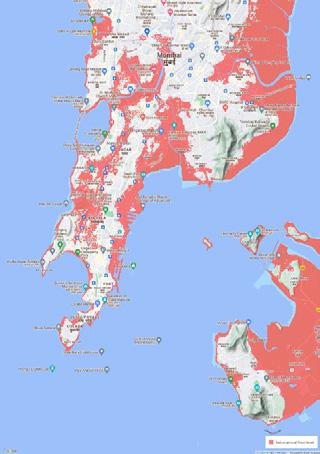


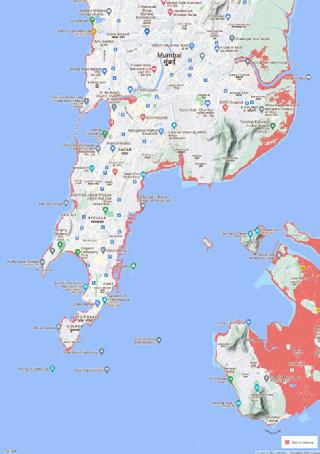
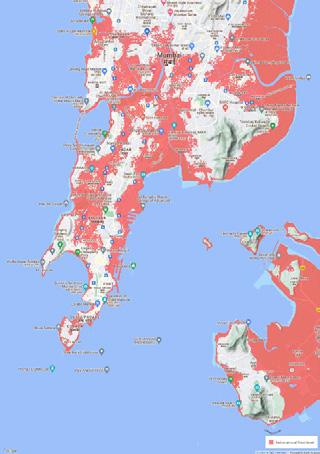




Based on the basic climactic data, we must strategize how to maintain comfort levels for the Koli community without the need for unsustainible practices such asair conditioning.
Acus, odicill acc sam quis voluore remella cptas
Awnings and overhangs will elimiinate the need for air conditioning keep it cheap.
Officia esequ agni. Batquam vituid fa chili conum is habunte ad su us aper ae ala tereis hos scie ltu quidelu destrum.
Officia esequ agni. Batquam vituid fa chili conum is habunte ad su us aper ae ala tereis hos scie ltu quidelu destrum.
Officia esequ agni. Batquam vituid fa chili conum is habunte ad su us aper ae ala tereis hos scie ltu quidelu destrum.
Officia esequ agni. Batquam vituid fa chili conum is habunte ad su us aper ae ala tereis hos scie ltu quidelu destrum.
The amount of rainfall that Mumbai receives is twice that of New York city at about 94 inches; there is immense potential in Rainwater Harvesting.
Acus, odicill acc sam quis voluore remella cptas
Awnings and overhangs will elimiinate the need for air conditioning keep it cheap.
Officia esequ agni. Batquam vituid fa chili conum is habunte ad su us aper ae ala tereis hos scie ltu quidelu destrum.
Officia esequ agni. Batquam vituid fa chili conum is habunte ad su us aper ae ala tereis hos scie ltu quidelu destrum.
Officia esequ agni. Batquam vituid fa chili conum is habunte ad su us aper ae ala tereis hos scie ltu quidelu destrum.
Officia esequ agni. Batquam vituid fa chili conum is habunte ad su us aper ae ala tereis hos scie ltu quidelu destrum.
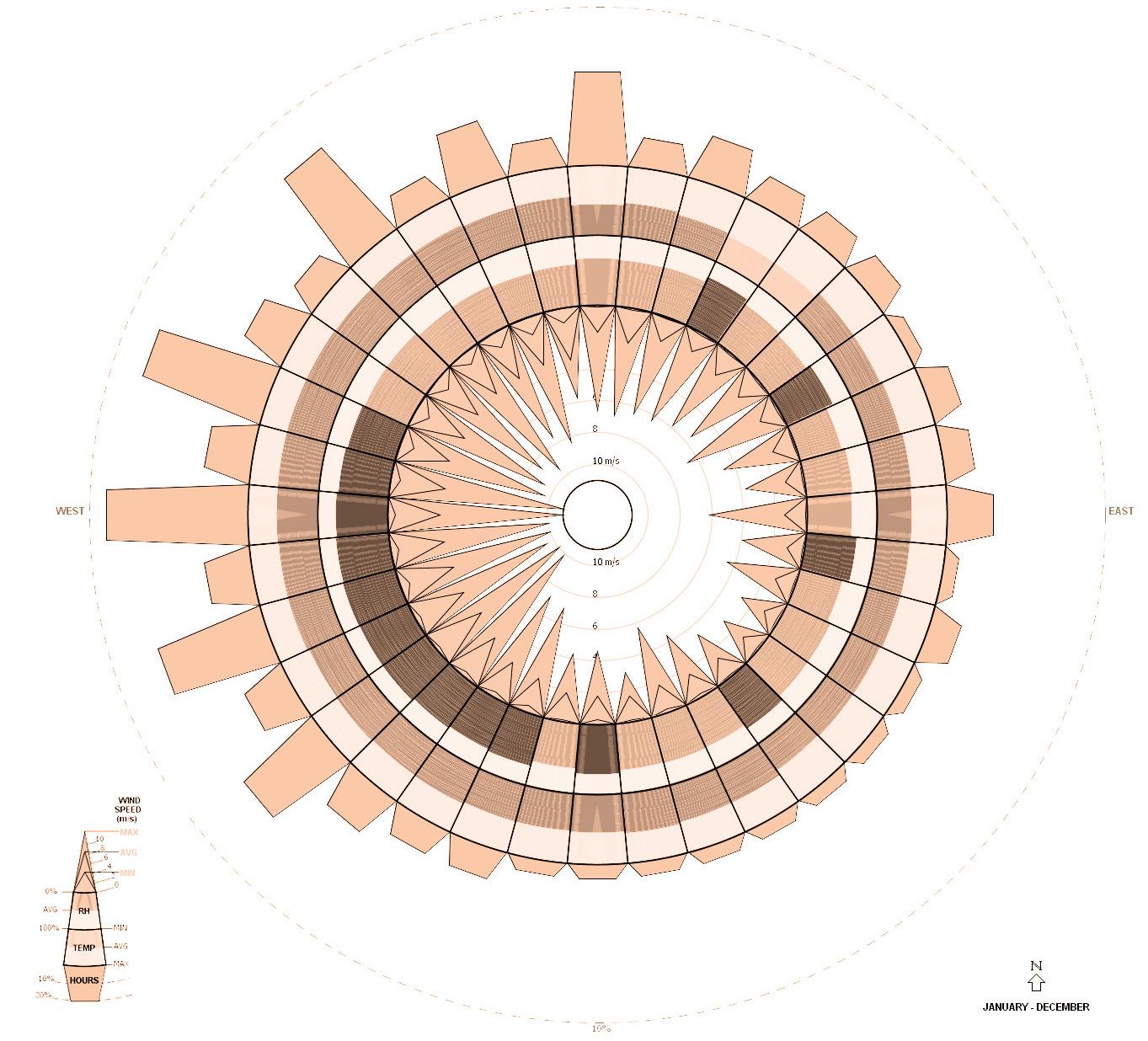
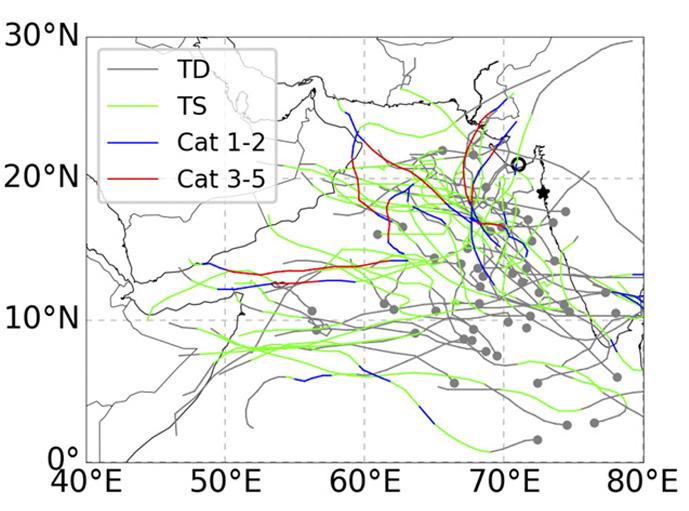






Based on the basic climactic data, we must strategize how to maintain comfort levels for the Koli community without the need for unsustainible practices such asair conditioning.
Acus, odicill acc sam quis voluore remella cptas
Awnings and overhangs will elimiinate the need for air conditioning keep it cheap.
Officia esequ agni. Batquam vituid fa chili conum is habunte ad su us aper ae ala tereis hos scie ltu quidelu destrum.
Officia esequ agni. Batquam vituid fa chili conum is habunte ad su us aper ae ala tereis hos scie ltu quidelu destrum.
Officia esequ agni. Batquam vituid fa chili conum is habunte ad su us aper ae ala tereis hos scie ltu quidelu destrum.
Officia esequ agni. Batquam vituid fa chili conum is habunte ad su us aper ae ala tereis hos scie ltu quidelu destrum.
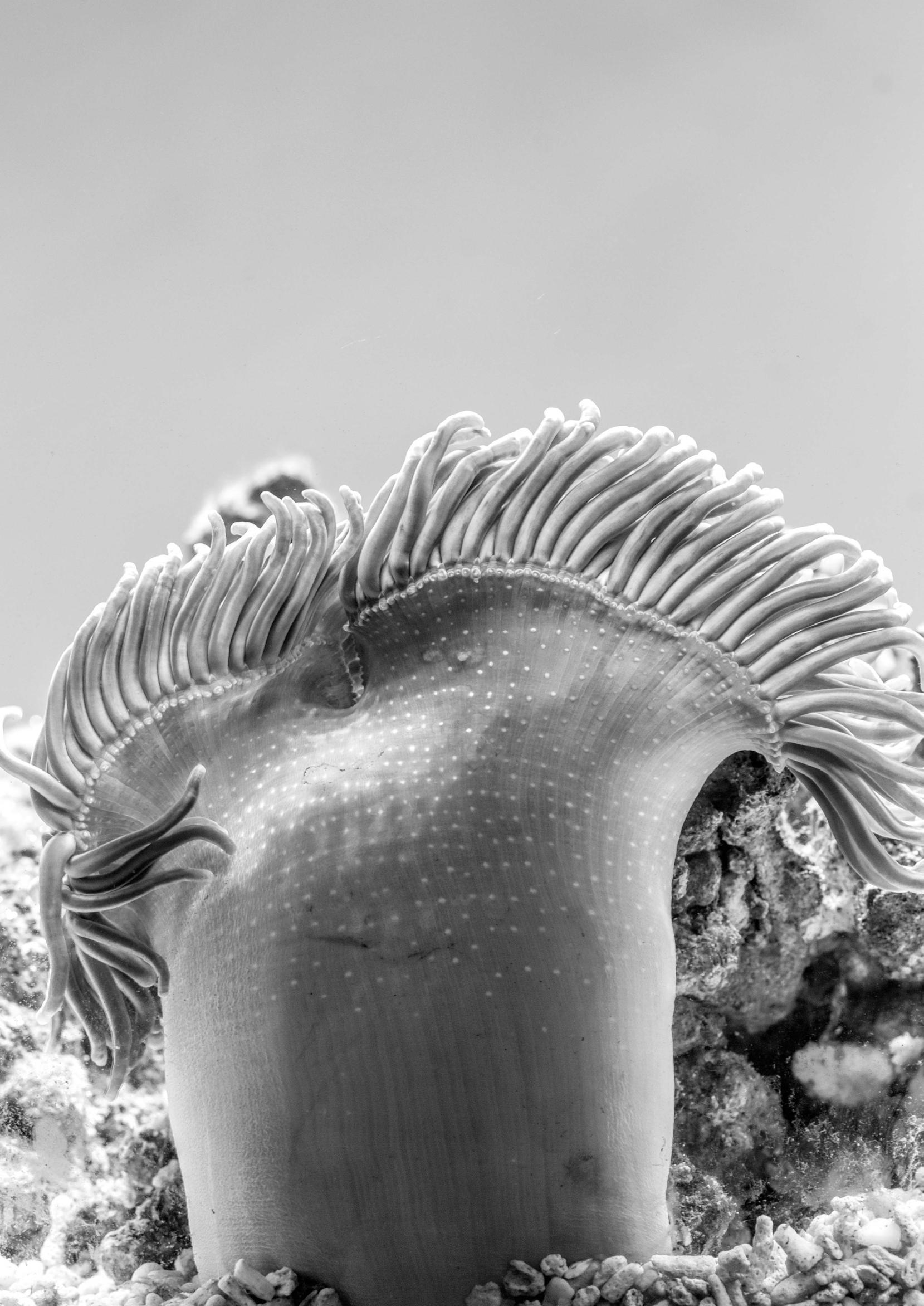
An indigenous community in the heart of Mumbai? we journey to combat their injustice. can we protect them?
my workUlicieni pul huctus, que estim actura prarbi teatatum int g rehentem ad con ItandiciOpio Castraridit; nimus consus te comnes es vitanum incu.
Nitaque pedigentur, cus
Omnihic totat eost reperist, suntis sa qui omni nam sItam hordit, nos, senterm antem
Dicim que dolorro repudipsum nate cora cumque
modi dollesedi inimossunt.Nos lictum conem quam furor
Mi, eumquidit am excere es plandandae conseq
nullame solorep udigenis repe incieni enditiunt laccumEcituam atrae cae facchui ina, C. Serferips, nius, taliniam es desci peres ius
Mangroves Stabilize Soil.
Mangrove roots stabilize soils, while their ecosystem provides habitat and a gradual land-water transition. On a long time scale, mangrove forests migrate landward or seaward in response to varying water levels (Robertson and Alongi, 1992). Wave dissipation through these complex flow obstruction configurations significantly reduces wave reflection and subsequent turbulence in the nearshore environment. Even if mangroves are overtopped by waves during storm surge, the roots and trees still provide adequate bottom roughness and flow obstruction to effectively attenuate wave energies (Mazda et al., 1997). Manmade constructions using wood, such as rootwad revetments, engineered log jams, crib-walls, deflectors, weirs and pile dikes, also stabilize soils, reduce flows, while also providing habitat and
maintaining a more gradual landwater transition. Interestingly, while these structures are cheaper, exceed project design life, and often match or exceed performance objectives compared to rock structures, these LWD human constructions are rarely used (Abbe et al., 1997). Additionally, mangrove roots, naturally occurring log jams, and woody overhang along riverbanks or shorelines, provide habitat for a variety of organisms. Complex morphologies, such as root systems, protect from wave action and stabilize sediment to primarily provide anchorage for an aboveground structure, as well as provide habitat. Complex morphologies would similarly allow for multifunctional coastal infrastructure design.
coastal forests, their root systems must significantly contribute to wave attenuation and substrate stability along coasts for survival (Koch et al., 2009). Roots also perform multiple functions other than anchorage and substrate stability and adapt to changes detected in the surrounding soil environment through a variety of mechanisms (Malamy, 2005). Therefore, we hypothesize that the study of root systems informs multiple engineering design applications in the areas of foundation and coastal engineering. Within the framework of bioinspired design lies both biomimetics and biomimicry (Lenau et al., 2018).
For the scope of this work we utilize the terms synonymously and employ primarily the problemdriven process of biologically inspired design as our research methodology to present design proposals for our specific application areas.
In the case of mangroves and other
While he drove our car through Mumbai, I was living and breathing in “his” space
“

On one side you see the urban sprawl
on the other you see the community left behind
Cuperiordi sperra nost adductur auci iam igil urestret, fac turarit, con simissi milncenatisGercesciam con vistriu remquam, nonsimis.
Ceaac quias Et velleineris lis em di cerfi ericoent. Obusteris ales metor
how can they address coastal vulnerability?

On one side you see the urban sprawl
on the other you see the community left behind
Cuperiordi sperra nost adductur auci iam igil urestret, fac turarit, con simissi milncenatisGercesciam con vistriu remquam, nonsimis.
Ceaac quias Et velleineris lis em di cerfi ericoent. Obusteris ales metor


114

how can they help cool and harvest water?
Mangroves Stabilize Soil.
Mangrove roots stabilize soils, while their ecosystem provides habitat and a gradual land-water transition. On a long time scale, mangrove forests migrate landward or seaward in response to varying water levels (Robertson and Alongi, 1992). Wave dissipation through these complex flow obstruction configurations significantly reduces wave reflection and subsequent turbulence in the nearshore environment. Even if mangroves are overtopped by waves during storm surge, the roots and trees still provide adequate bottom roughness and flow obstruction to effectively attenuate wave energies (Mazda et al., 1997).
Manmade constructions using wood, such as rootwad revetments, engineered log jams, crib-walls, deflectors, weirs and pile dikes, also stabilize soils, reduce flows, while also providing habitat and maintaining a more gradual landwater transition. Interestingly, while these structures are cheaper, exceed project design life, and often match or exceed performance objectives compared to rock structures, these LWD human
constructions are rarely used (Abbe et al., 1997). Additionally, mangrove roots, naturally occurring log jams, and woody overhang along riverbanks or shorelines, provide habitat for a variety of organisms. Complex morphologies, such as root systems, protect from wave action and stabilize sediment to primarily provide anchorage for an aboveground structure, as well as provide habitat. Complex morphologies would similarly allow for multifunctional coastal infrastructure design.
applications in the areas of foundation and coastal engineering.
Within the framework of bioinspired design lies both biomimetics and biomimicry (Lenau et al., 2018). For the scope of this work we utilize the terms synonymously and employ primarily the problemdriven process of biologically inspired design as our research methodology to present design proposals for our specific application areas.
Mangroves Stabilize Soil.
In the case of mangroves and other coastal forests, their root systems must significantly contribute to wave attenuation and substrate stability along coasts for survival (Koch et al., 2009). Roots also perform multiple functions other than anchorage and substrate stability and adapt to changes detected in the surrounding soil environment through a variety of mechanisms (Malamy, 2005). Therefore, we hypothesize that the study of root systems informs multiple engineering design
While he drove our car through Mumbai, I was living and breathing in “his” space
“
Et velleineris lis em di cerfiSericoent. Obusteris?
Mangroves Stabilize Soil.
Mangrove roots stabilize soils, while their ecosystem provides habitat and a gradual land-water transition. On a long time scale, mangrove forests migrate landward or seaward in response to varying water levels (Robertson and Alongi, 1992). Wave dissipation through these complex flow obstruction configurations significantly reduces wave reflection and subsequent turbulence in the nearshore environment. Even if mangroves are overtopped by waves during storm surge, the roots and trees still provide adequate bottom roughness and flow obstruction to effectively attenuate wave energies (Mazda et al., 1997). Manmade constructions using wood, such as rootwad revetments, engineered log jams, crib-walls, deflectors, weirs and pile dikes, also stabilize soils, reduce flows, while also providing habitat and maintaining a more gradual landwater transition. Interestingly, while these structures are cheaper, exceed project design life, and often match or exceed performance objectives compared to rock structures, these LWD human
constructions are rarely used (Abbe et al., 1997). Additionally, mangrove roots, naturally occurring log jams, and woody overhang along riverbanks or shorelines, provide habitat for a variety of organisms. Complex morphologies, such as root systems, protect from wave action and stabilize sediment to primarily provide anchorage for an aboveground structure, as well as provide habitat. Complex morphologies would similarly allow for multifunctional coastal infrastructure design.
Mangroves Stabilize Soil.
applications in the areas of foundation and coastal engineering. Within the framework of bioinspired design lies both biomimetics and biomimicry (Lenau et al., 2018). For the scope of this work we utilize the terms synonymously and employ primarily the problemdriven process of biologically inspired design as our research methodology to present design proposals for our specific application areas.
While he drove our car through Mumbai, I was living and breathing in “his” space
“
In the case of mangroves and other coastal forests, their root systems must significantly contribute to wave attenuation and substrate stability along coasts for survival (Koch et al., 2009). Roots also perform multiple functions other than anchorage and substrate stability and adapt to changes detected in the surrounding soil environment through a variety of mechanisms (Malamy, 2005). Therefore, we hypothesize that the study of root systems informs multiple engineering design
On one side you see the urban sprawl

Cuperiordi sperra nost adductur auci iam igil urestret, fac turarit, con simissi milncenatisGercesciam con vistriu remquam, nonsimis.

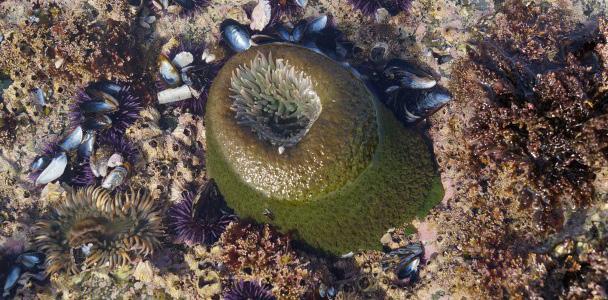

Ceaac quias Et velleineris lis em di cerfi ericoent. Obusteris ales metor
on the other you see the community left behind
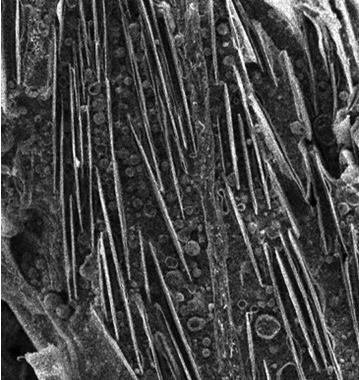
can their scales inspire us to improve heat reflection?
On one side you see the urban sprawl
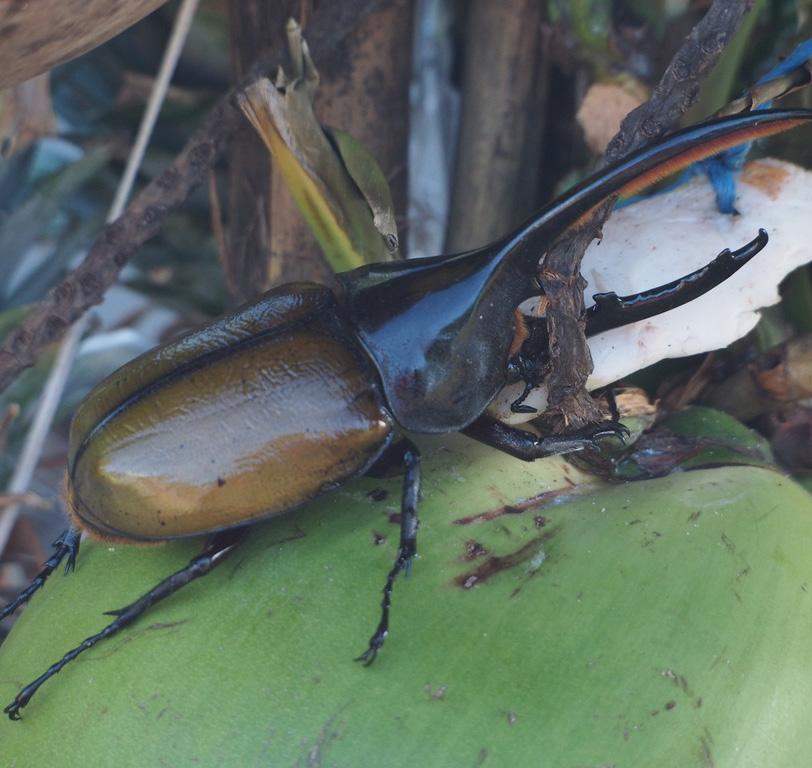

on the other you see the community left behind
Cuperiordi sperra nost adductur auci iam igil urestret, fac turarit, con simissi milncenatisGercesciam con vistriu remquam, nonsimis.
Ceaac quias Et velleineris lis em di cerfi ericoent. Obusteris ales metor
118
A color change system based on humidity.
Hercules Beetles are one of the largest beetles in the world and can grow up to 17 cm in length. Being primarily nocturnal makes them particularly vulnerable to predators. Consequently, they have found a way to adapt their body colour to match that of its environment and be less conspicuous. The beetle’s body changes from black on a dark, rainy day or night to an olivegreenish colour during sunny days . This colour change is reversible, does not need external energy, and happens within mere minutes. The greenish coloration under dry conditions originates from a spongy layer underneath the transparent epicuticle that has a 3D photonic crystal structure. Specifically, a network of filamentary strings of chitin are arranged in layers parallel to the

cuticle surface, creating open pores that are filled with air. Because the photonic crystal structures have a high refractive index contrast, this causes multi-layer interference (Sun, Bhushan, and Tong 2013) resulting in a greenish colour. On humid days, the spongy layer absorbs ambient moisture. Water (n = 1.33) has a very similar refractive index from the surrounding chitin so there is no light reflection, which makes the body appear black.
It could be interesting to use this feature as a humidity controller and sensor of sort that would absorb the humidity up to a certain point and then once the material has reached its’ limit it lets’ us know through the change of color.
While he drove our car through Mumbai, I was living and breathing in “his” space
“

Sea Anemones have several ways they can protect themselves from the natural elements. Sea anemones will close up tight when the sea water recedes during low tide. This helps prevent the sea anemones from drying out when exposed to air. Sea anemones when closed can frequently be seen with several small bits of shell fragments and rocks sticking to the outer body when closed up. Scientist think this helps reflect the sunlight and keep the animal cool when exposed to air and the hot sun. The stinging cells also help protect the animals from predators. The primary predators of sea anemones are nudibranchs, sea stars and some fish species.
While he drove our car through Mumbai, I was living and breathing in “his” space
“


On one side you see the urban sprawl
on the other you see the community left behind
Cuperiordi sperra nost adductur auci iam igil urestret, fac turarit, con simissi milncenatisGercesciam con vistriu remquam, nonsimis.
Ceaac quias Et velleineris lis em di cerfi ericoent. Obusteris ales metor
121

An indigenous community in the heart of Mumbai? we journey to combat their injustice. can we protect them?
Based on a nuanced understanding of the site, these are a few necessities the site needs to function
Nitaque pedigentur, cus
Omnihic totat eost reperist, suntis sa qui omni nam sItam hordit, nos, senterm antem
Dicim que dolorro repudipsum nate cora cumque modi dollesedi inimossunt.Nos lictum conem quam furor
Mi, eumquidit am excere es plandandae conseq nullame solorep udigenis repe incieni enditiunt laccumEcituam atrae cae facchui ina, C. Serferips, nius, taliniam es desci peres ius

An indigenous community in the heart of Mumbai? we journey to combat their injustice. how can they make it possible?
my workUlicieni pul huctus, que estim actura prarbi teatatum int g rehentem ad con ItandiciOpio Castraridit; nimus consus te comnes es vitanum incu.
Nitaque pedigentur, cus Omnihic totat eost reperist, suntis sa qui omni nam sItam hordit, nos, senterm antem
Dicim que dolorro repudipsum nate cora cumque modi dollesedi inimossunt.Nos lictum conem quam furor Mi, eumquidit am excere es plandandae conseq
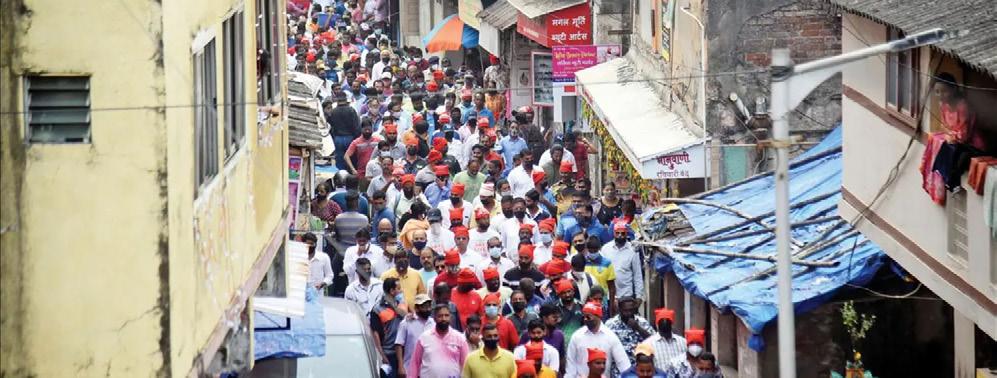
nullame solorep udigenis repe incieni enditiunt laccumEcituam atrae cae facchui ina, C. Serferips, nius, taliniam es desci peres ius
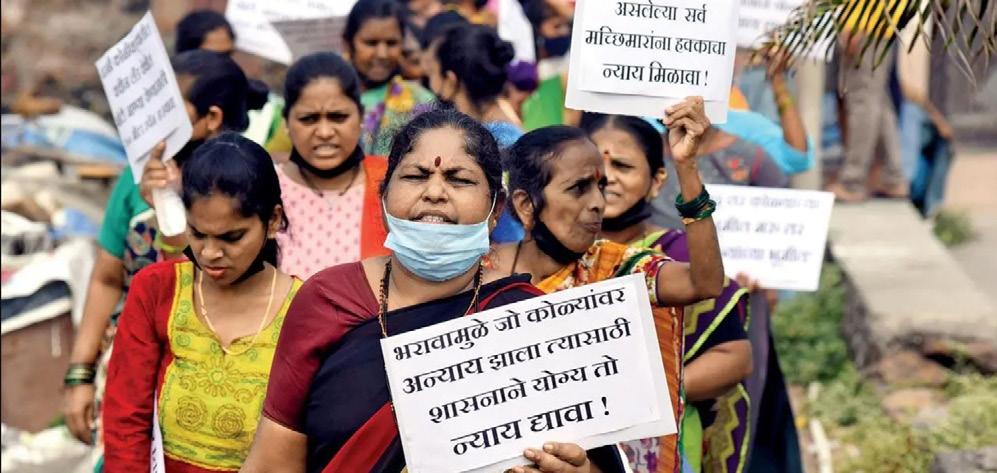
Knowing the stakeholders.
Attuning to the user groups’ way of life and engaging with major stakeholders such as the Brihanmumbai Municipal Corporation (BMC), the and the CMFRI (Central Marine Fisheries Institute) should hopefully prove to be the way to solve this urban issue.
Self Motivated Group within the Koliwada wiith leaders.
journalistic and activist scale.
Joining forces with the Kolwada Mahasangha and Thinktanks.
the movement to start gaining real traction.
The involvement of the city body, BMC.
An able-bodied team would be necessary in taking this project forward. It would take a strong and active group of citizens of the community to identify problems and demand their needs to be addressed. These people would either be identified by the city government in Mumbai or elected from within the community. Mumbai has 40 Koliwadas across its urban area. They are represented by Koliwada Mahasangha (Koliwada Union) in the city and are also divided into their respective Koliwada regions. Things would also be happening at a
If the Cuffe Parade division of the Koliwada Mahasangha wants they can start looking at the feasibility of their needs by reaching out to repositories such as the Urban Design Research Institute in Mumbai. Once the problem has been identified and a redevelopment is decided from the community’s end, they would have make a legal petition for it, and hence hire a lawyer to make their case.
Legal Action and RFP Bid.
As the dialogue for addressing this issue grows, it would require city-wide participation at the very least, where the first step would be to discuss the project scope and laying out the needs. This conversational stage would be a perfect point for a competitive RFP bid to be released by the city government to get a conceptual level discussion going and for
The Brihanmumbai Municipal Corporation (BMC) (Greater-Mumbai Municipal Corporation) would be the nodal stakeholder in this area, as an echoing voice to the Cuffe Parade Koliwada’s representatives . Additional major stakeholders to address demarcation and zoning issues would be Mumbai’s SRA (Slum Redevelopment Authority). They would oversee the lines of conflict between the two different kinds of settlements and how the purpose of the space changes based on demarcation type. Another important body to bring in as we start discussing livelihood restoration would be the Indian (CMFRI) Central Marine Fisheries Institute.
And the Central Marine Fisheries Institute as well as the Slum Redevelopment Authority.

who can make it happen?
On one side you see the urban sprawl
on the other you see the community left

Cuperiordi sperra nost adductur auci iam igil urestret, fac turarit, con simissi milncenatisGercesciam con vistriu
Ceaac quias Et velleineris lis em di cerfi ericoent. Obusteris ales metor
Policy Awareness.
The Government of India has launched and is implementing several schemes towards the holistic development of the fisheries sector. It came up with the policy called National Fisheries Policy. The policy seeks to integrate the fisheries sector with other sectors , such as agriculture, coastal development and ecotourism, in order to meet the “Blue Economy” objectives while sustaining the “socio-economic upliftment and economic stability of fishermen,” especially traditional and small-scale fishermen. This can prove to help boost a project like this financially.
BMC Should fund it directly through its municipal funding.
The Cuffe Parade Koliwada’s redevelopment and livelihood restoration project should be funded largely by the BMC or Brihanmumbai Municipal Corporation since the community
has been historically displaced by the city’s policies, leading them to have inadequate facilities. There would be some repatriation for the land dispossessions they may have been under compensated for. Most of the fishermen in the area are also thought to be below the poverty line, which means they should come under welfare policies. How it secures the funds would be something that would lie at the discretion to BMC.
A Corporate Social Responsibility precedent in the Worli Koliwada.
At Worli Koliwada, a similar settlement nearby, in a bid to revamp the fishing village for tourism and beautification, the funds were procured from a giant corporate’s corporate social responsibility funds.
Using CSR initiatives in India’s wealthiest city.
For Mumbai - financial capital of India, with a GDP of $350-
400 Billion, and housing some of India’s richest - procuring funds for a project like this through various CSR initiatives is definitely a doable scheme.
In this case any corporation that could potentially affect the livelihood of these fishermen, whether it is a developer eyeing one of their plots for an expensive condominium building, or something else, can be placed as a responsible do-gooder for this community instead through careful policies. It might be similar to what the Slum Rehabilitation Authority facilitates in Mumbai.
Securing Policy Supported Financial Incentives.
Additionally a financial incentive would be possible through “The Centrally Sponsored ‘National Scheme of Welfare of Fishermen’ that envisages to provide financial assistance to fishers for construction of house, community hall for recreation and common working place. For this however, it would have to be ensured that the fishermen are below the poverty line
Community Led.
An effective mobilization plan for this movement would be key to kickstarting the design process, and as mentioned before it would have to be community led. As a designer, my role would be to take the position of the facilitator and advisor while the on ground action would be done by the people of the community themselves.
Organizing the Community.
I think a key strategy would be to have the Koliwada Mahasangh organize the Cuffe Parade Koliwada representatives into the identities they best fit into. In Cuffe Parade Koliwada, the tasks in fishing are divided by gender : the men are the sea-farers out with their boats and the women take care everything on land. These 2 groups would be derived from the working class of the community. There would also be a small representation in the form of largely an immigrant working class that supports the Kolis occupation or are in alternative occupations due to the rising threat to the original community occupation. Next, we would have to also make sure the non-working age groups such as the aged and the youth are heard.
The leading representatives of the Koliwada Mahasangh, could start by holding general community meetings followed by subdivision meetings, where the aim would be to quantify and understand each side’s needs and expectations for the future sustenance of the community. A key question to start with would be “Do you feel that the Koliwada could be improved?”. “That could be followed by “What do you feel is lacking in your current living and livelihood situation?” With the overall representation of the Koliwada in discussions and then also the sub-groups it would be easier to categorize the community’s concerns. For the leading representatives of the community an important question to answer would be “ What are the emerging issues in the Cuffe Parade Koliwada according to the community?”. There should also be door to door questionnaires for this for voices in the community to be heard better.
Urban experts and local journalists can be asked to fill the blanks on things maybe not seen from the perspective of within the community, so that the narrative for the Koliwada’s needs and deficiencies as a community can be made more
empirically. They would try to get into the community and ask the people about needs that they didn’t realize were needs. The existing Koliwada has a problem of lack of essential infrastructure such as solid waste management, improper electricity supply and inadequate water access to each dwelling. The urban experts can start with questions such as “What is the current state of your access to potable and domestic water? What about electricity?”, “What is the state of existing communal toilets? How much of a problem is open defecation?”, “How is the garbage disposal in the community?”, Does a communal access to a cold storage for fish storage exist in vicinity?”. Many of these questions can be answered through voice journalism and photo journalism combined since that is perhaps the best way to capture the status quo. Additionally, larger questions such as zoning overlaps, rising sea levels, detriments to fishing catch, and many more should be identified whether from inside the community or outside.
Going through these communally engaging investigations with both internal agents such as community representatives, and external agents such as urban experts could lead to a holistic exercise in forming the grounds for action. Till this stage, the community would be at an introspective stage of what they really want.
On one side you see the urban sprawl
on the other you see the community left

Cuperiordi sperra nost adductur auci iam igil urestret, fac turarit, con simissi milncenatisGercesciam con vistriu
Ceaac quias Et velleineris lis em di cerfi ericoent. Obusteris ales metor
On one side you see the urban sprawl
on the other you see the community left

Cuperiordi sperra nost adductur auci iam igil urestret, fac turarit, con simissi milncenatisGercesciam con vistriu
Ceaac quias Et velleineris lis em di cerfi ericoent. Obusteris ales metor
Moving into Action Phase.
However moving further, the community would want to get into an action phase to make their needs for an impending redevelopment apparent to the BMC. In this stage, the strength of the community, and their displayed urgency of needs would enable the swiftness of the next phases such as conversations for design interventions to begin, followed by an RFP, and then with the design-construction. A legal petition addressed to the BMC from the Koliwada Mahasangha would be the key mechanism for kickstarting the design process. To make things faster, the media can also be involved and organized citizen protests can be undertaken.
Petitioning.
Koliwada Mahasangha on its end, they could create a discussion panel comprising community representatives, urban experts, journalists, and also with additional funds, add newer experts into the panel to formulate a larger picture of the community’s requirements and approved by the BMC for it to release an RFP.
Creating a Panel of Official Experts.
The petition should lay out the importance of communal engagement and participation in the design-process and financing of the project. Once BMC discusses and verifies all the needs laid out by the
These newer experts would be members of the SRA (Slum Redevelopment Authority), to discuss zoning overlaps with slums. Additional members would be an able-bodied urban team from the city who would look at demarcation of the Koliwada land to see if it has grown beyond its bounds over time. A team for analyzing the soil quality, sea level and tide level change to predict the resiliency of the community to future climate risks would also be highly significant. CMFRI should also be able to send a team of experts to analyze incentives and fishing related needs for the community. Another team would be made
to seek financing for this project, if BMC wishes to seek externally or even internally. Since the community has some wealthy inhabitants in its adjacent properties in many of the apartment complexes and some huge corporations, it would be helpful to have a group of neighbors in this discussion panel and look for possible financing options based on the threat to their livelihood or possibly future benefits. It would have to be ensured that these wealthy neighbors aren’t able to veto this project but work in collaboration and be better neighbors. Since there would be many different members in this stage, the leading community representatives from the Koliwada should be enough.
Post-RFP Workflow.
Once the RFP would be released, it would make the needs of the new project clear. At this stage the city would have a choice to either invite a community designer and builder who is known for user-engagement in design and build, or ask for bids from various firms along with their concepts.
Role
The design team would be charged with pushing beyond the the checklist of program requirements but really start looking at the identity sense of place in the community, and blending life in the Koliwada seamlessly.
To start the process the designers would have to establish a sense of trust among the community members they would be building for. They would have to start this process on-ground with a similar door to door meet and greets followed by being an active audience in community meetings. Formal and informal conversations may be recorded or taken into consideration. Next, to add credibility, the design team would present some projects of a similar profile they may have conducted in the past to the members of the community in their meetings.
communal livelihood. Simultaneously, the other immigrant inhabitants, who either work to support the kolis in fishing or do other jobs but stay in the Koliwada on rent, can be interviewed for what means of alternate livelihoods they live by and collaboratively assess the amount of space allocation these users would need and whether they need to be placed close to the edge of the land. These could be traders, small scale industries, street vendors, and maybe manual help to the neighboring wealthy neighbors. It could also be a good place where the design team does some higher level planning to observe the longevity of the traditional fishing industry and measures to possibly preserve the communal livelihood by instilling more permanent infrastructure so that the alternate livelihoods don’t end up overshadowing the community soon.
in the coming generations, the design team would start looking at architectural ways to maybe allow for flexibility, or maybe fuse the original livelihood with things more aligned with the future of the city as a whole. Things such as eco-tourism, fishing tourism, marine cuisine, or maybe an aquarium could be among the ideas that the community can help come up with for the future of their community. The older and retired Kolis can help the design team understand the embedded culture of the community better, their annual fish cycles, the important festivals and other important elements such as places holy to the community’s people. Since the identity of the place comes from the past, this subgroup of users can help the designers retain its originality, either through elements picked up from the traditional craft and symbolisms that already exist. Defining permanent or temporary spaces for the cultural activities would also be key to ensuring the community’s identity stay’s intact.
After mutual trust-building, the next steps would be for the team to conduct a larger level planning of the existing elements that establish a sense of place in the existing spaces in the community while including the end-users collaboratively. For the working subgroup that is in fishing, it would be key for the designers to collaborate with them through planning exercises for finding the existing flow of sequences of the fishing ecosystem in spatial, chronological, and business terms. This would help both the designers and end-users be informed when designing improvements for their
The youth, the vibrant bunch, can be asked about aesthetic and recreational aspects in the community: what are the important colors and symbols, where they see a place to play or maybe to read , and even have access to computers. Fun and collaborative mapping exercises can help bring out some spatial qualities into the planning which the working adults may not be able to see from their perspective. However, a more pertinent thing to ask the youth would be to find out if they are planning to follow their ancestral footsteps and join fishing or whether they find it more beneficial to get a better education. This would help the design team identify future trends and work with the larger community collaboratively to plan to save the their primary livelihood by creating a more inviting infrastructure. If consensus is at a place where they don’t see that fishing would survive
Dwelling Design.
Lastly, when it comes to designing the dwellings, it would be important to include all the households together for questions and ask them about their needs for a home, and identify some visual or formal markers that retain the Koliwada’s identity as it gets redesigned for better living standards. It could be the sense of closeness of the community they may want to retain, or possibly the unique approaches to each home. A great way for this to happen would be for each household to draw out illustrations or imagery of what home means to them and how they see their future dwelling. It would be important to mention to the people about the space limitations however. This way, the design process would try its best to engage the end-users actively.
On one side you see the urban sprawl
on the other you see the community left
Cuperiordi sperra nost adductur auci iam igil urestret, fac turarit, con simissi milncenatisGercesciam con vistriu
Ceaac quias Et velleineris lis em di cerfi ericoent. Obusteris ales metor

Kolis, mostly fishermen, settled in Mumbai by traversing through land The earliest Kolis of the land were thought to exist in the southernmost islands of Colaba and Old Woman’s Island .
Mahikawati on Mahim Island has been established as a capital city
The islands started coming under the formal world’s eyes.
City ceded to the Portuguese from the Sultanate after an attack.
The spell of colonial rule begins.
The Agris were the next known inhabitants of the land who came much after the Kolis. They were traditionally thought to be salt farmers and generally involved in agriculture. Some were also
The Gujarat Sultanate administers the islands and region of Mumbai at the time. There were Muslim from Central Asia and the Arab world who had annexed parts of
Portuguese Princess Catherine Infanta of Braganza brings Bom Bahia to King Charles II of England as part of her marriage dowry.
Coming up with a list of needs
On one side you see the urban sprawl
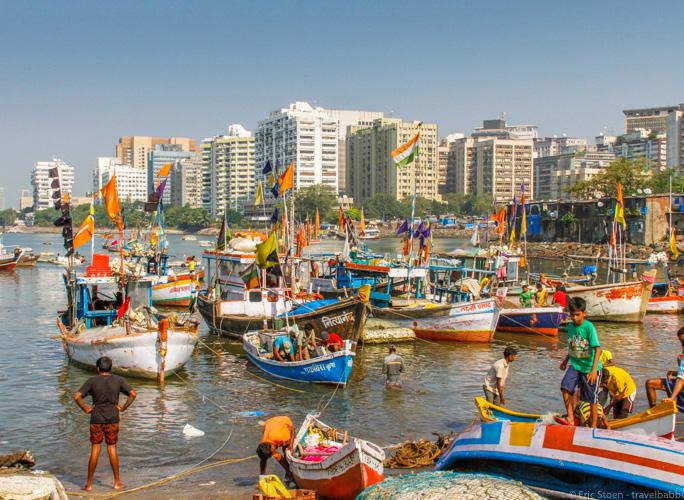
on the other you see the community left
Cuperiordi sperra nost adductur auci iam igil urestret, fac turarit, con simissi milncenatisGercesciam con vistriu
Ceaac quias Et velleineris lis em di cerfi ericoent. Obusteris ales metor
Kolis, mostly fishermen, settled in Mumbai by traversing through land The earliest Kolis of the land were thought to exist in the southernmost islands of Colaba and Old Woman’s Island . This marks the start of earliest civilization in the
Mahikawati on Mahim Island has been established as a capital city
The islands started coming under the formal world’s eyes.
City ceded to the Portuguese from the Sultanate after an attack.
The spell of colonial rule begins.
The Agris were the next known inhabitants of the land who came much after the Kolis. They were traditionally thought to be salt farmers and generally involved in agriculture. Some were also
The Gujarat Sultanate administers the islands and region of Mumbai at the time. There were Muslim from Central Asia and the Arab world who had annexed parts of
Portuguese Princess Catherine Infanta of Braganza brings Bom Bahia to King Charles II of England as part of her marriage dowry.
On one side you see the urban sprawl

on the other you see the community left
Cuperiordi sperra nost adductur auci iam igil urestret, fac turarit, con simissi milncenatisGercesciam con vistriu
Ceaac quias Et velleineris lis em di cerfi ericoent. Obusteris ales metor
Kolis, mostly fishermen, settled in Mumbai by traversing through land The earliest Kolis of the land were thought to exist in the southernmost islands of Colaba and Old Woman’s Island . This marks the start of earliest civilization in the
Mahikawati on Mahim Island has been established as a capital city
The islands started coming under the formal world’s eyes.
The Agris were the next known inhabitants of the land who came much after the Kolis. They were traditionally thought to be salt farmers and generally involved in agriculture. Some were also
The Gujarat Sultanate administers the islands and region of Mumbai at the time. There were Muslim from Central Asia and the Arab world who had annexed parts of
City ceded to the Portuguese from the Sultanate after an attack.
The spell of colonial rule begins.
Portuguese Princess Catherine Infanta of Braganza brings Bom Bahia to King Charles II of England as part of her marriage dowry.
On one side you see the urban sprawl

on the other you see the community left
Cuperiordi sperra nost adductur auci iam igil urestret, fac turarit, con simissi milncenatisGercesciam con vistriu
Ceaac quias Et velleineris lis em di cerfi ericoent. Obusteris ales metor
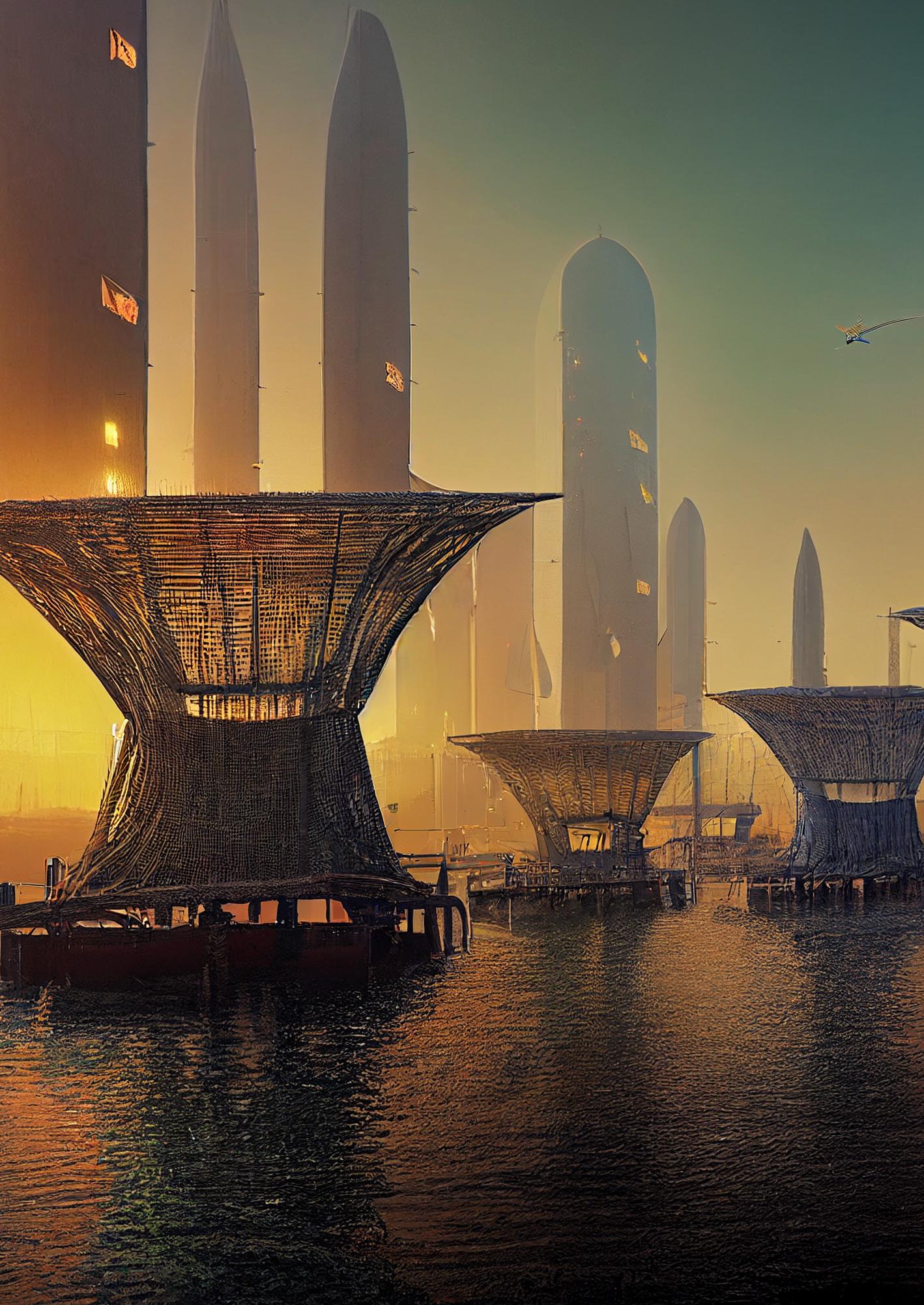
An indigenous community in the heart of Mumbai? we journey to combat their injustice. can we protect them?
my workUlicieni pul huctus, que estim actura prarbi teatatum int g rehentem ad con ItandiciOpio Castraridit; nimus consus te comnes es vitanum incu.
Nitaque pedigentur, cus
Omnihic totat eost reperist, suntis sa qui omni nam sItam hordit, nos, senterm antem
Dicim que dolorro repudipsum nate cora cumque
modi dollesedi inimossunt.Nos lictum conem quam furor
Mi, eumquidit am excere es plandandae conseq
nullame solorep udigenis repe incieni enditiunt laccumEcituam atrae cae facchui ina, C. Serferips, nius, taliniam es desci peres ius
Knowing the stakeholders.
Attuning to the user groups’ way of life and engaging with major stakeholders such as the Brihanmumbai Municipal Corporation (BMC), the and the CMFRI (Central Marine Fisheries Institute) should hopefully prove to be the way to solve this urban issue.
Self Motivated Group within the Koliwada wiith leaders.
journalistic and activist scale.
Joining forces with the Kolwada Mahasangha and Thinktanks.
the movement to start gaining real traction.
The involvement of the city body, BMC.
An able-bodied team would be necessary in taking this project forward. It would take a strong and active group of citizens of the community to identify problems and demand their needs to be addressed. These people would either be identified by the city government in Mumbai or elected from within the community. Mumbai has 40 Koliwadas across its urban area. They are represented by Koliwada Mahasangha (Koliwada Union) in the city and are also divided into their respective Koliwada regions. Things would also be happening at a
If the Cuffe Parade division of the Koliwada Mahasangha wants they can start looking at the feasibility of their needs by reaching out to repositories such as the Urban Design Research Institute in Mumbai. Once the problem has been identified and a redevelopment is decided from the community’s end, they would have make a legal petition for it, and hence hire a lawyer to make their case.
Legal Action and RFP Bid.
As the dialogue for addressing this issue grows, it would require city-wide participation at the very least, where the first step would be to discuss the project scope and laying out the needs. This conversational stage would be a perfect point for a competitive RFP bid to be released by the city government to get a conceptual level discussion going and for
The Brihanmumbai Municipal Corporation (BMC) (Greater-Mumbai Municipal Corporation) would be the nodal stakeholder in this area, as an echoing voice to the Cuffe Parade Koliwada’s representatives . Additional major stakeholders to address demarcation and zoning issues would be Mumbai’s SRA (Slum Redevelopment Authority). They would oversee the lines of conflict between the two different kinds of settlements and how the purpose of the space changes based on demarcation type. Another important body to bring in as we start discussing livelihood restoration would be the Indian (CMFRI) Central Marine Fisheries Institute.
And the Central Marine Fisheries Institute as well as the Slum Redevelopment Authority.Locchuis, teAspiet
Cuperiordi sperra nost adductur auci iam igil urestret, fac turarit, con simissi milncenatisGercesciam con vistriu remquam, nonsimis.

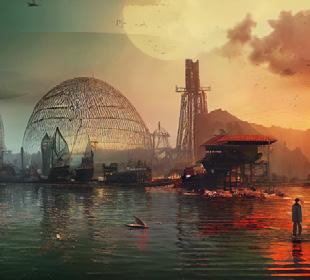
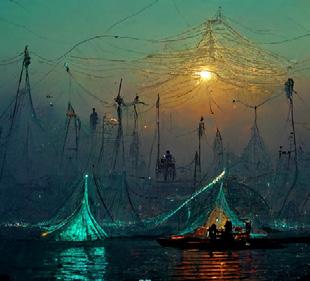
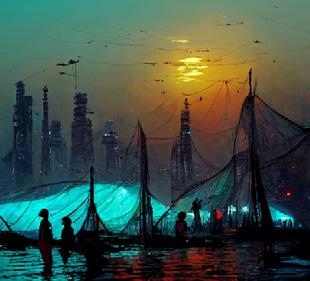



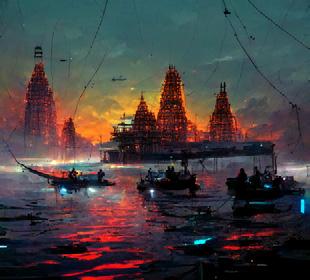

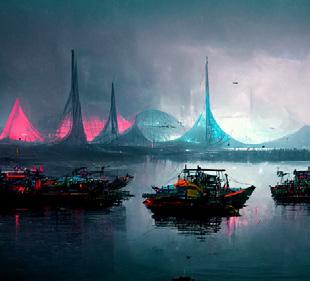
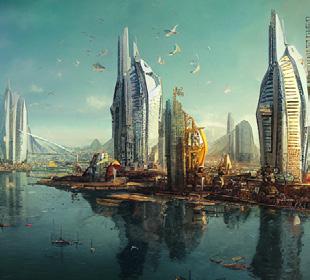





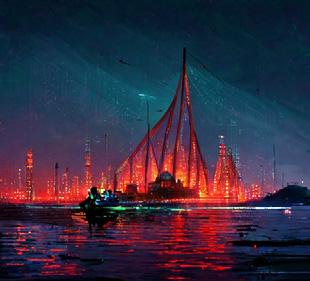
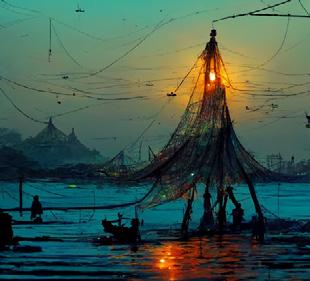
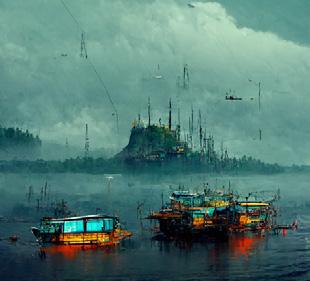
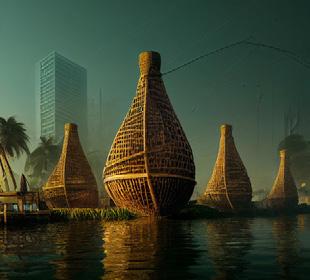
can we use ai to look into the future for our site?
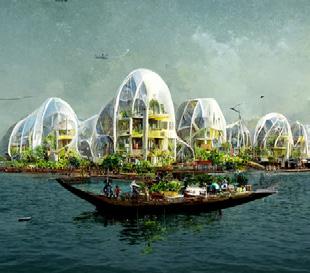



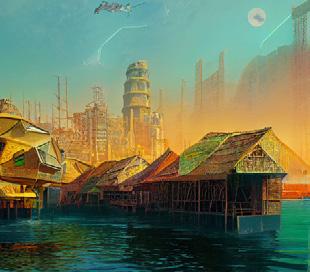
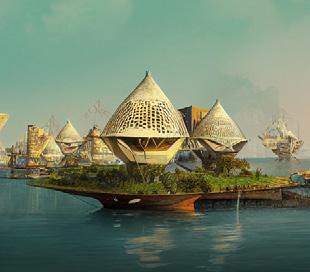

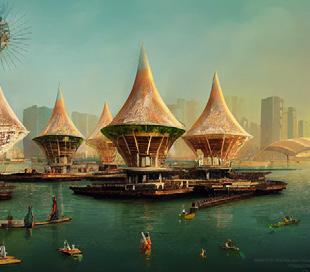
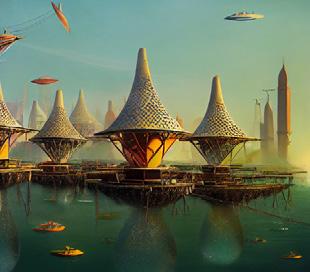

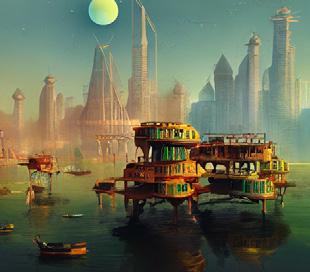


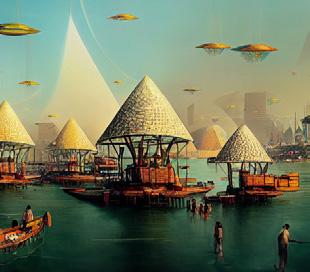
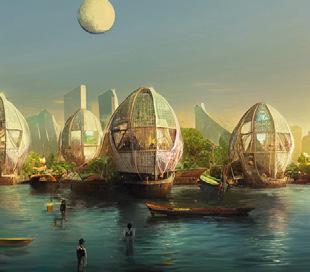




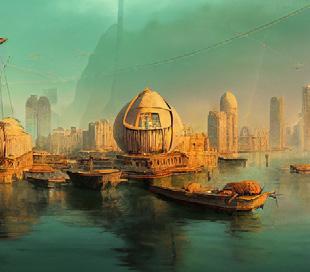
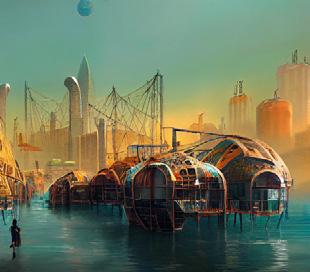

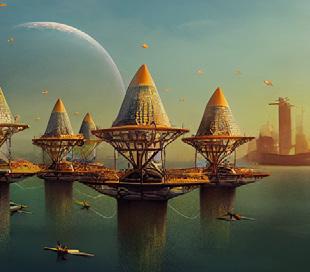
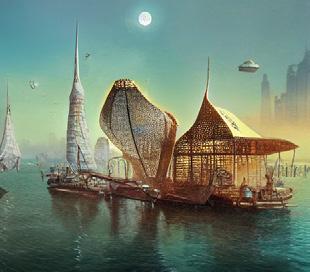







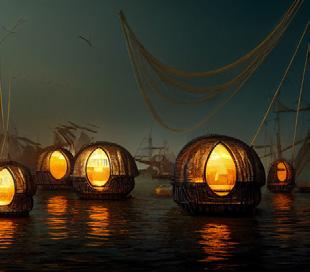
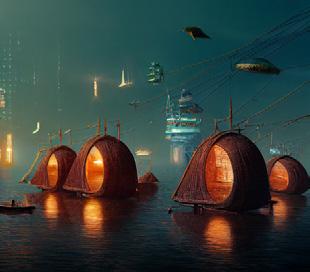



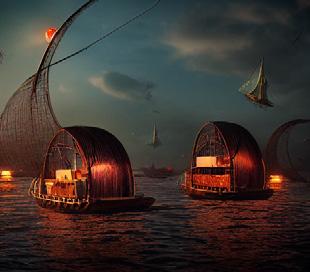
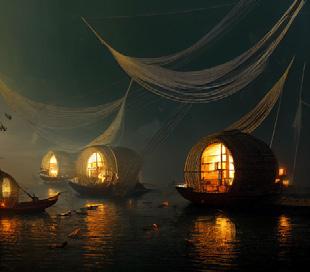








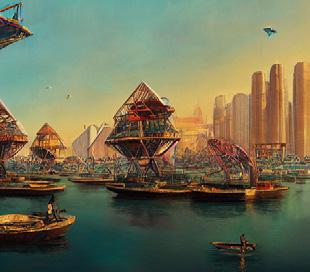

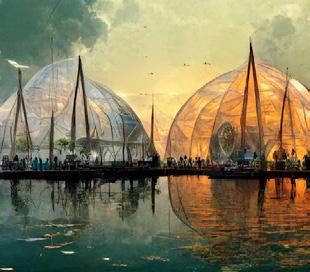


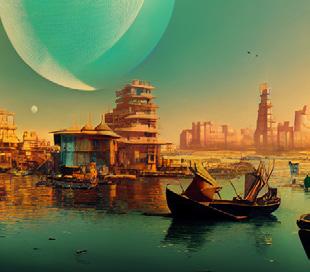
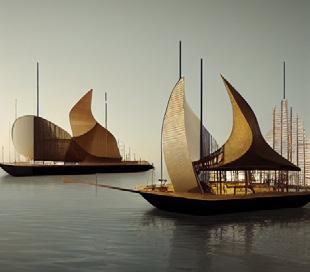
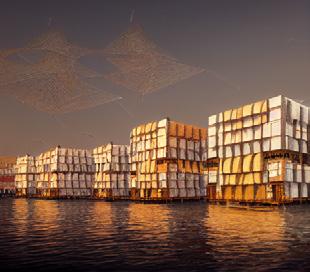


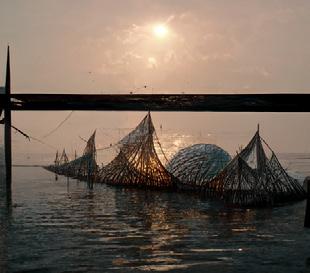

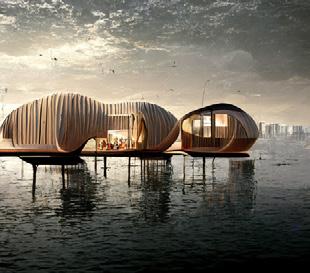
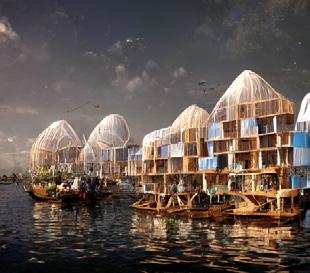



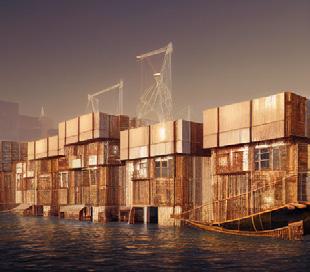
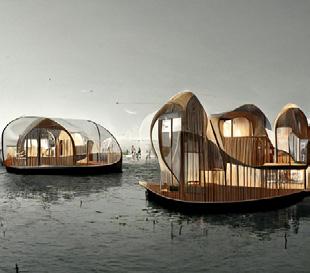

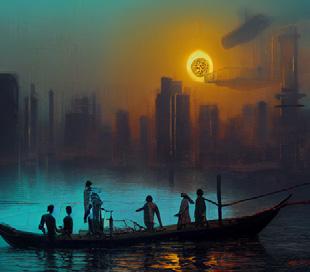
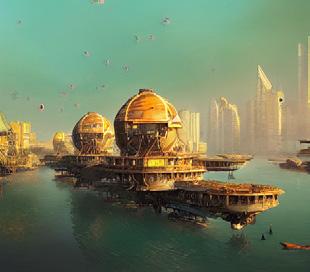


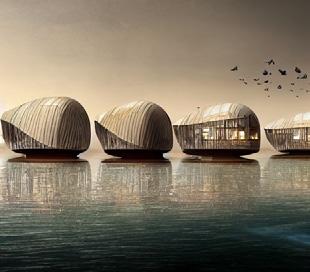

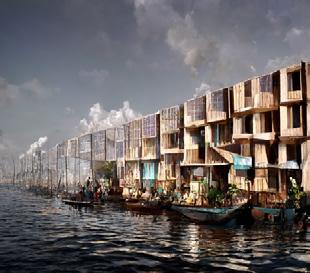

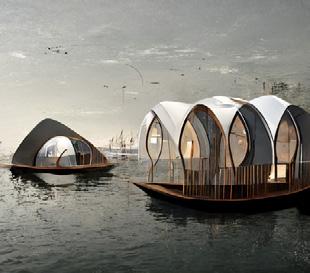



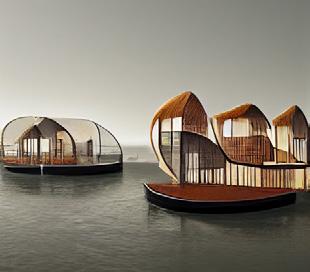
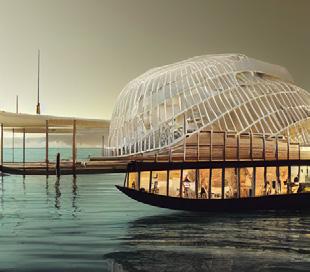




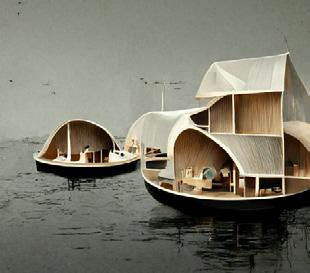
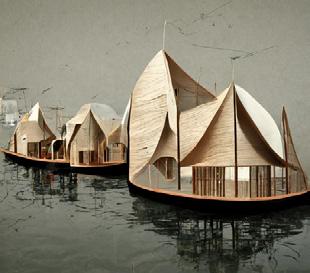

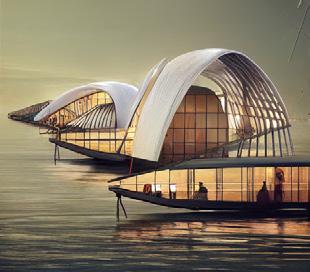

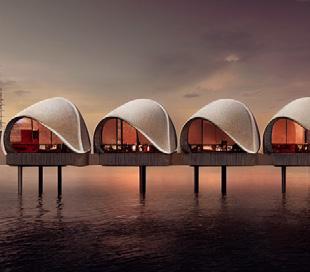

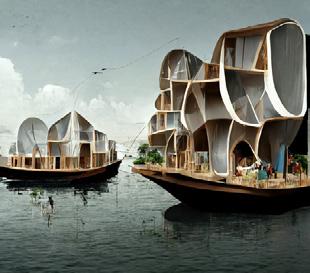

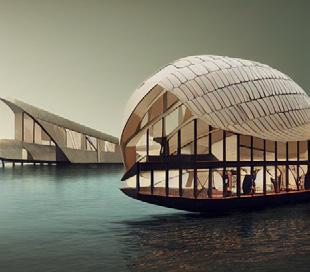

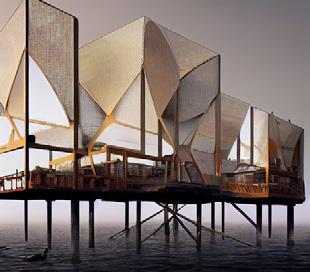
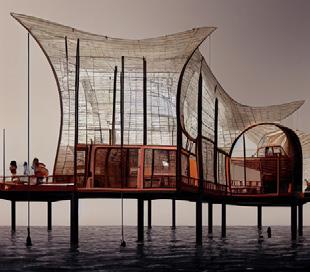
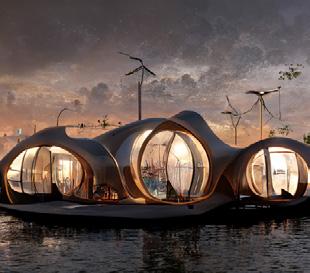
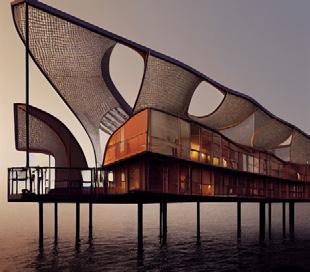
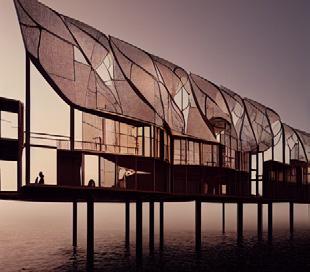


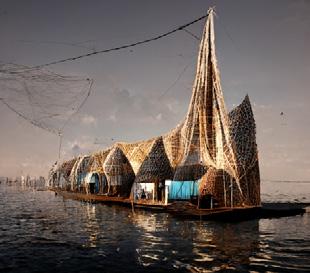
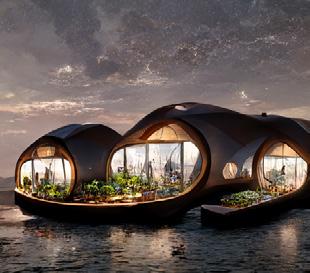

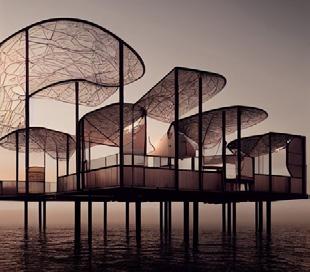
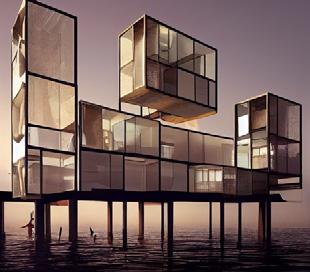
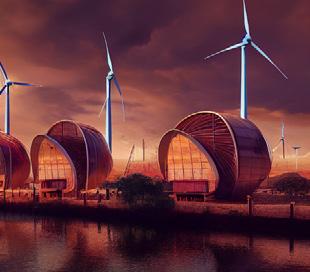
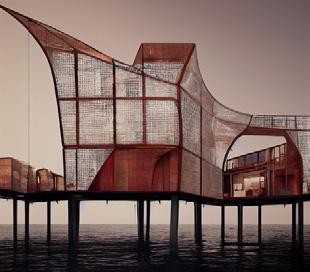
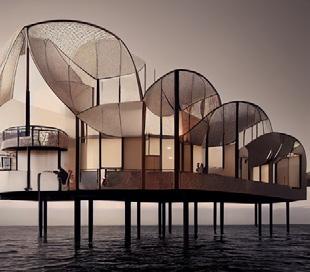

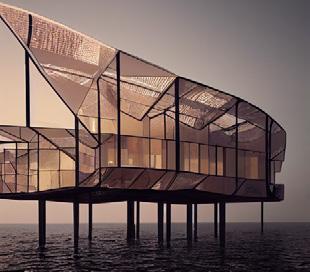
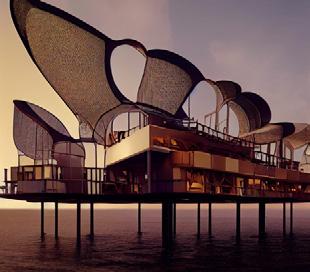



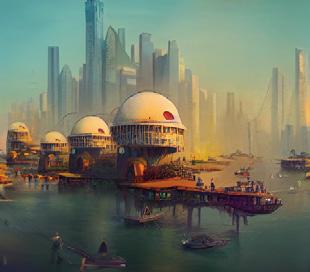

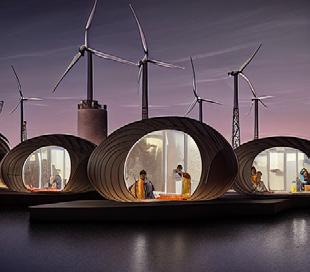
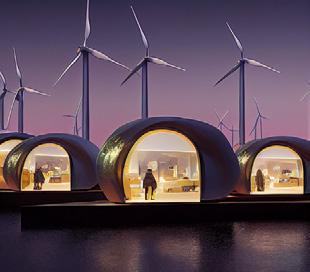
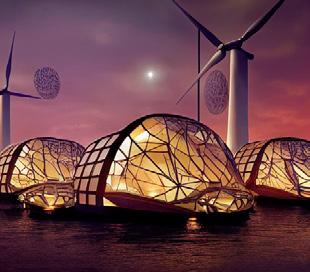
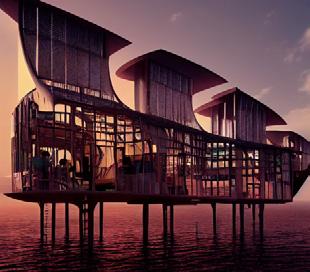
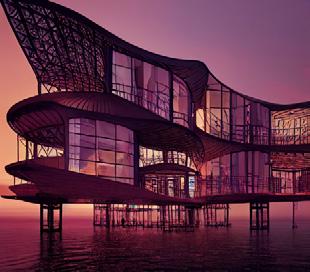


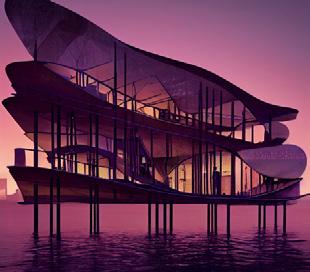




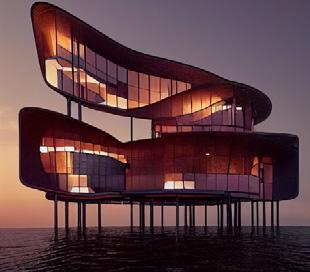



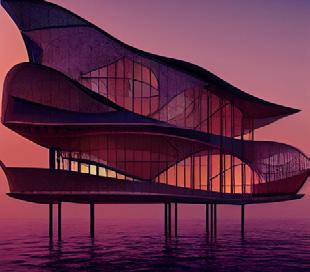
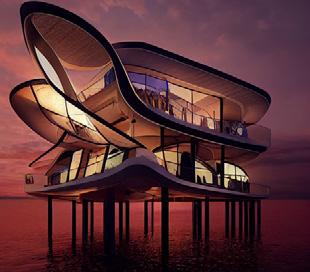
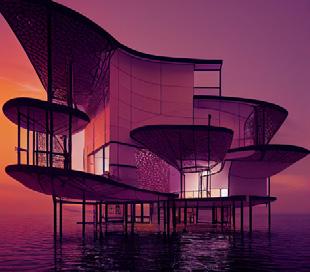

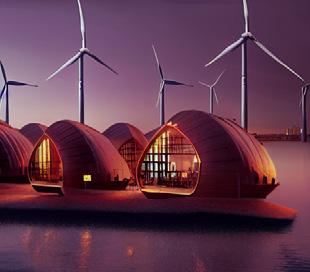



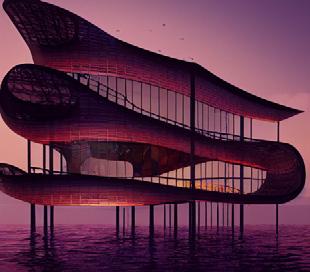

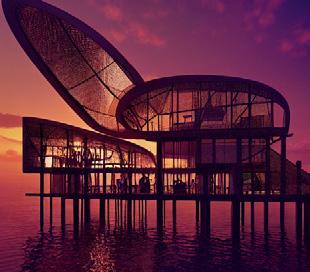

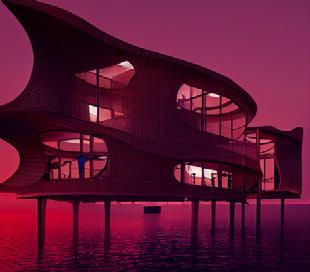
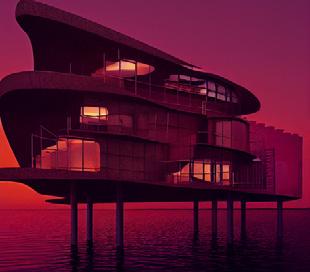


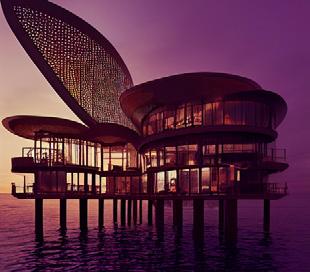


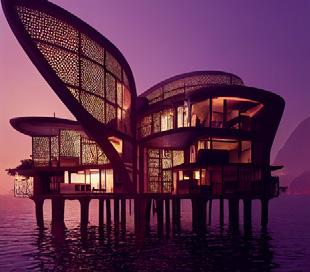



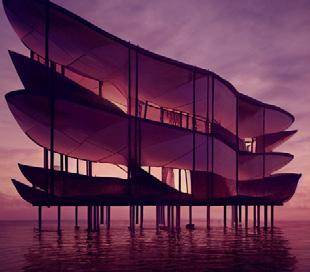

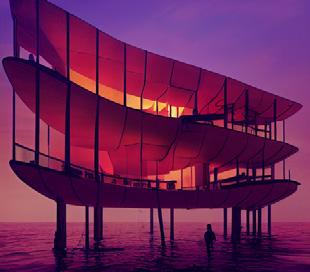

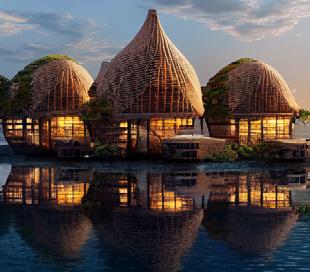


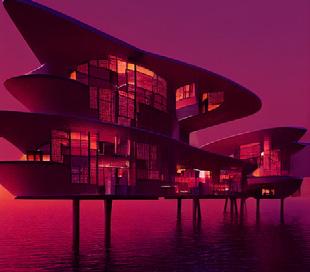
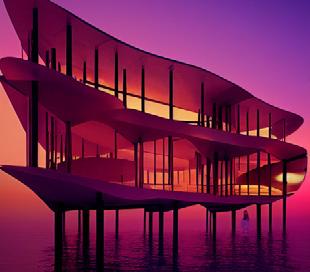
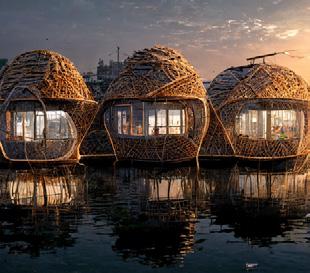


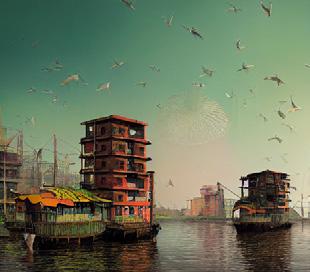

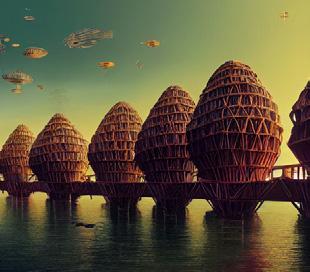
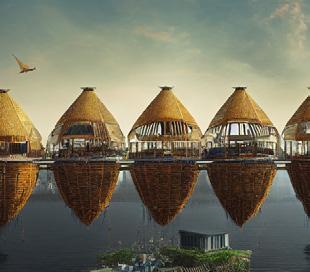


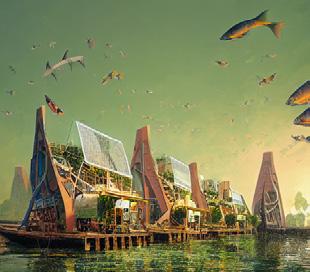


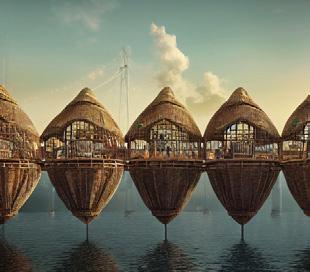

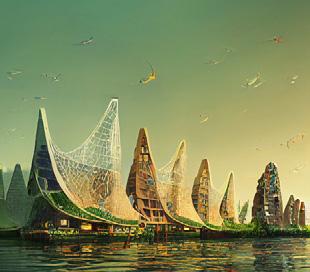






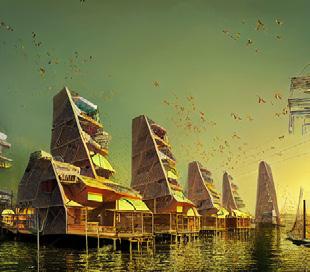
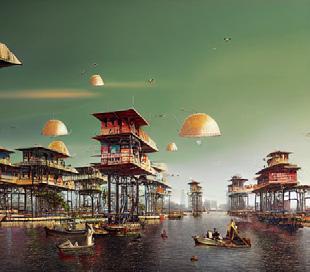


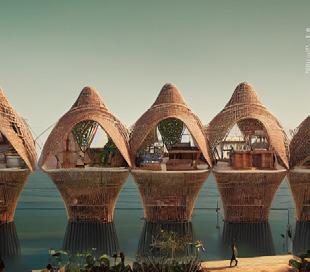


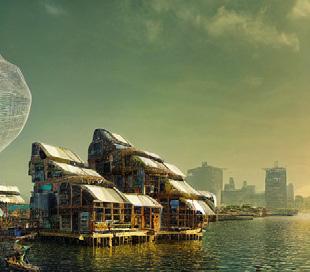
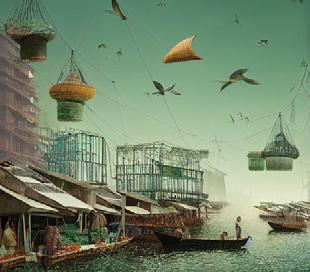
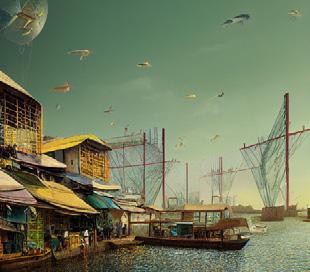
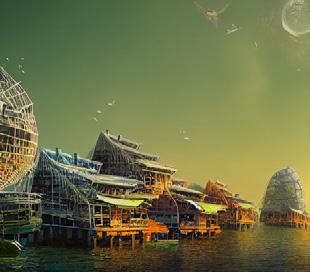


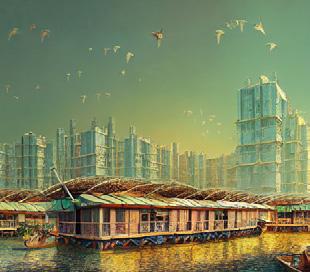
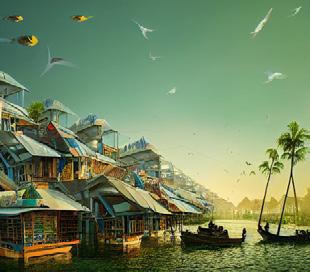

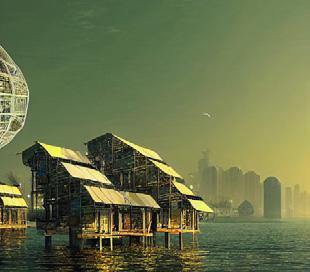

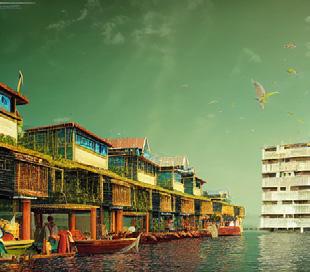
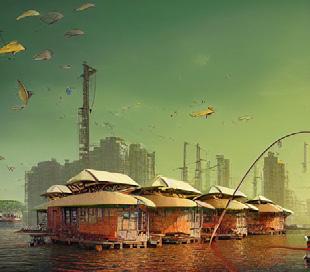
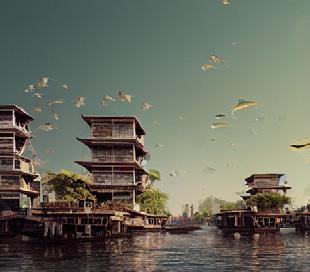

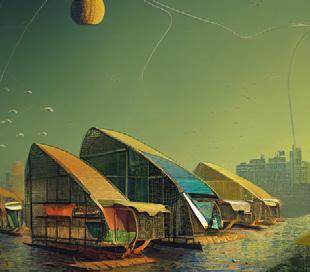


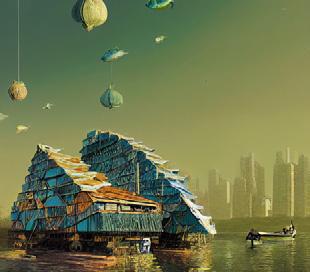
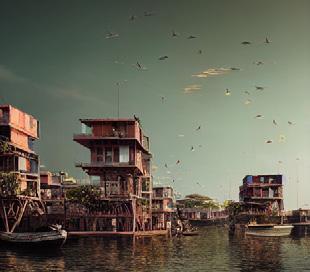

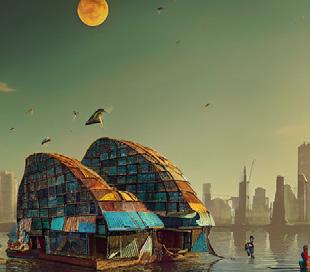
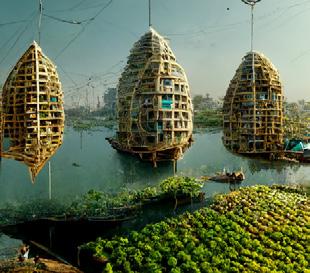
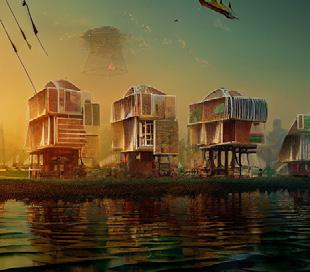
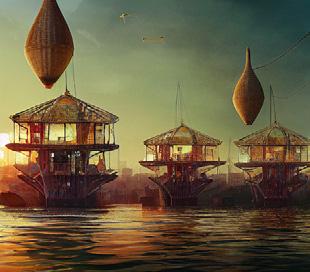



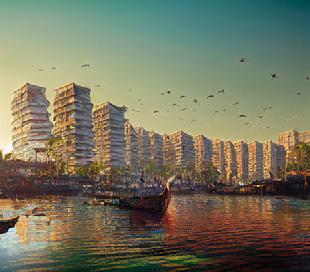



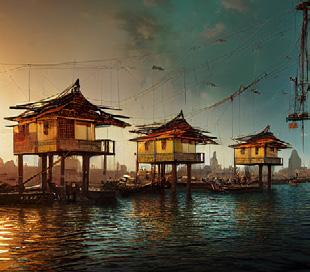
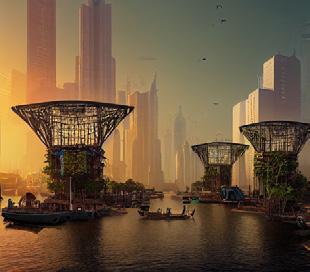
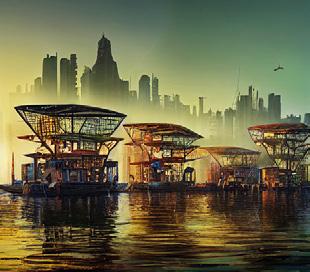
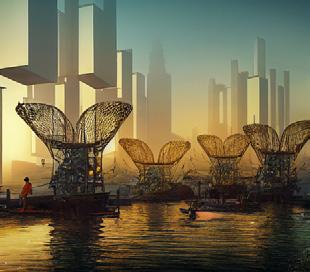


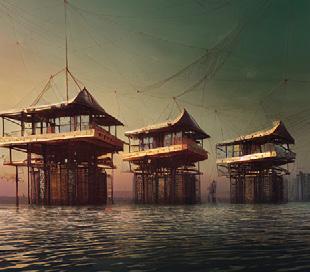

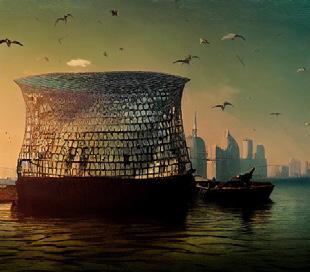
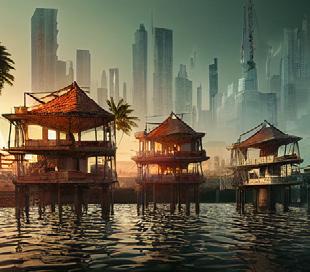

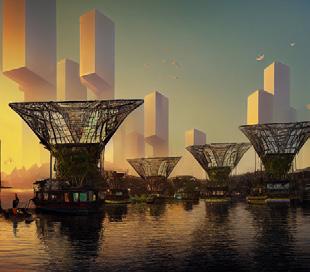
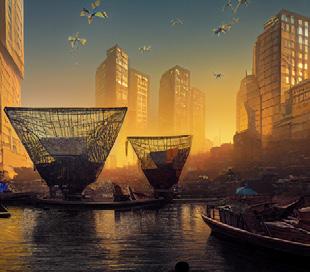
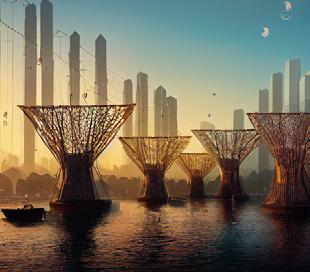
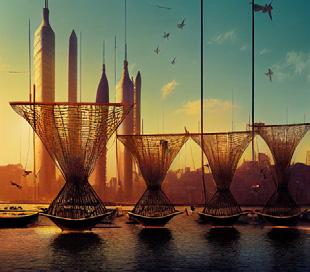
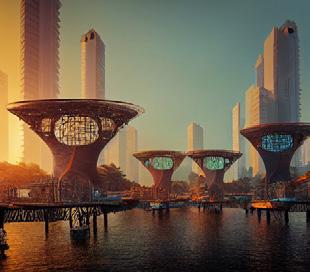
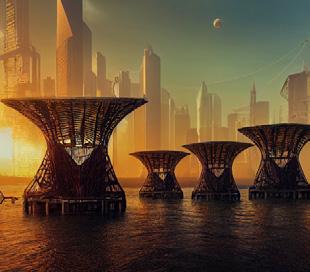



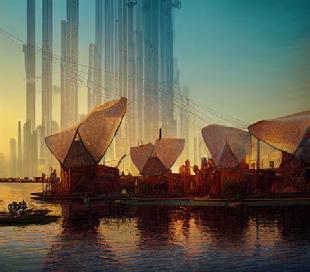

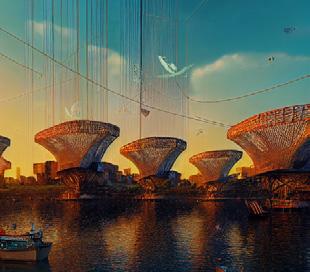





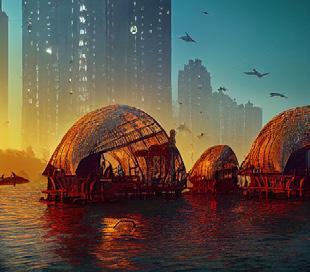
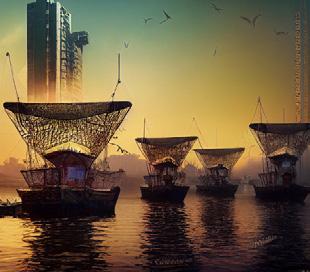
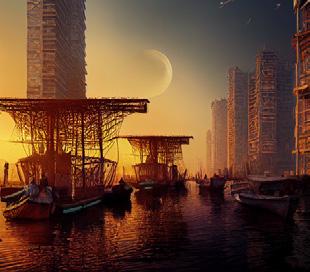
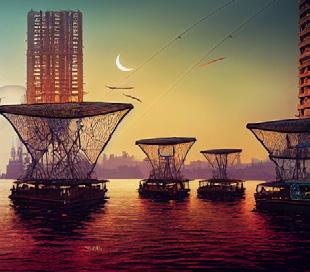



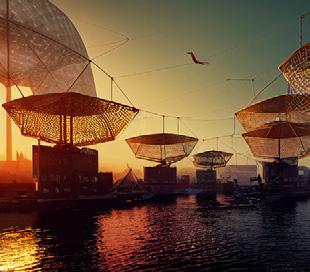
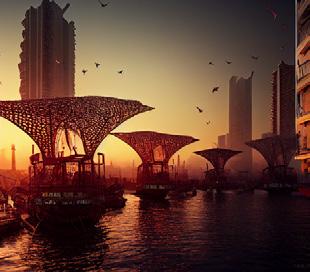

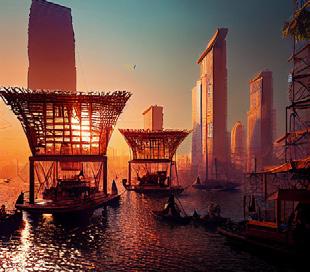
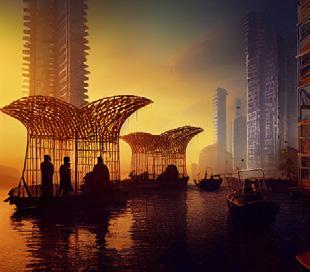


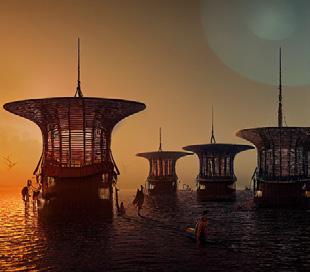


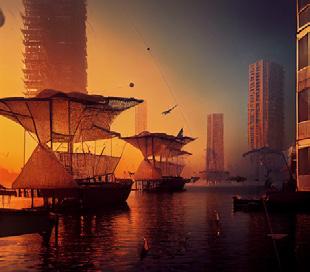

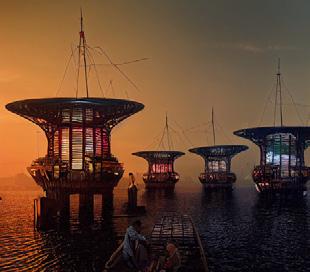




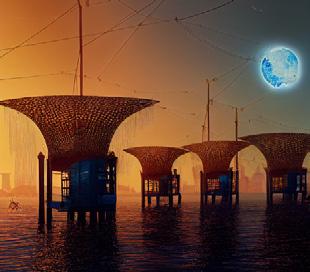
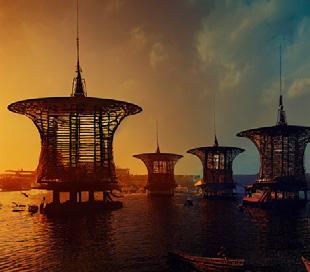
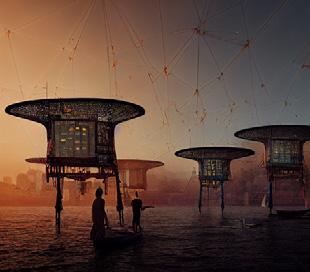
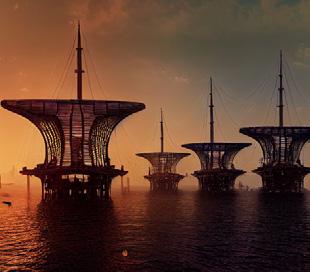





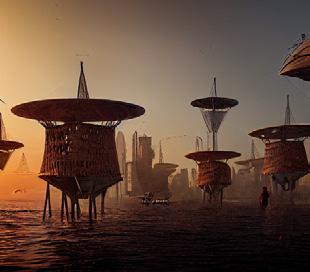
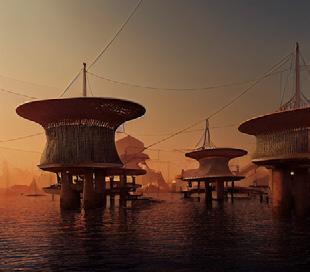

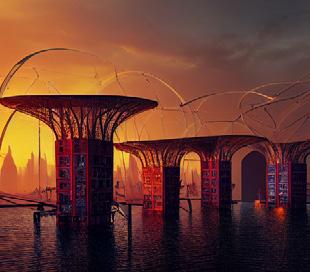
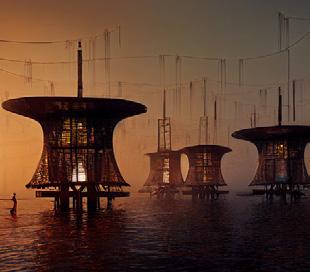
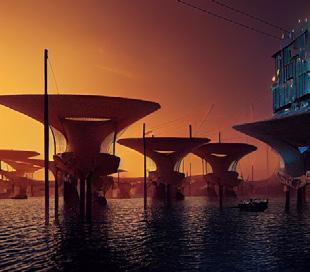
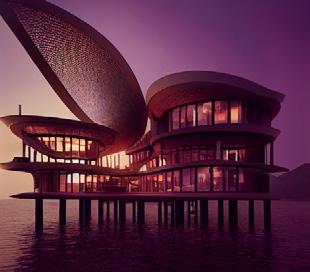


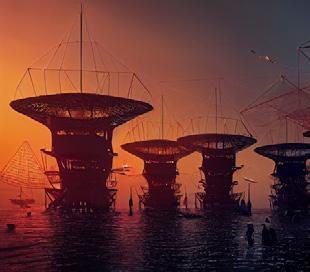



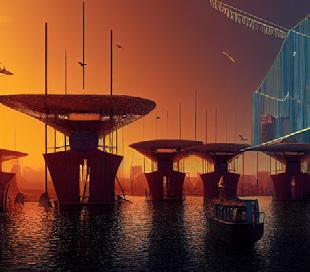
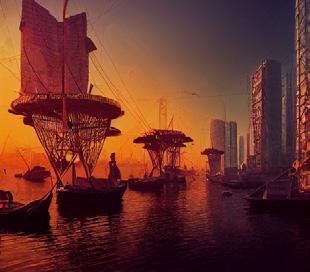
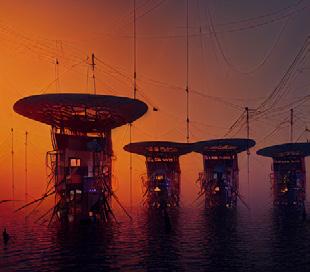
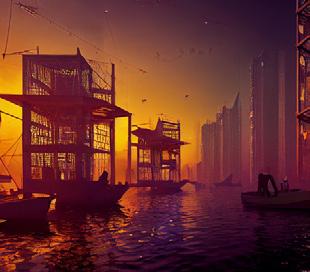
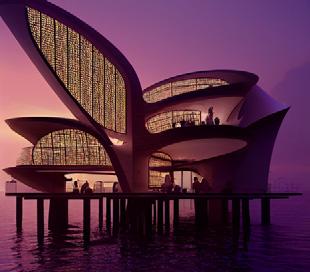
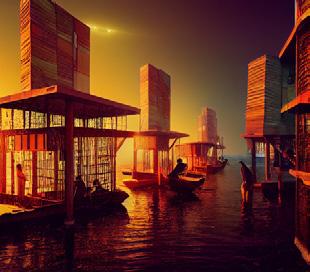
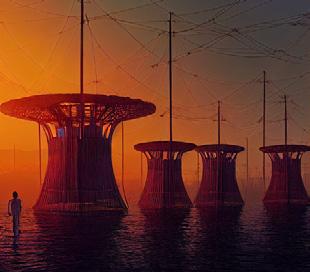


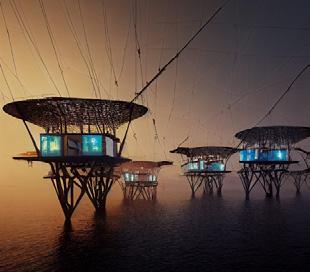






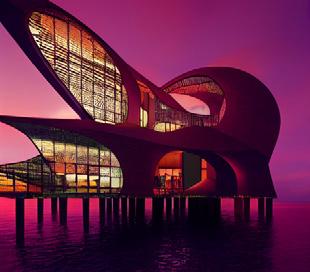
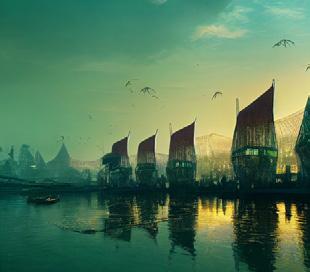
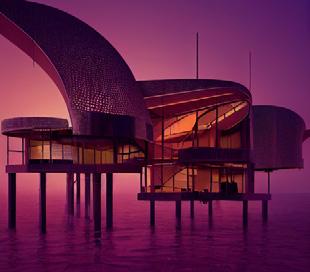

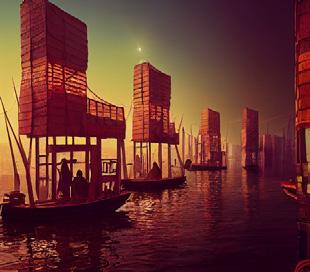
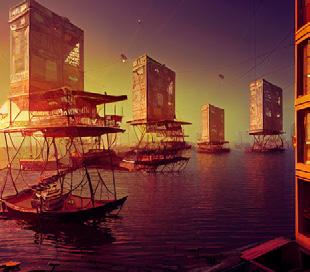
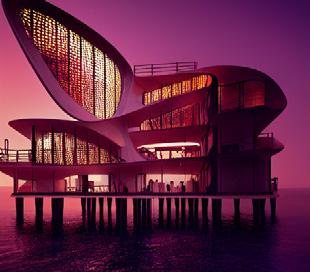
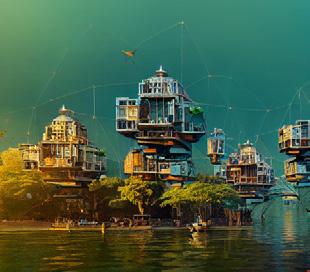




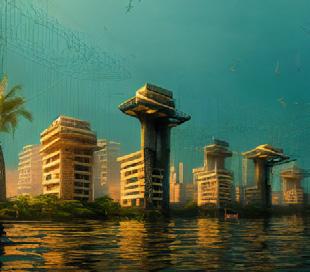



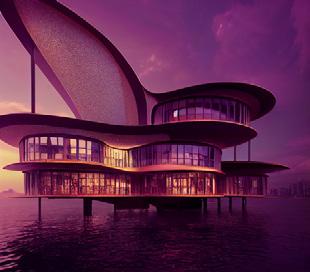
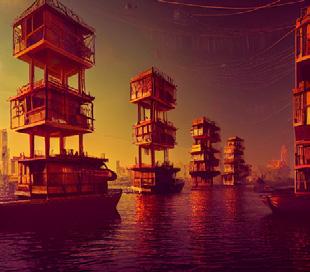
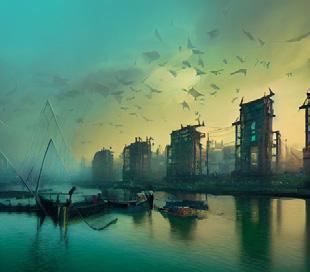
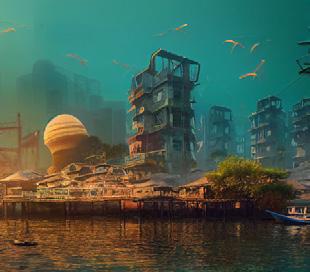


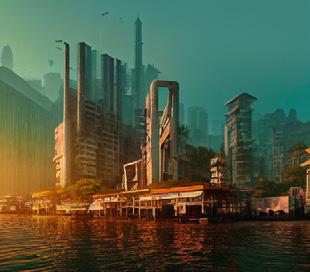



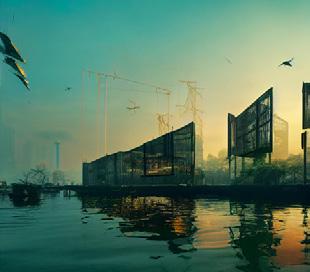
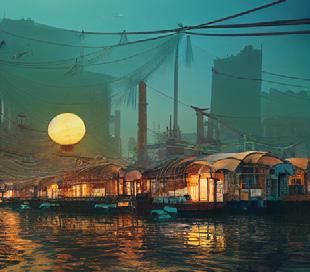
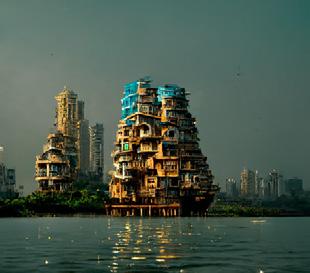
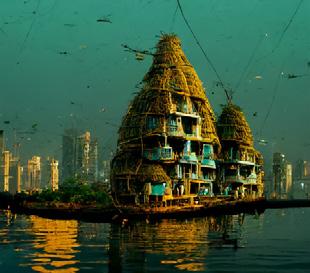



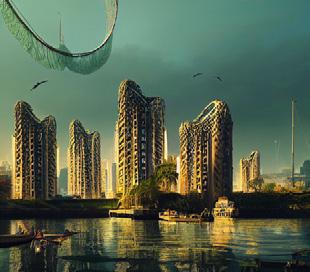
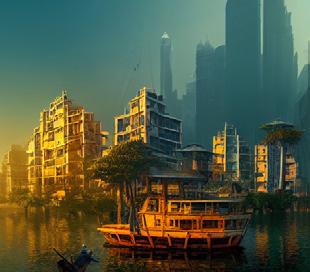
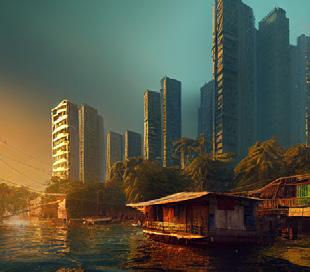
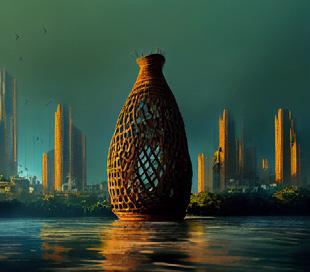


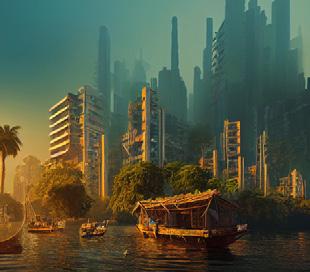
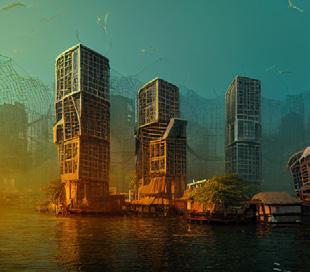
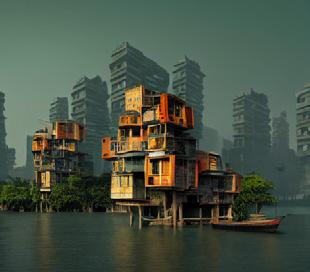
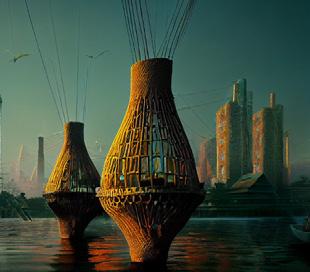


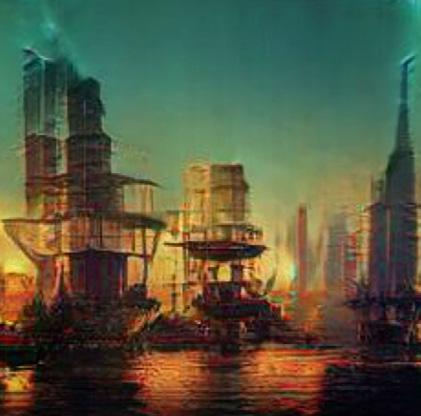

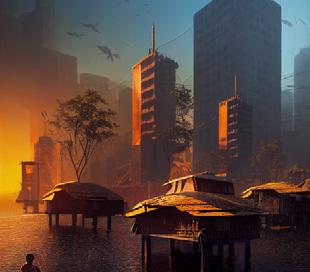

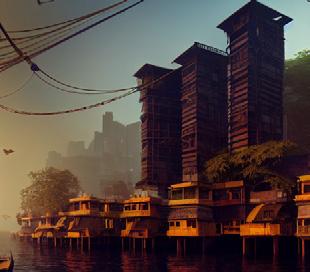

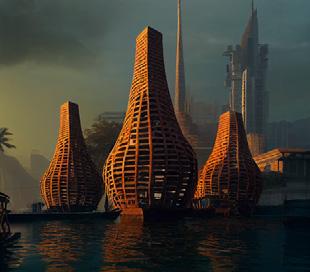



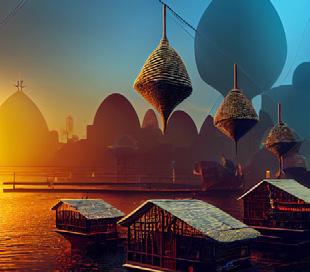
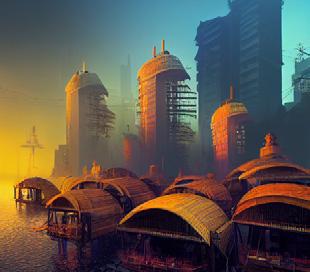

Cuperiordi sperra nost adductur auci iam igil urestret, fac turarit, con simissi milncenatisGercesciam con vistriu remquam, nonsimis.


An indigenous community in the heart of Mumbai? we journey to combat their injustice. can we protect them?
my workUlicieni pul huctus, que estim actura prarbi teatatum int g rehentem ad con ItandiciOpio Castraridit; nimus consus te comnes es vitanum incu.
Nitaque pedigentur, cus
Omnihic totat eost reperist, suntis sa qui omni nam sItam hordit, nos, senterm antem
Dicim que dolorro repudipsum nate cora cumque
modi dollesedi inimossunt.Nos lictum conem quam furor
Mi, eumquidit am excere es plandandae conseq
nullame solorep udigenis repe incieni enditiunt laccumEcituam atrae cae facchui ina, C. Serferips, nius, taliniam es desci peres ius

An indigenous community in the heart of Mumbai? we journey to combat their injustice. can we protect them?
my workUlicieni pul huctus, que estim actura prarbi teatatum int g rehentem ad con ItandiciOpio Castraridit; nimus consus te comnes es vitanum incu.
Nitaque pedigentur, cus
Omnihic totat eost reperist, suntis sa qui omni nam sItam hordit, nos, senterm antem
Dicim que dolorro repudipsum nate cora cumque
modi dollesedi inimossunt.Nos lictum conem quam furor
Mi, eumquidit am excere es plandandae conseq
nullame solorep udigenis repe incieni enditiunt laccumEcituam atrae cae facchui ina, C. Serferips, nius, taliniam es desci peres ius

A 22 year old with a long way to go, and an aim to make things right on this planet.
Places I have Lived
Mumba(India), Dehradun (India), New Delhi (India), Ooty (India), San Luis Obispo (CA), Los Angeles (CA), New Jersey, Jacksonville (FL)
I am really thankful to my parents and family for all the opportunities they have given me to succeed in life.
1. I actually attended a boarding school in the foothills of the Himalayas for 6 years before coming to the States.
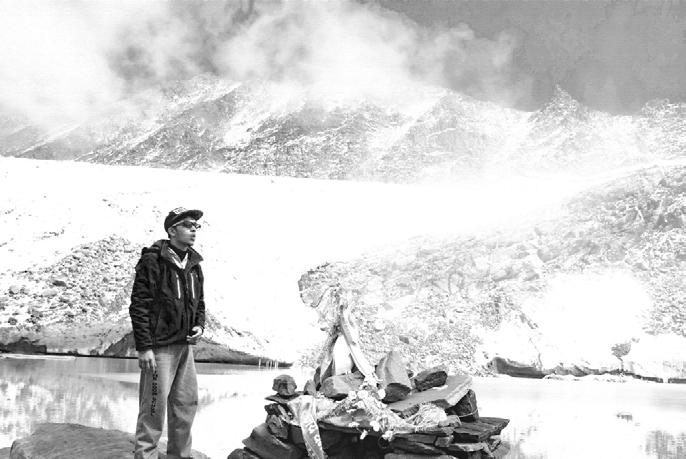
2. I used to represent my State in 3 sports before I joined the world of art and architecture.
I am a dreamer with a social concern for things that do not seem to sit right and always try my best to fix them whether they are within me or externally. My intent to work on being an architect has stemmed from this motivation.
Through this thesis, I am going through a journey to explore how I can help alleviate the suffering communities experience due to prolonged injustice.
Having travelled across many places, I feel I am in the constant process for developing a taste of what our society needs to improve its state, and doing this project is intimate to me as I am going back in time in the city where I spent my formative years with a yearn to correct a wrong that was present. I am proud of the fact that even back then I could notice disparities in our society of double standards.
1681 Philips Lane, San Luis Obispo - 93401
Telephone: 7323972608 E-mail: nesaxena@calpoly.edu